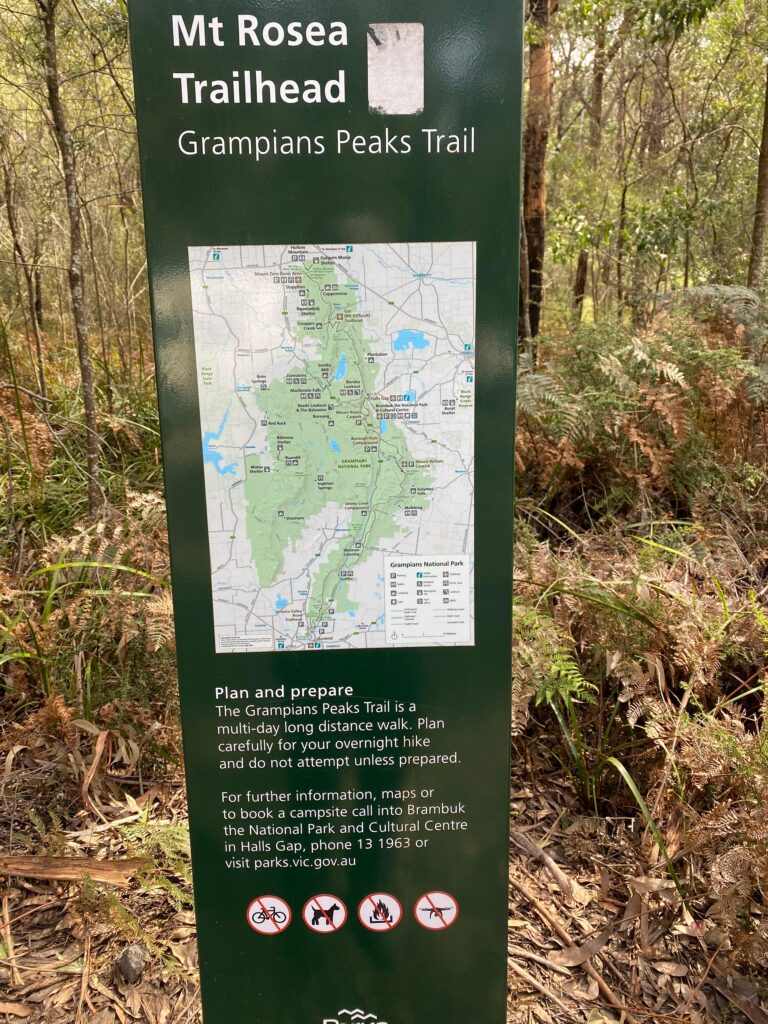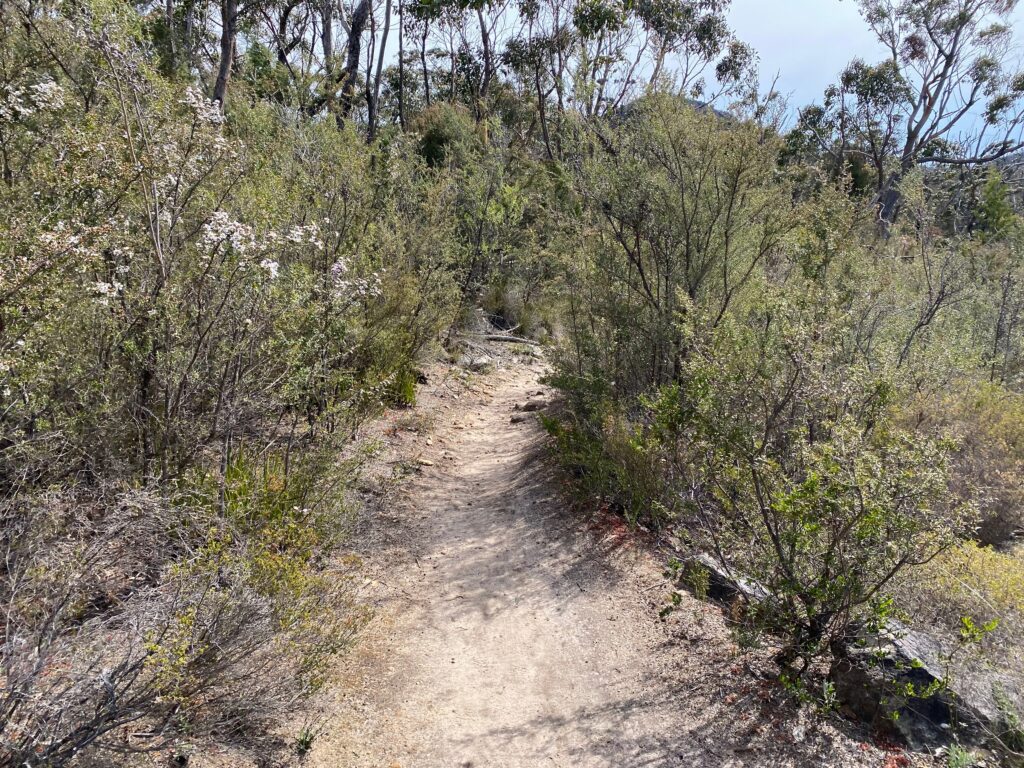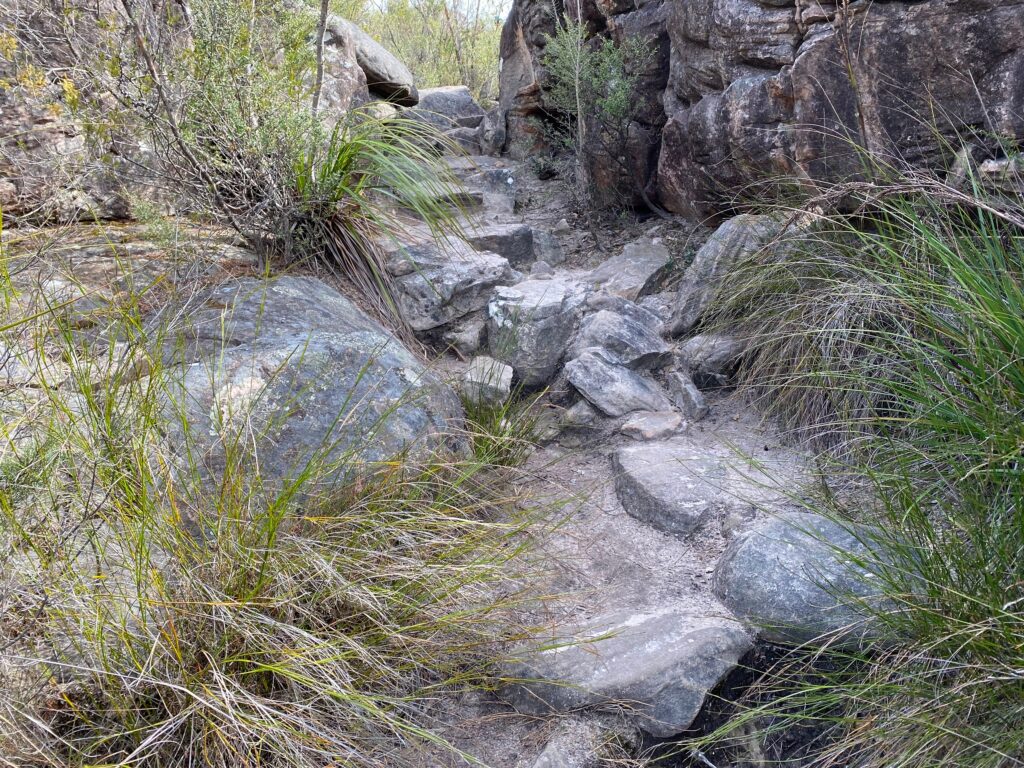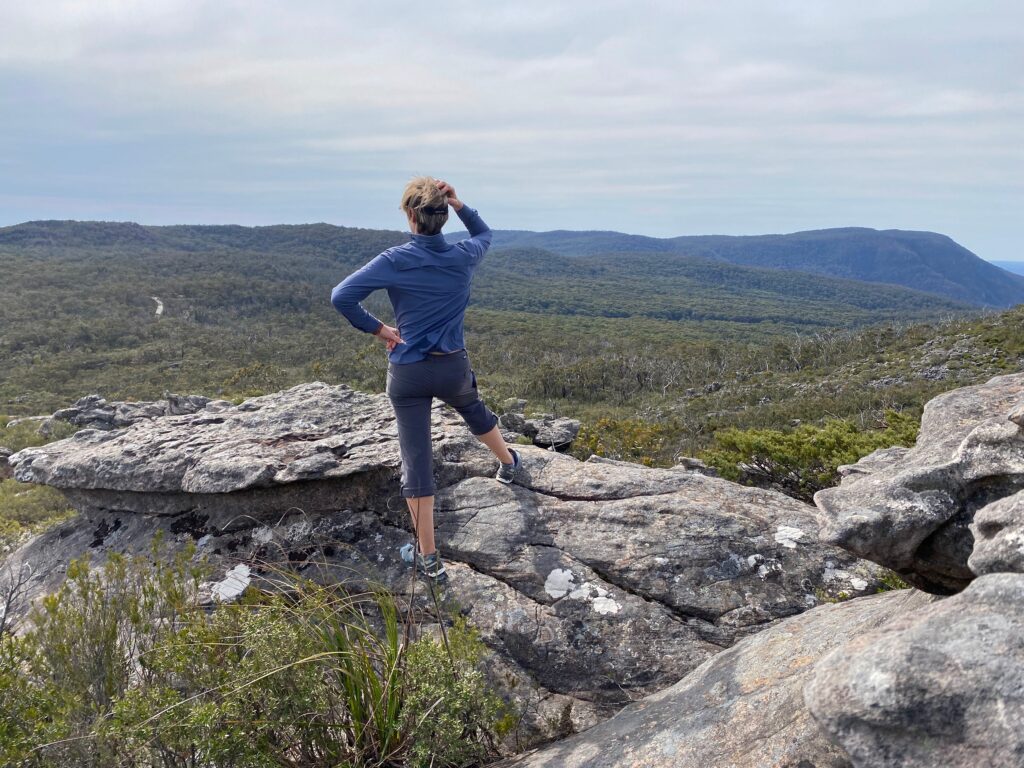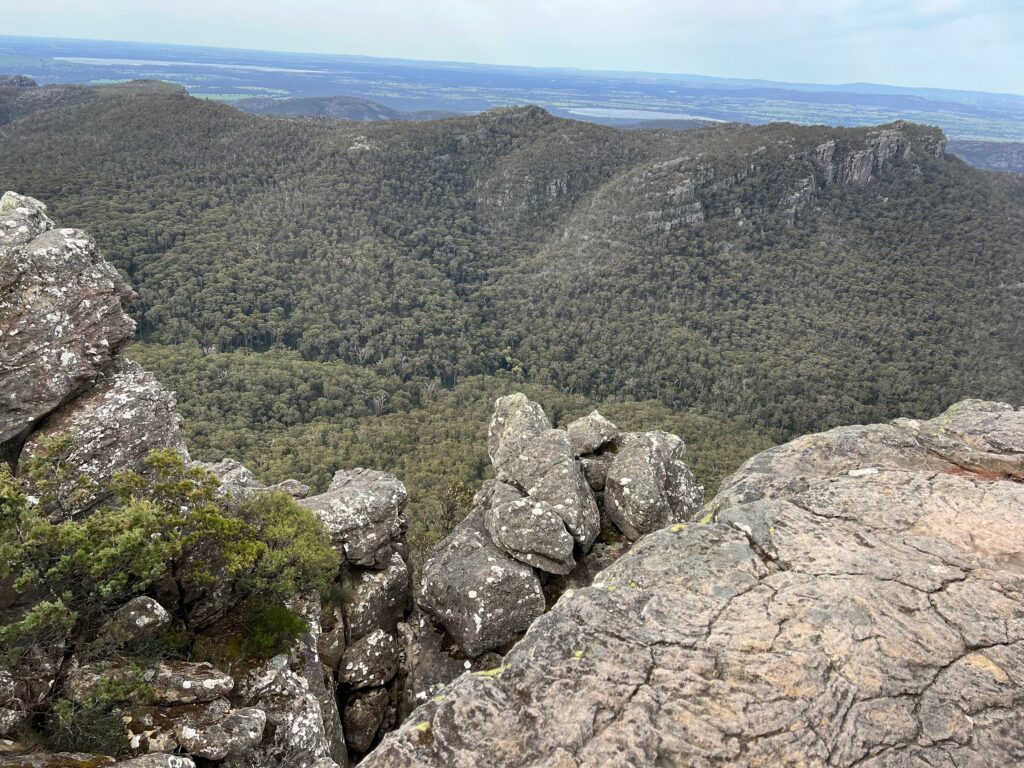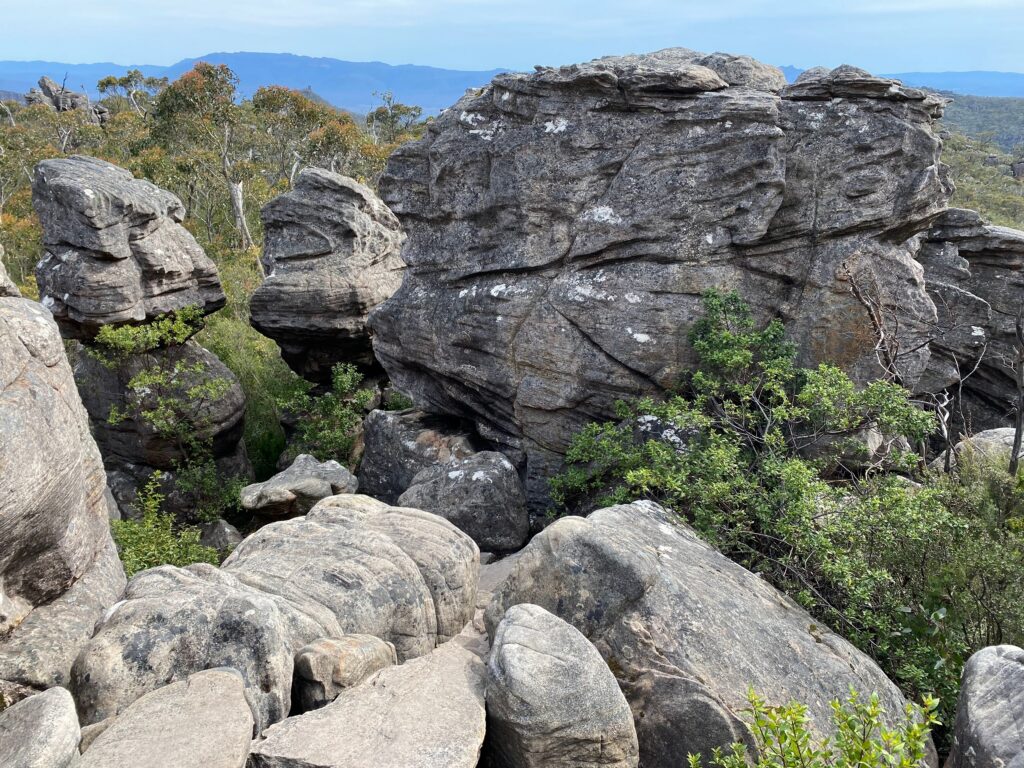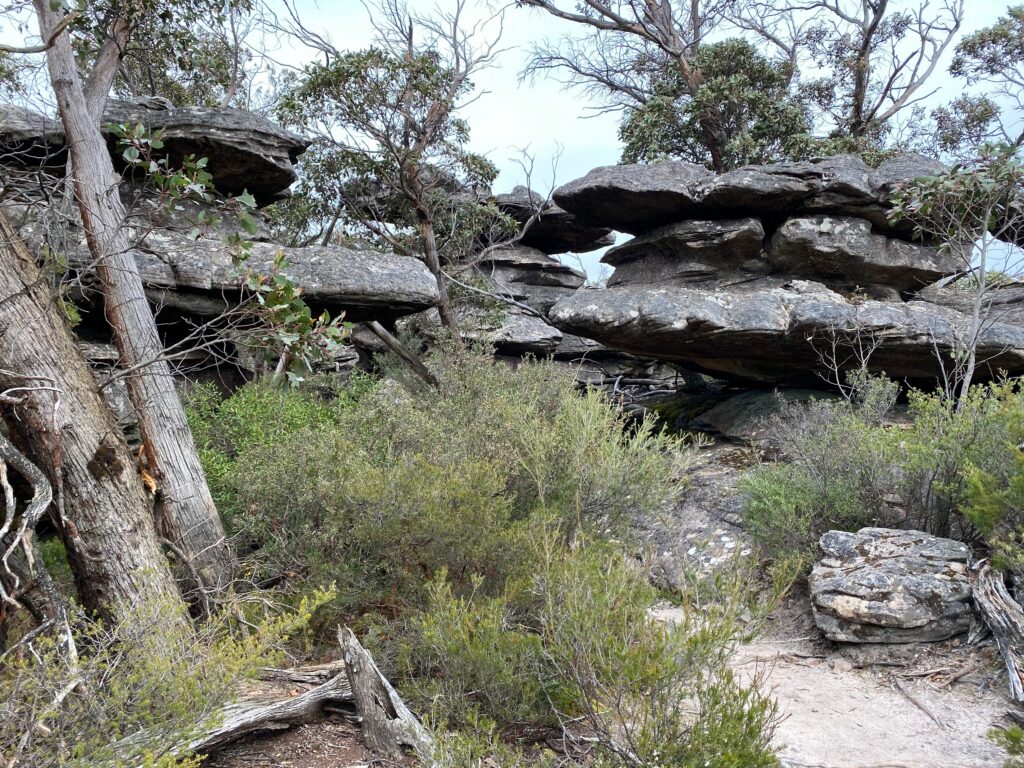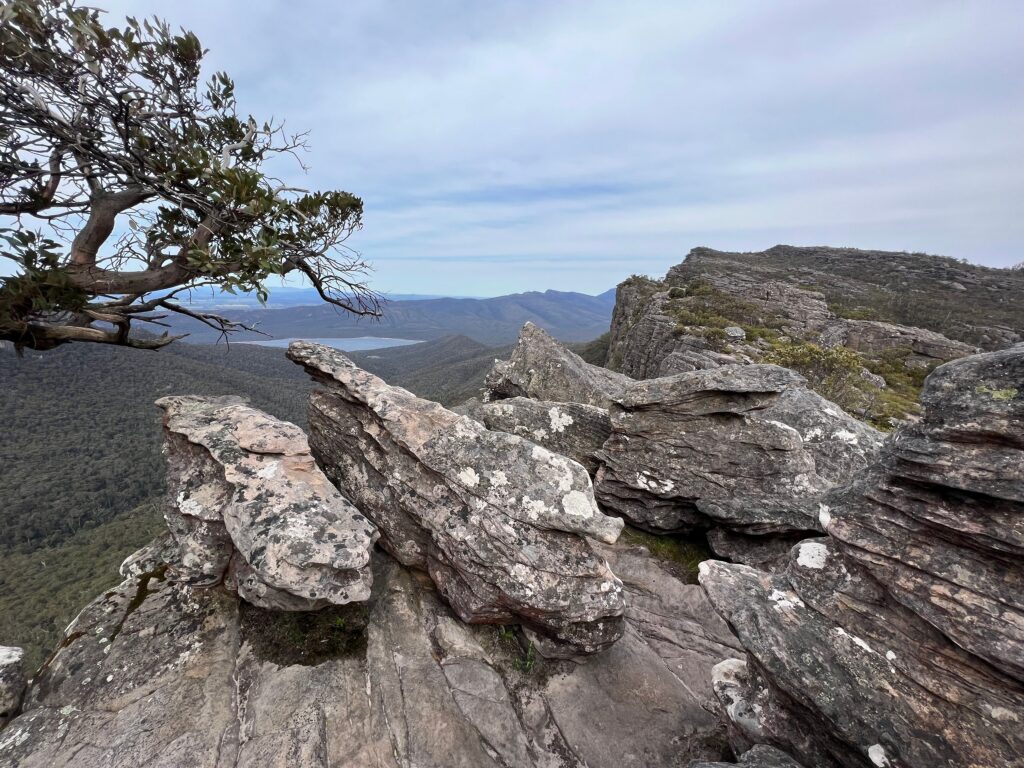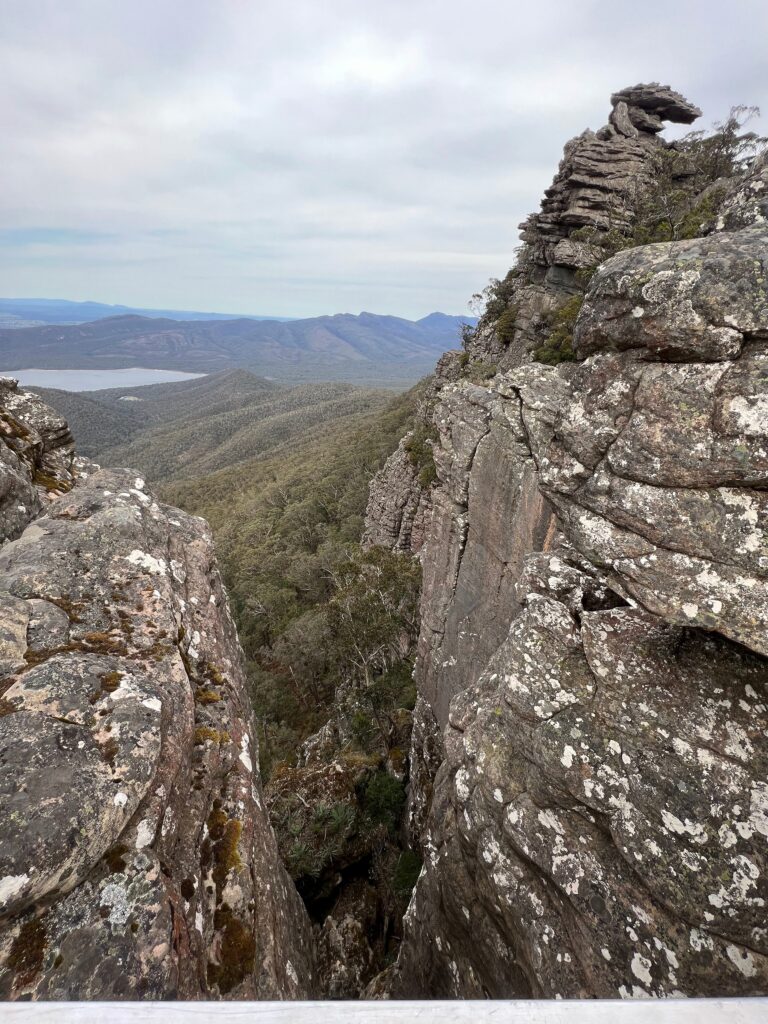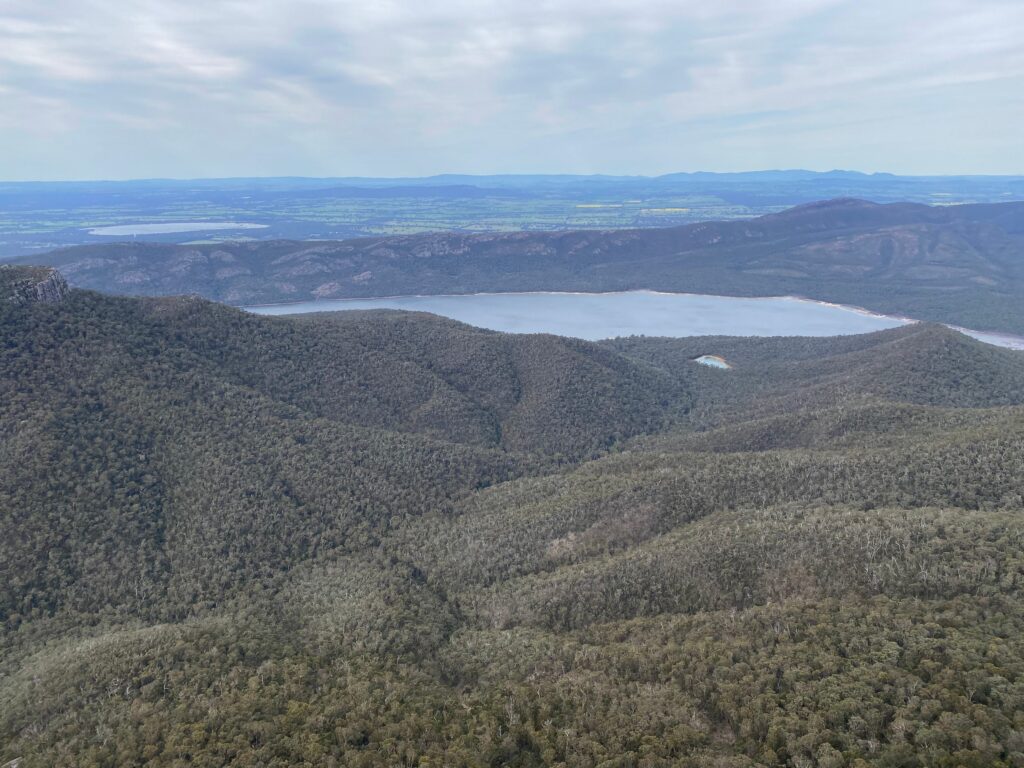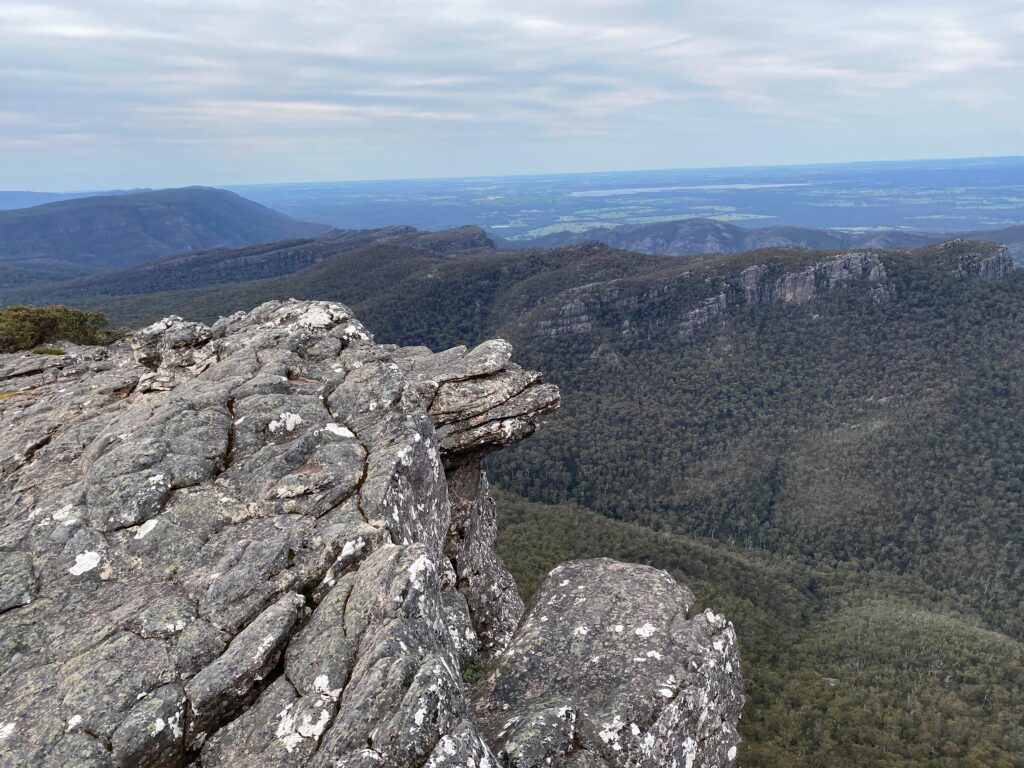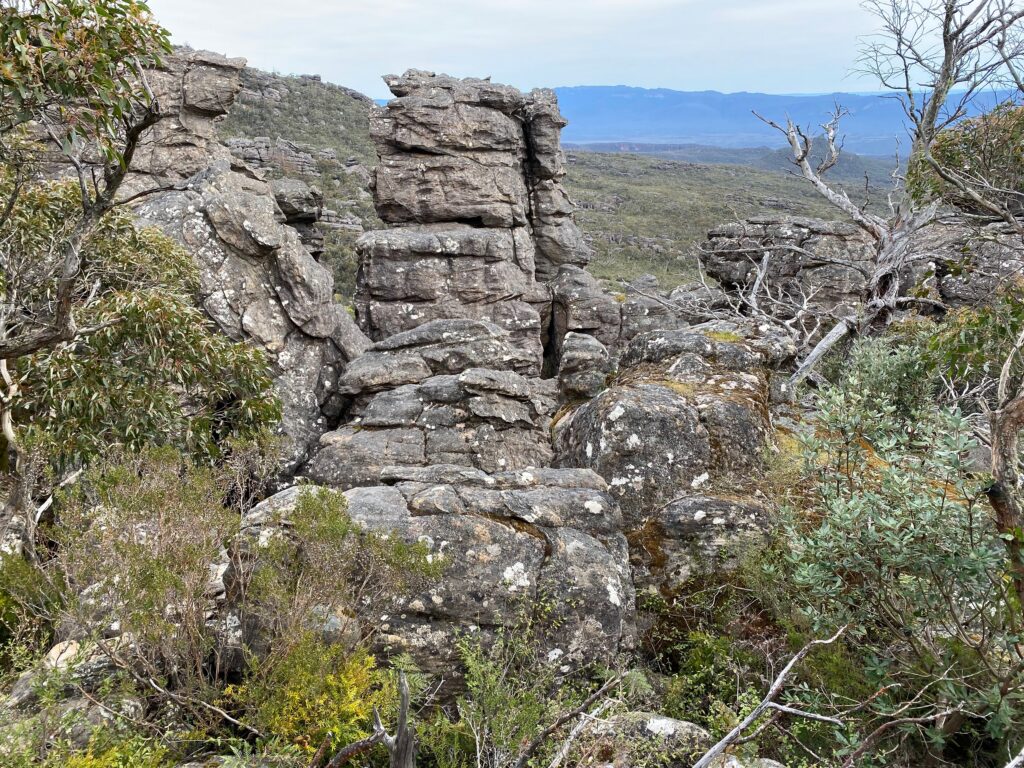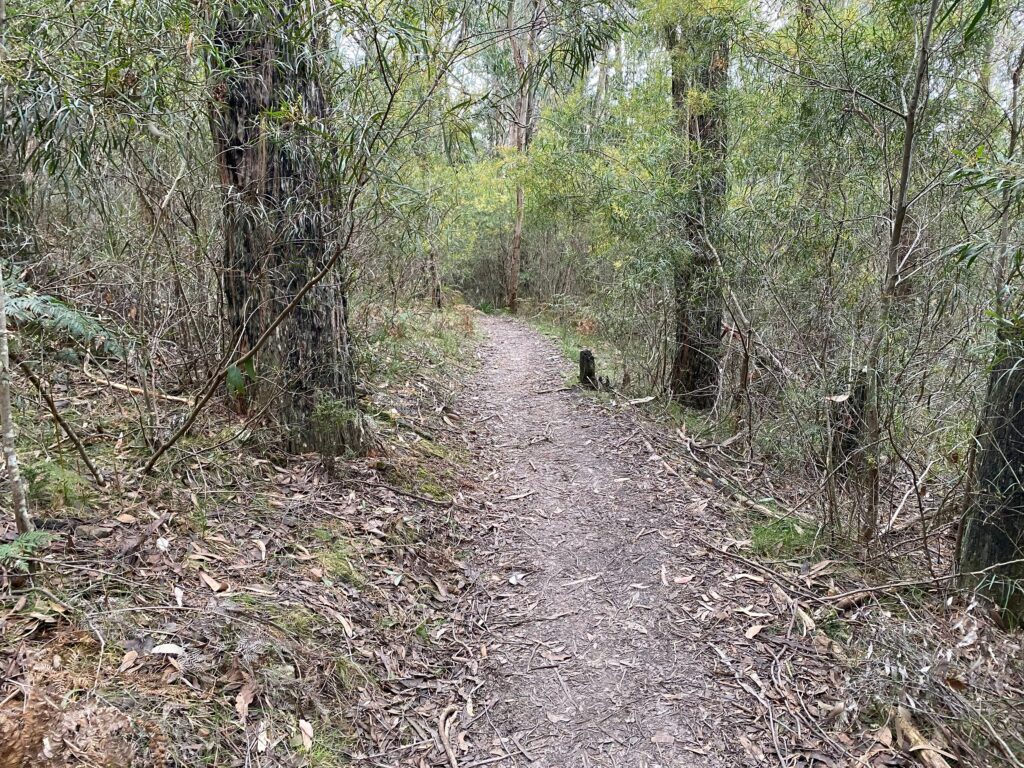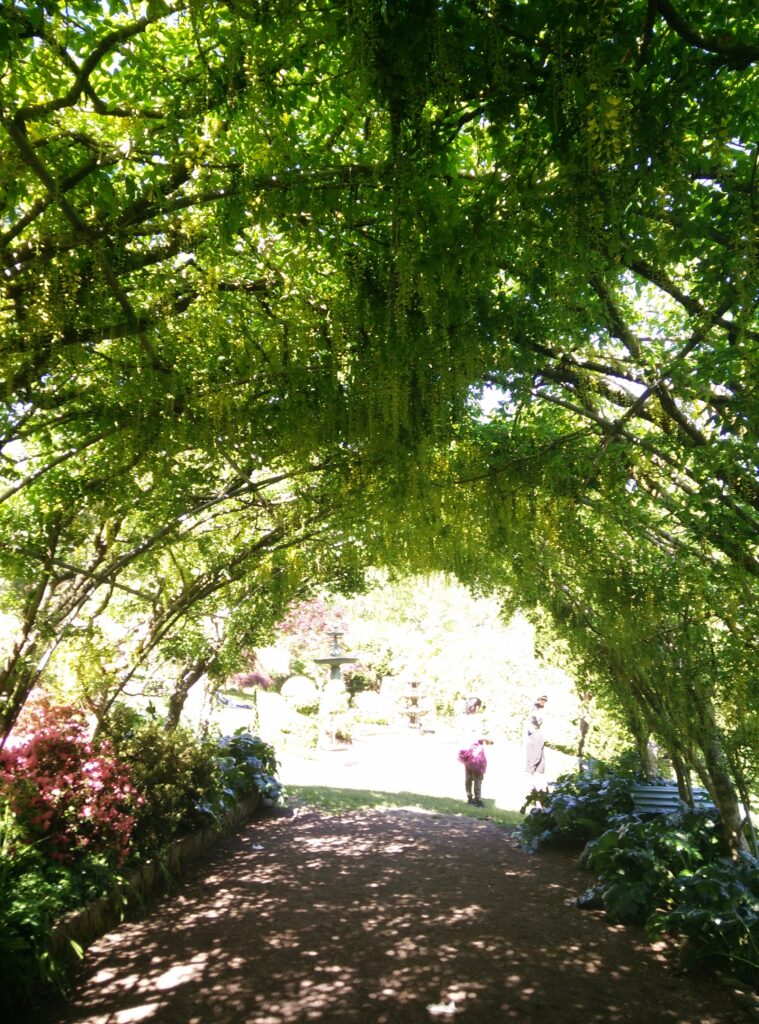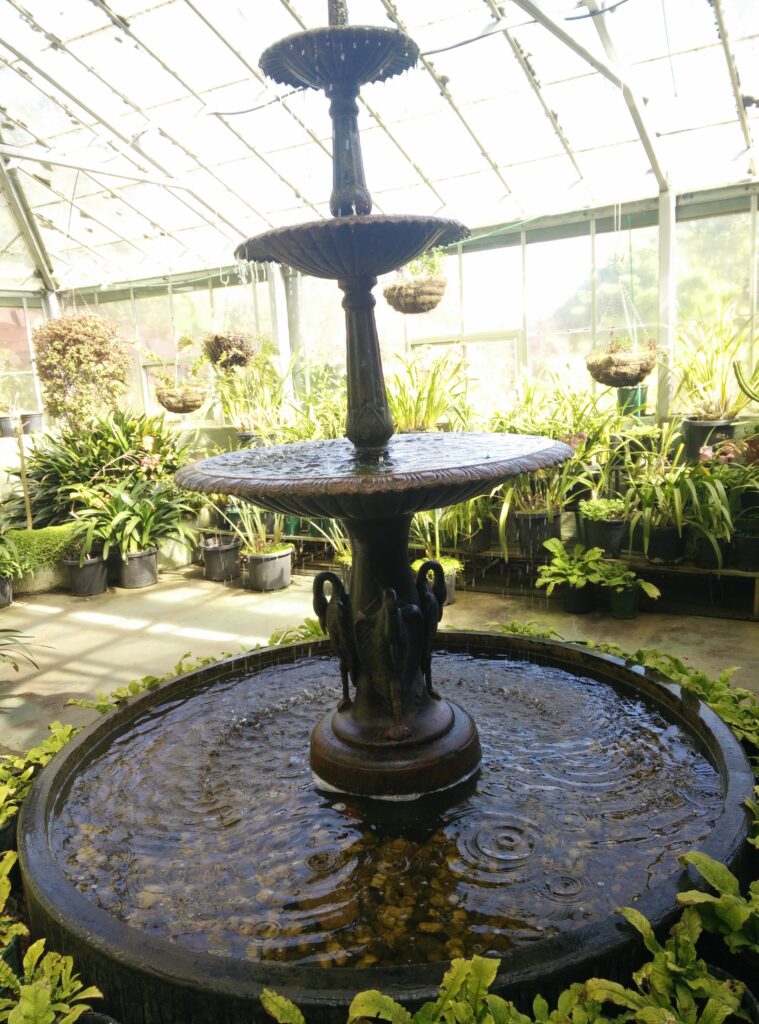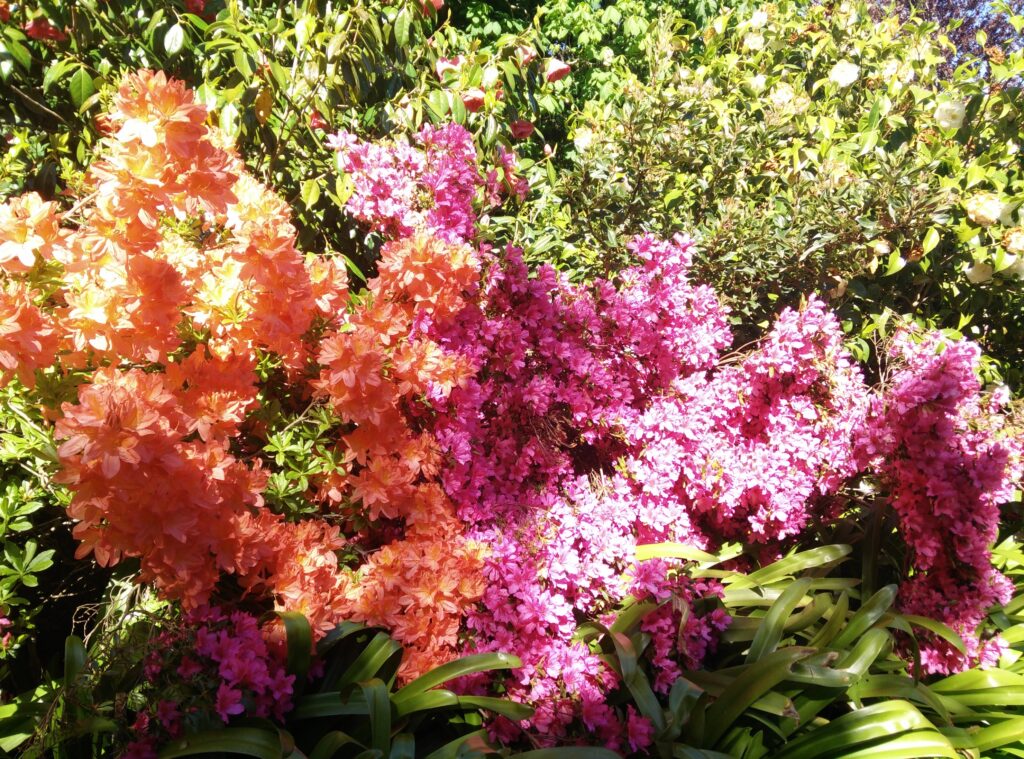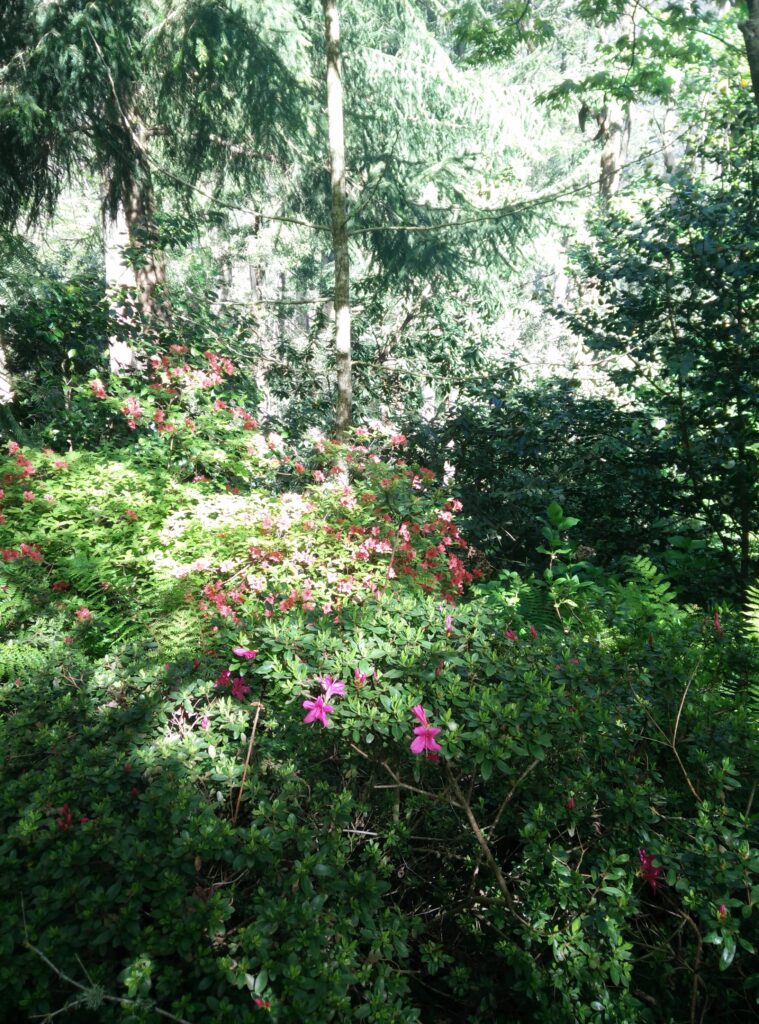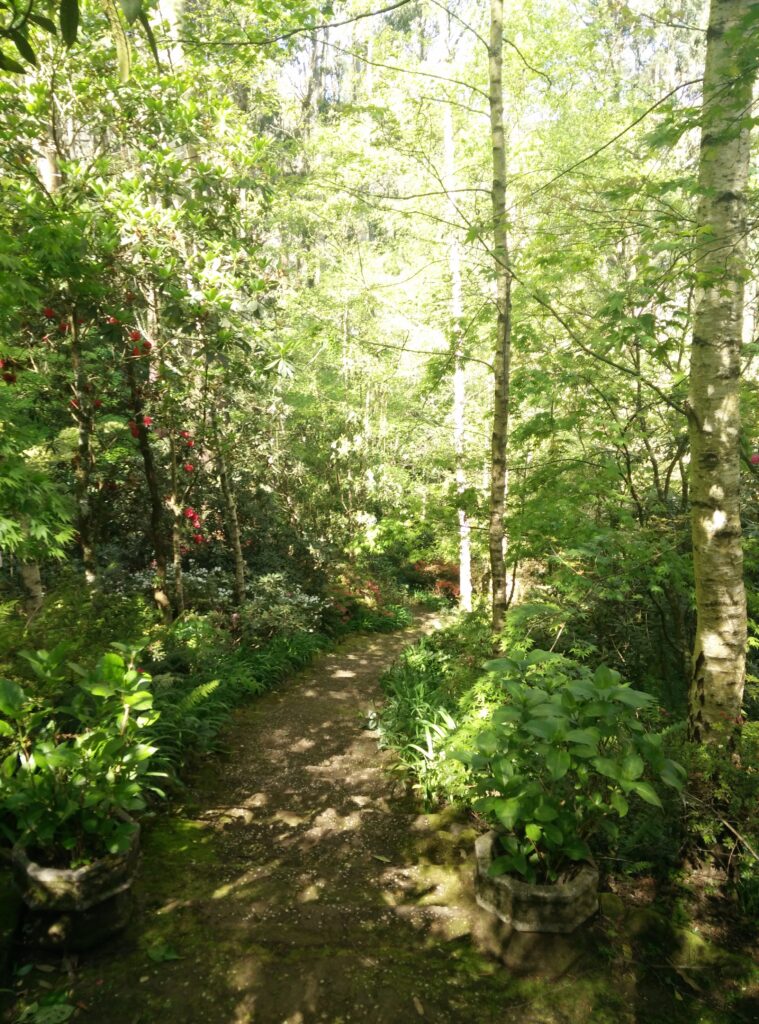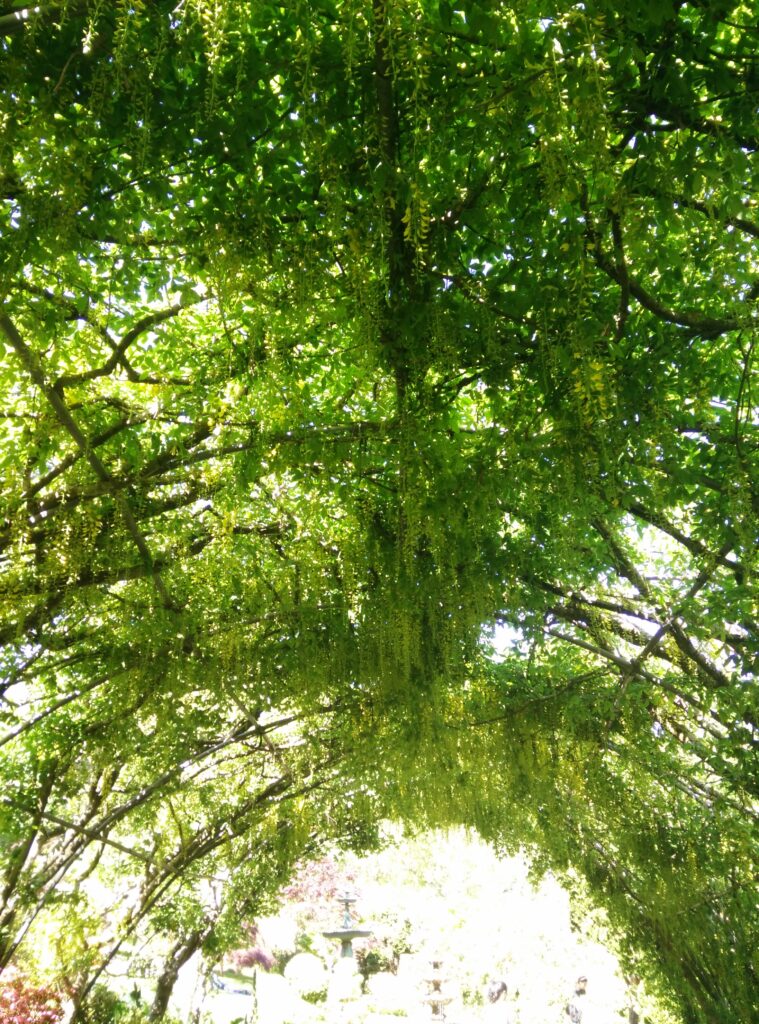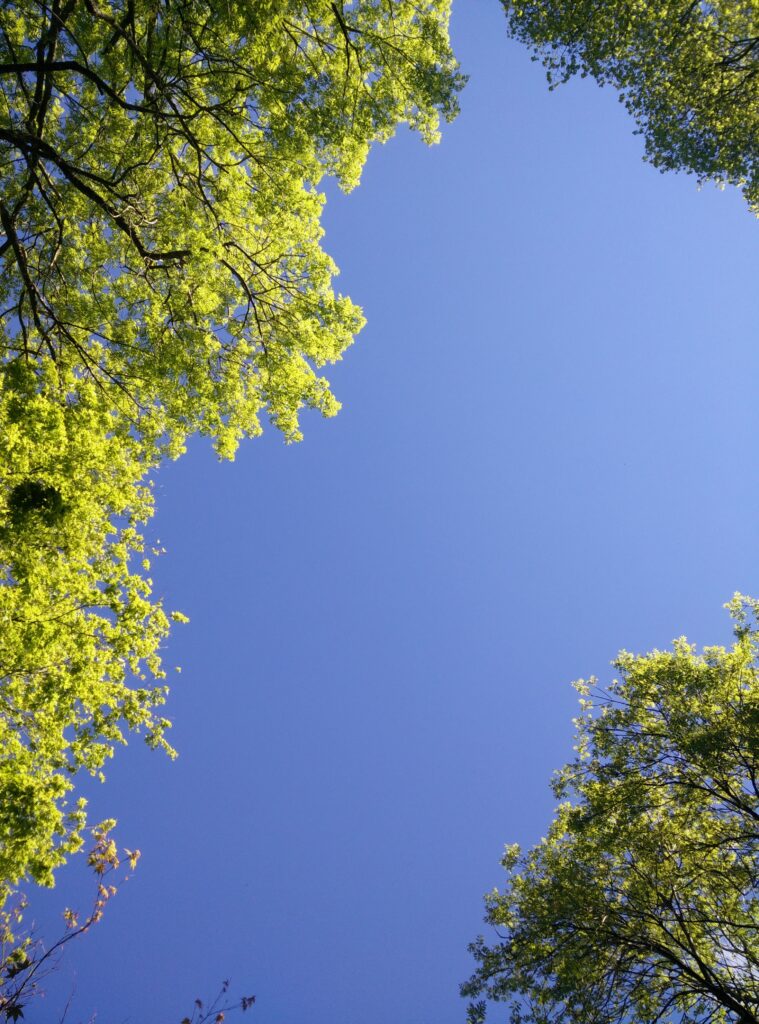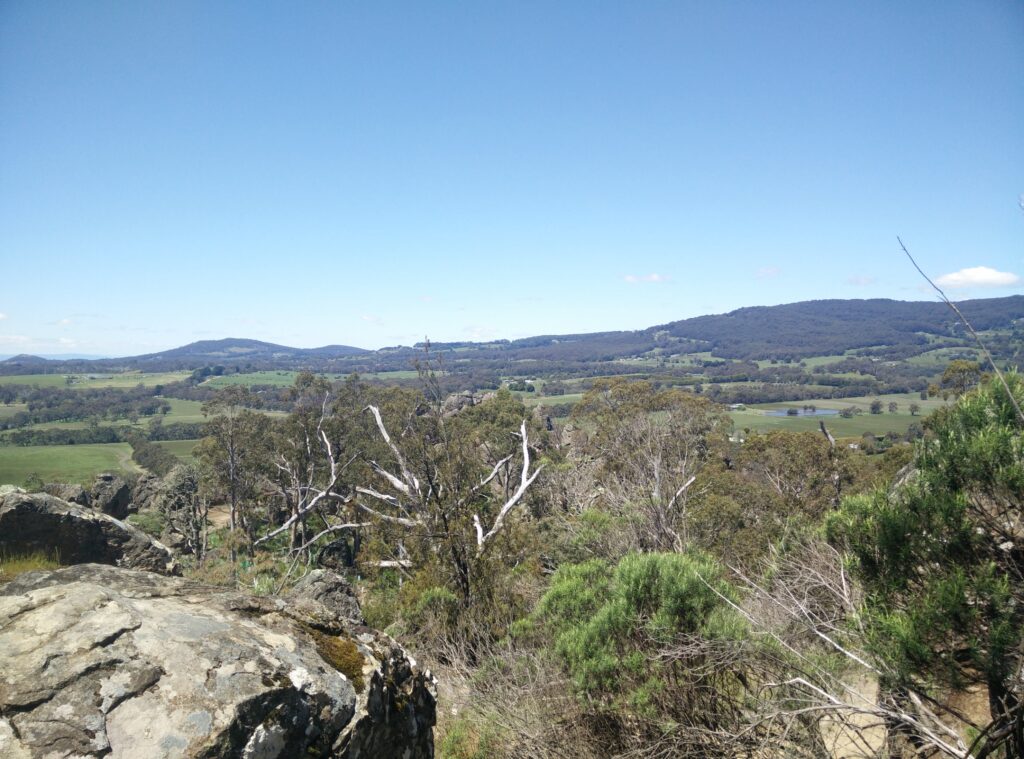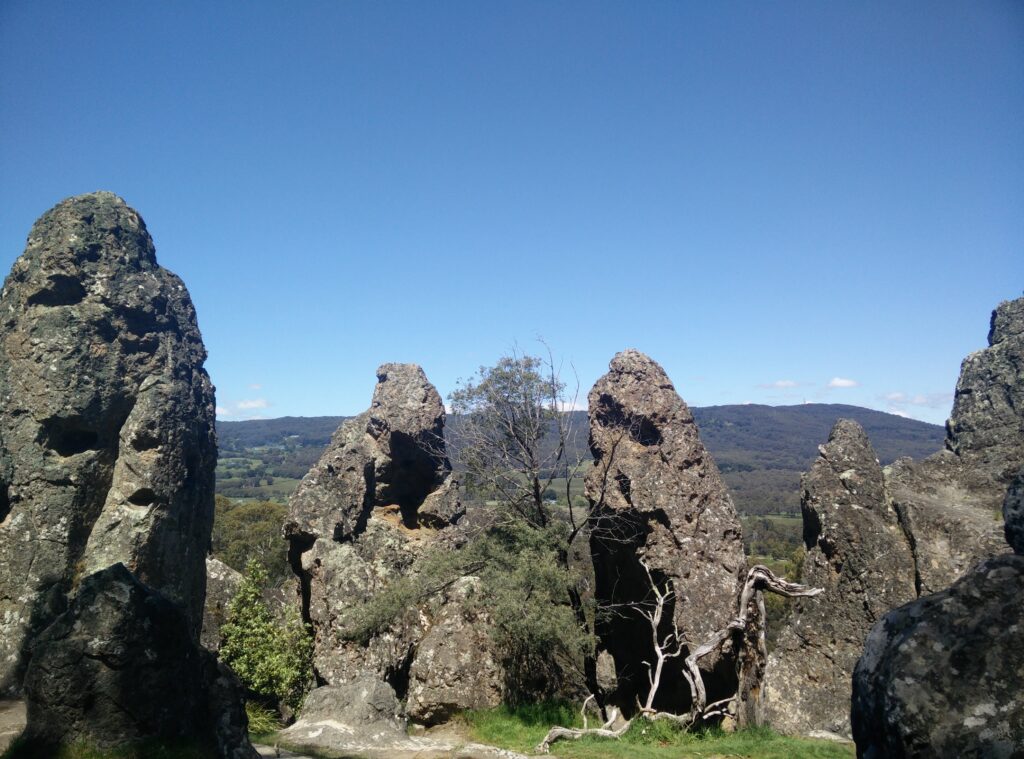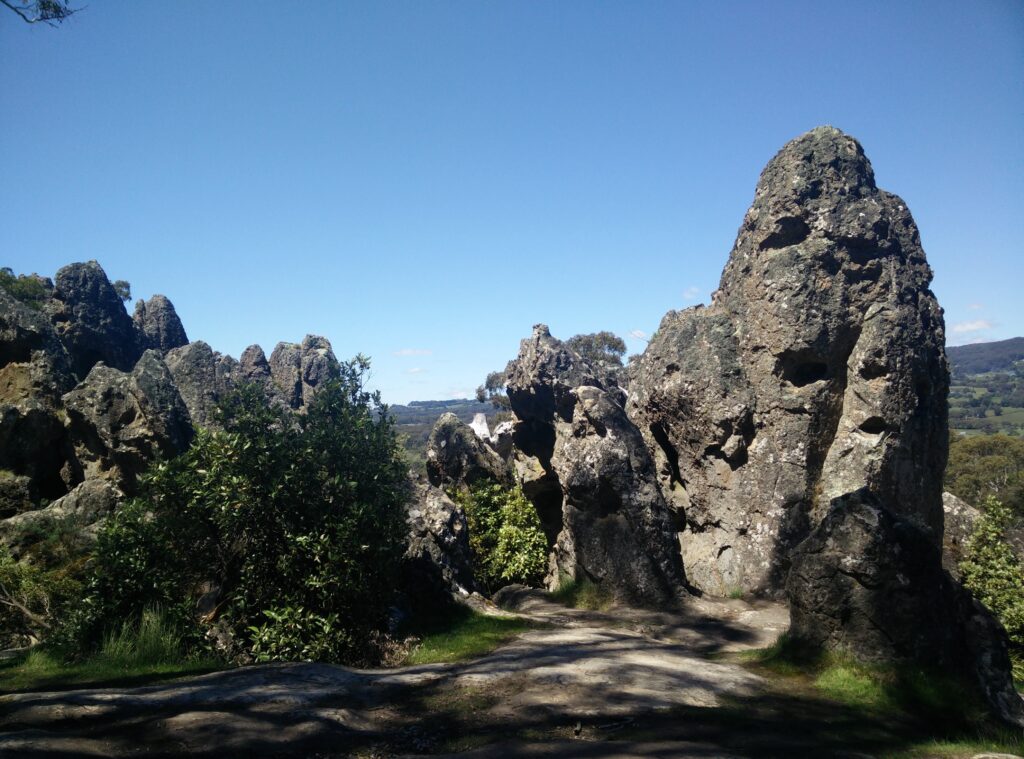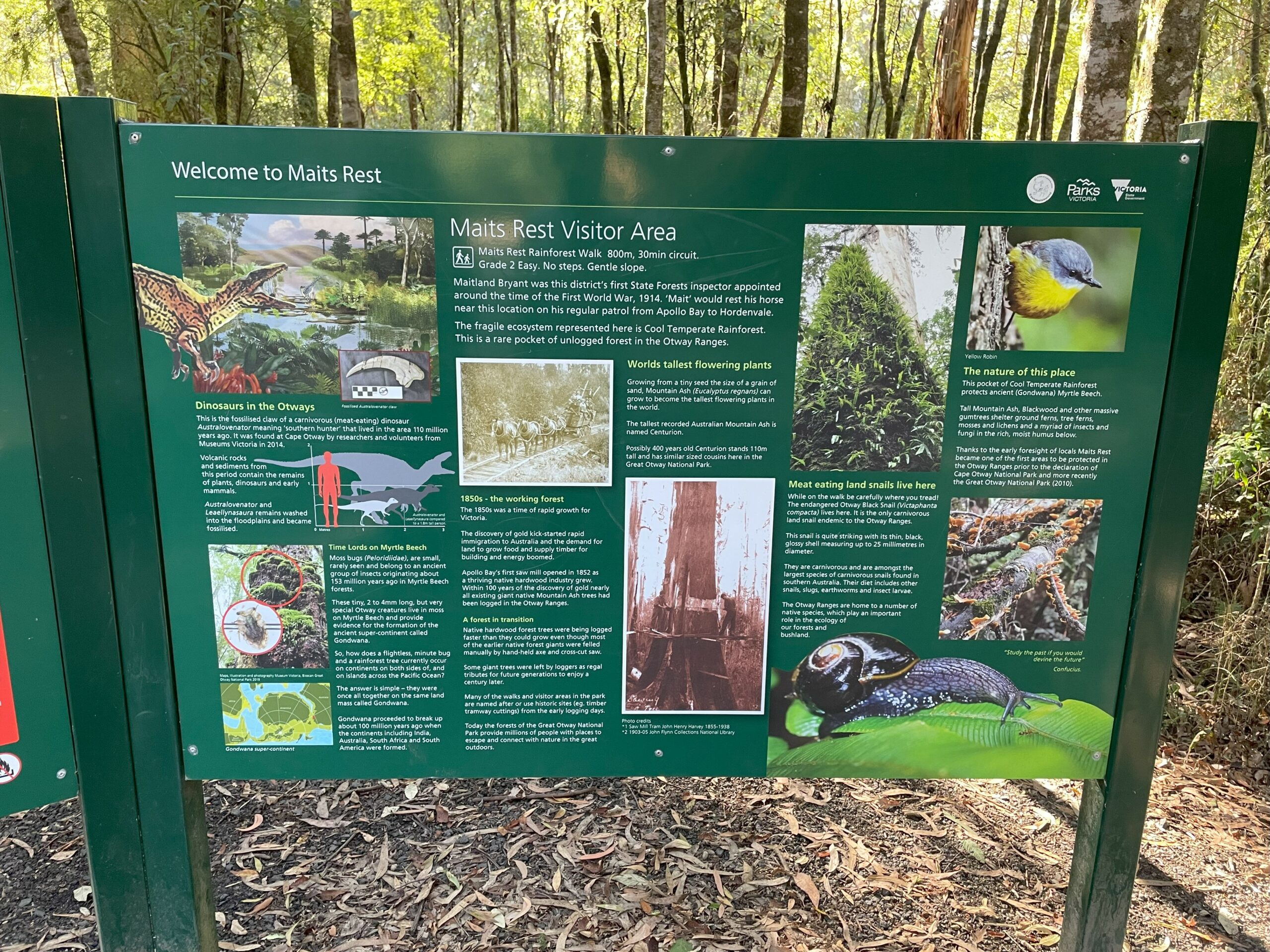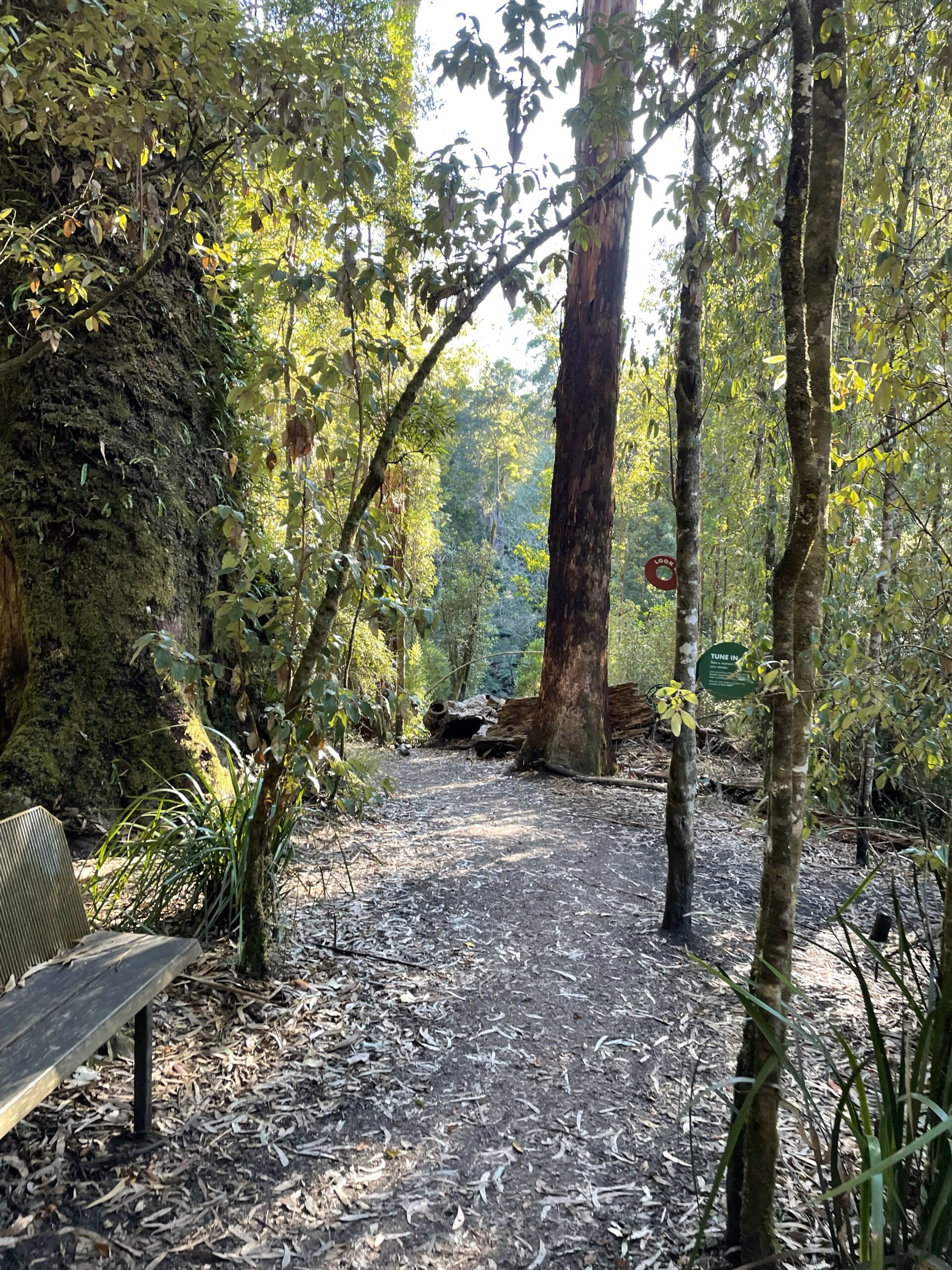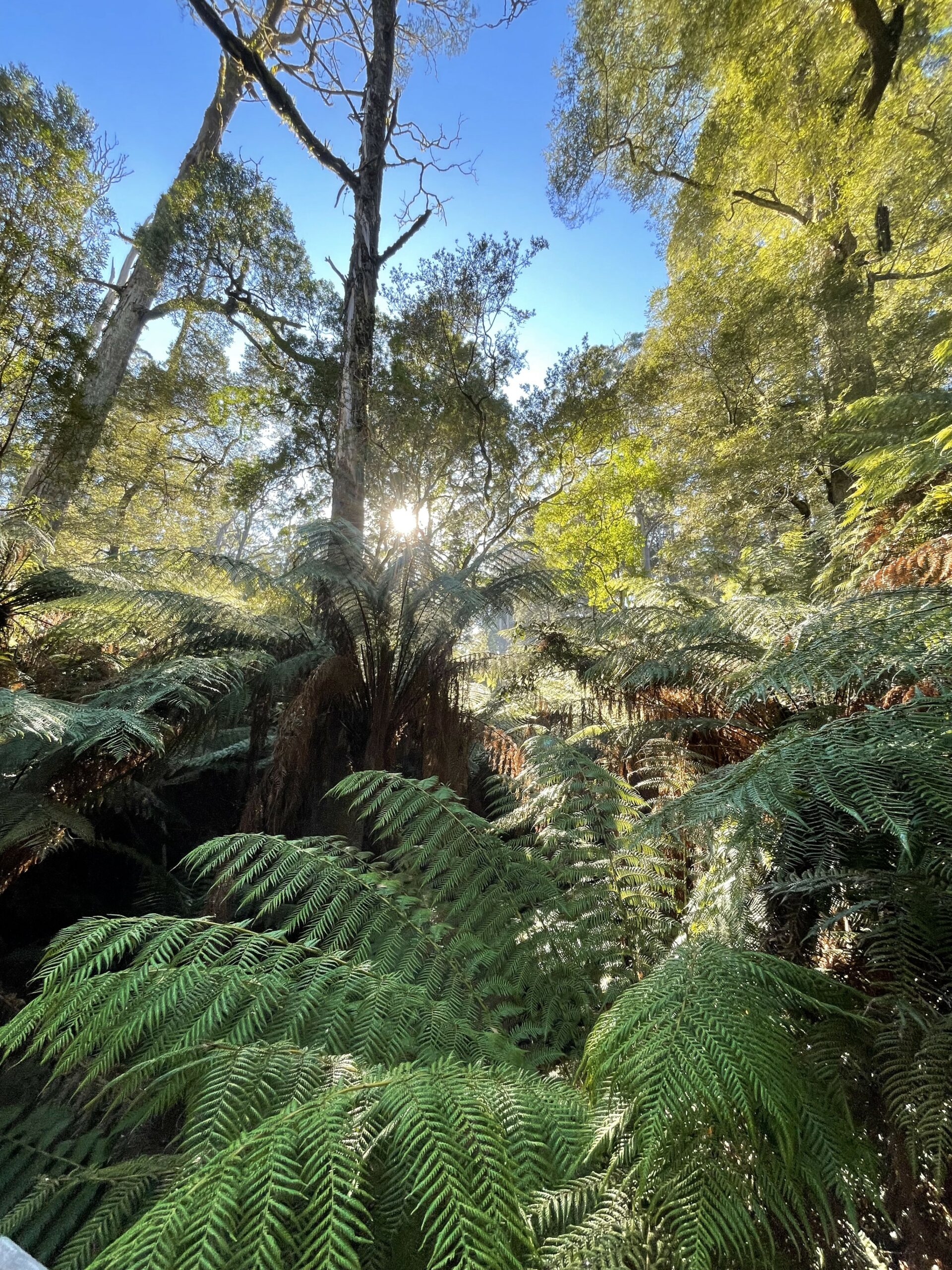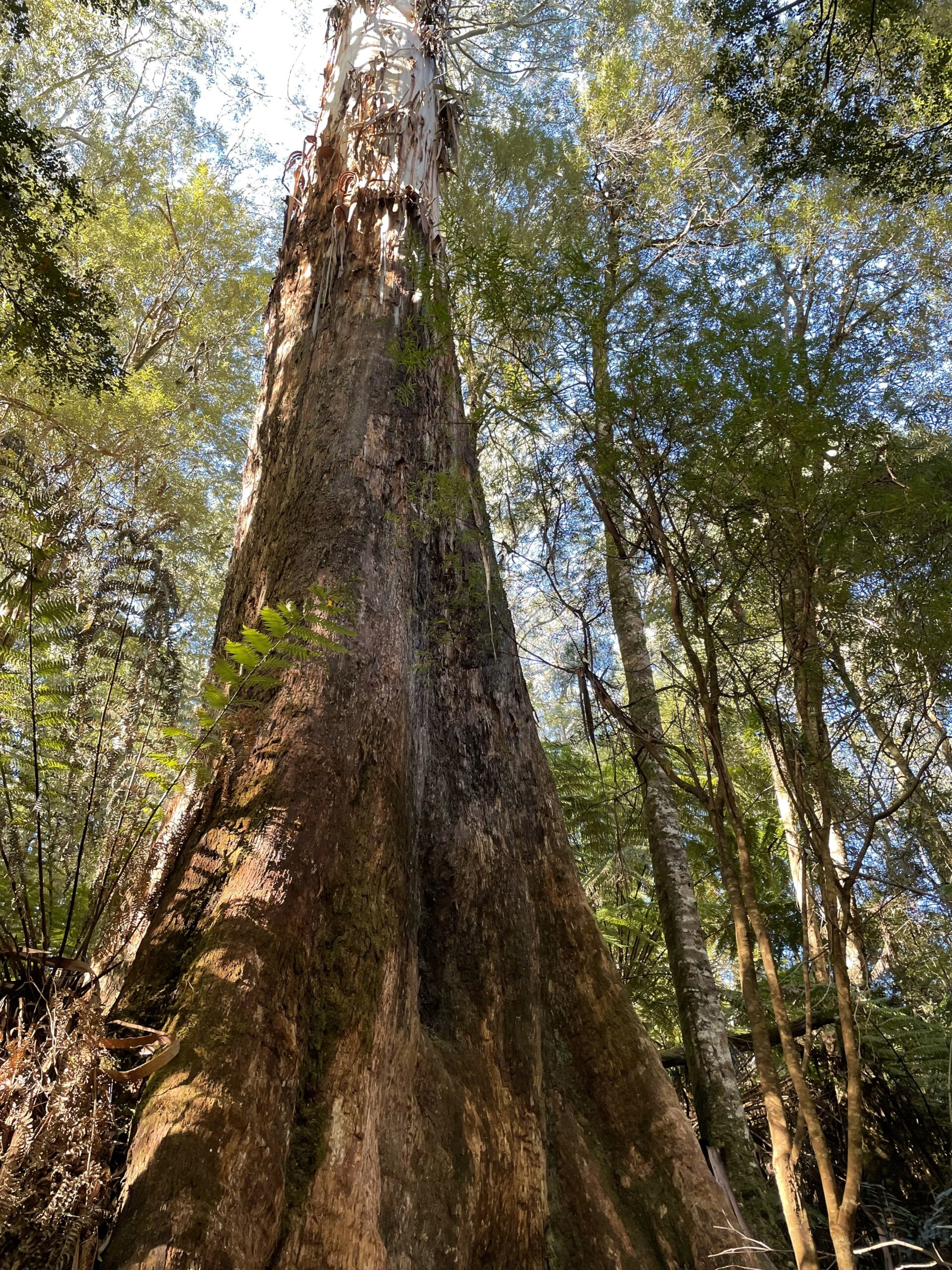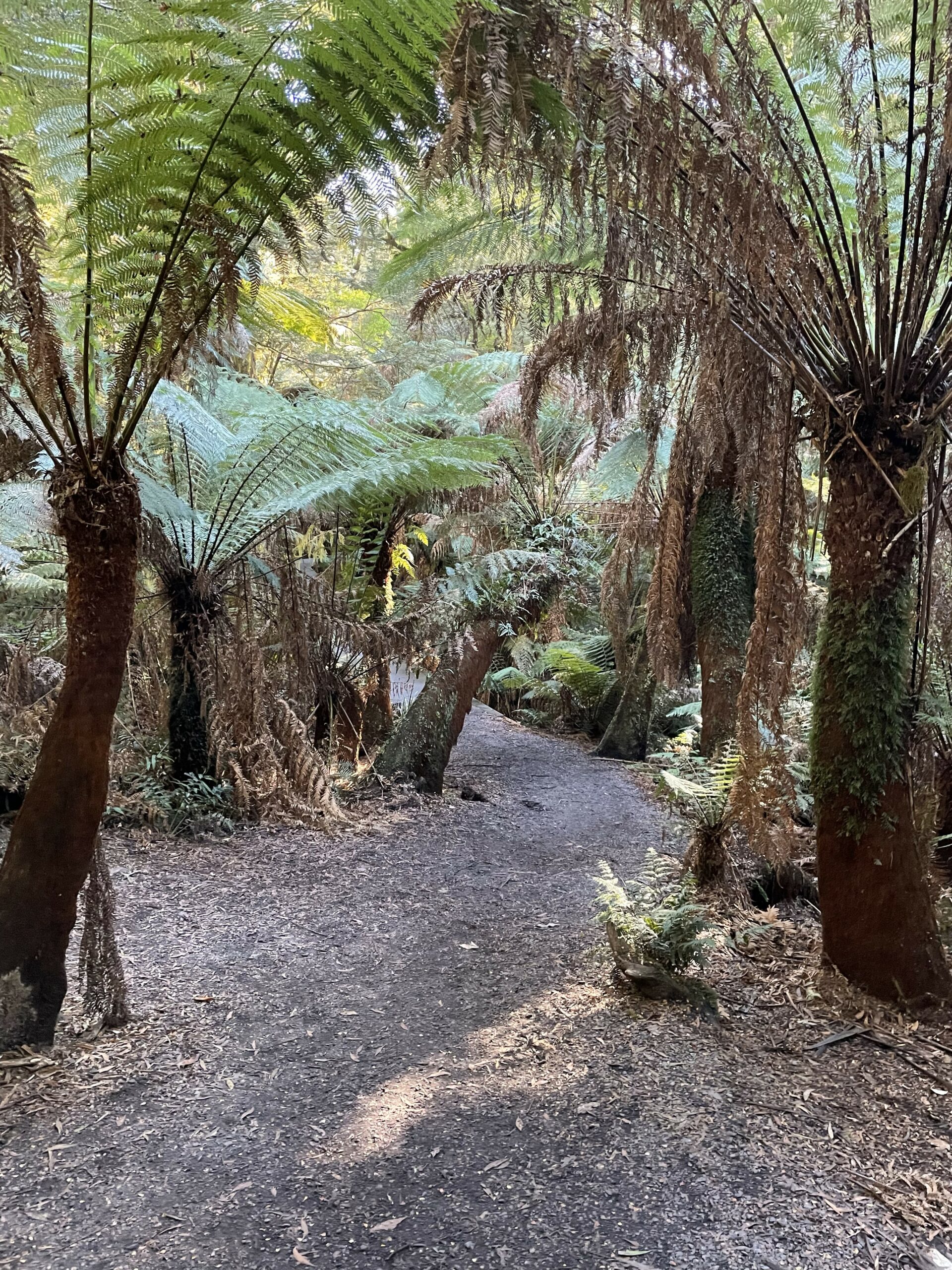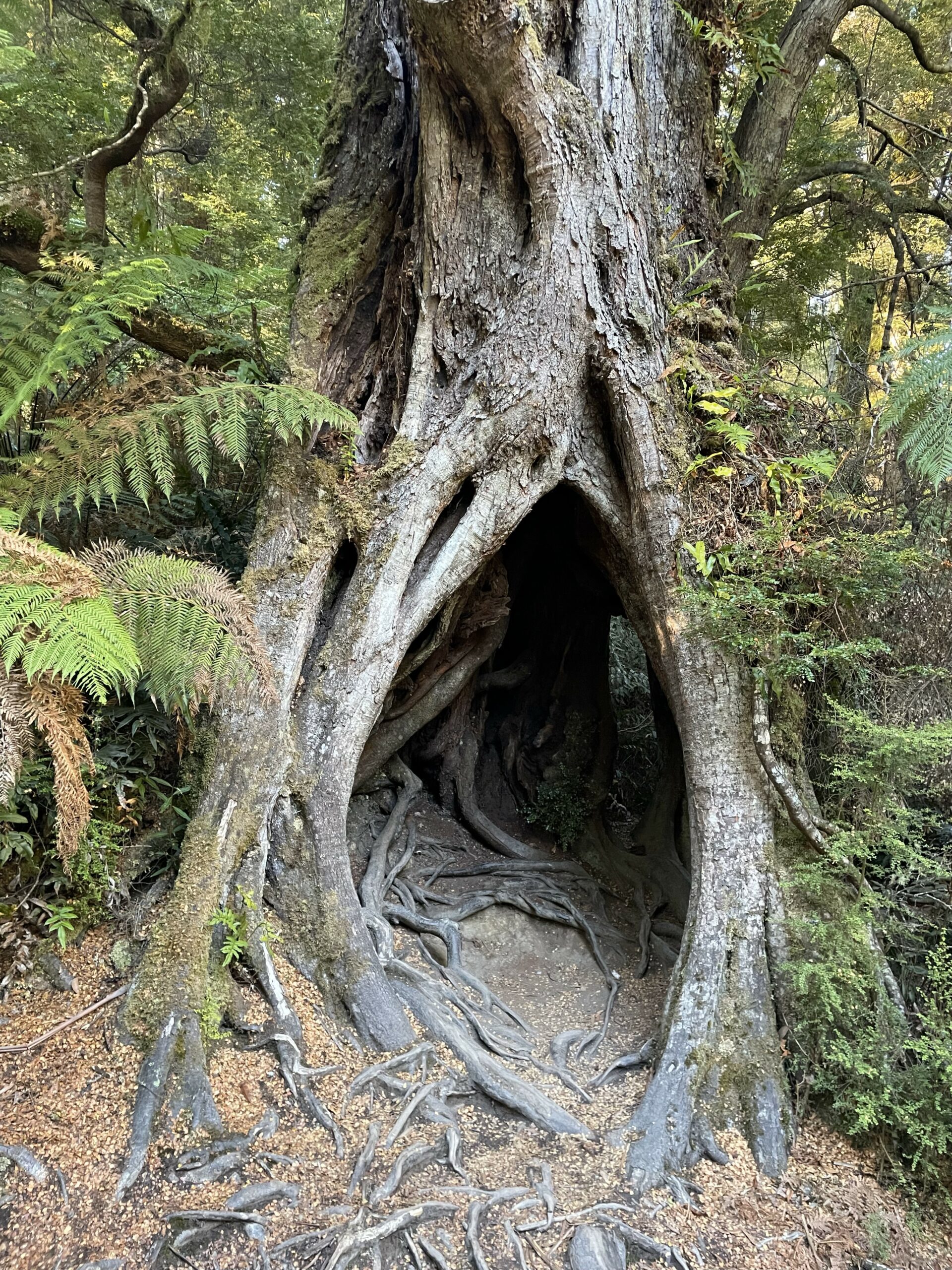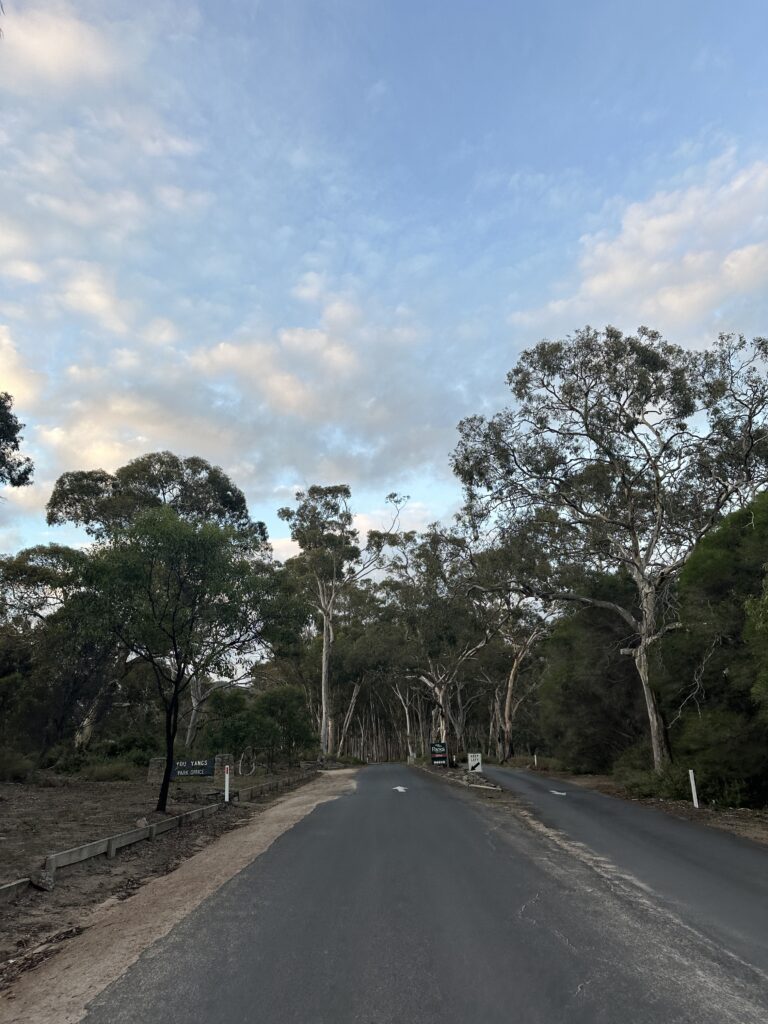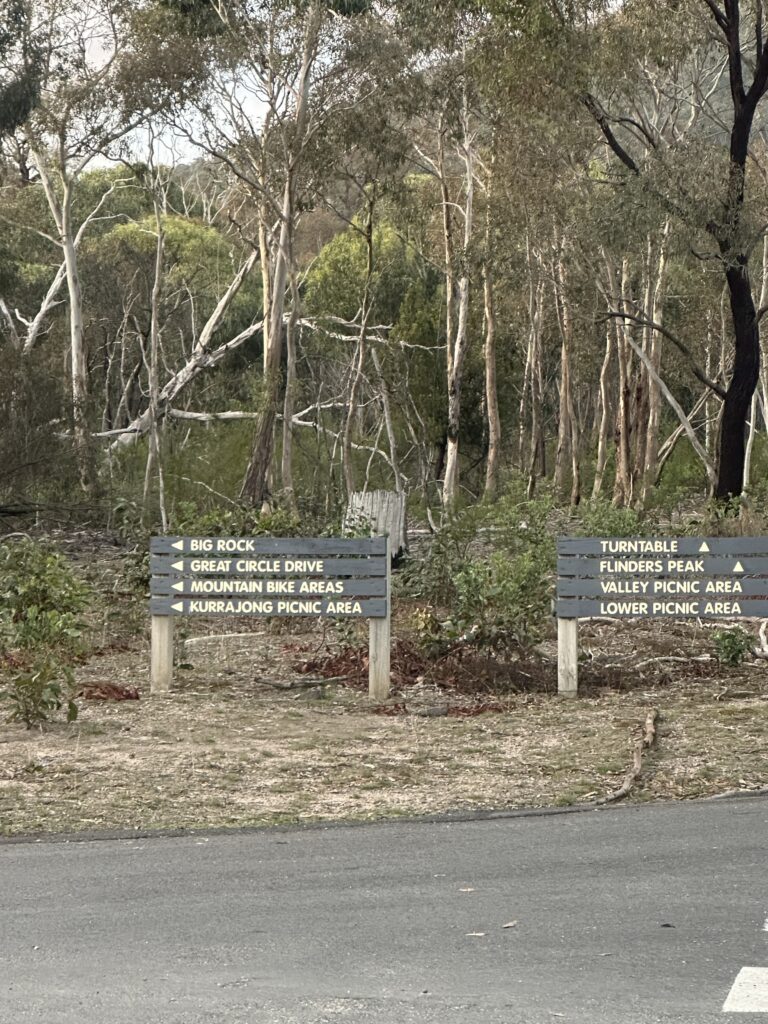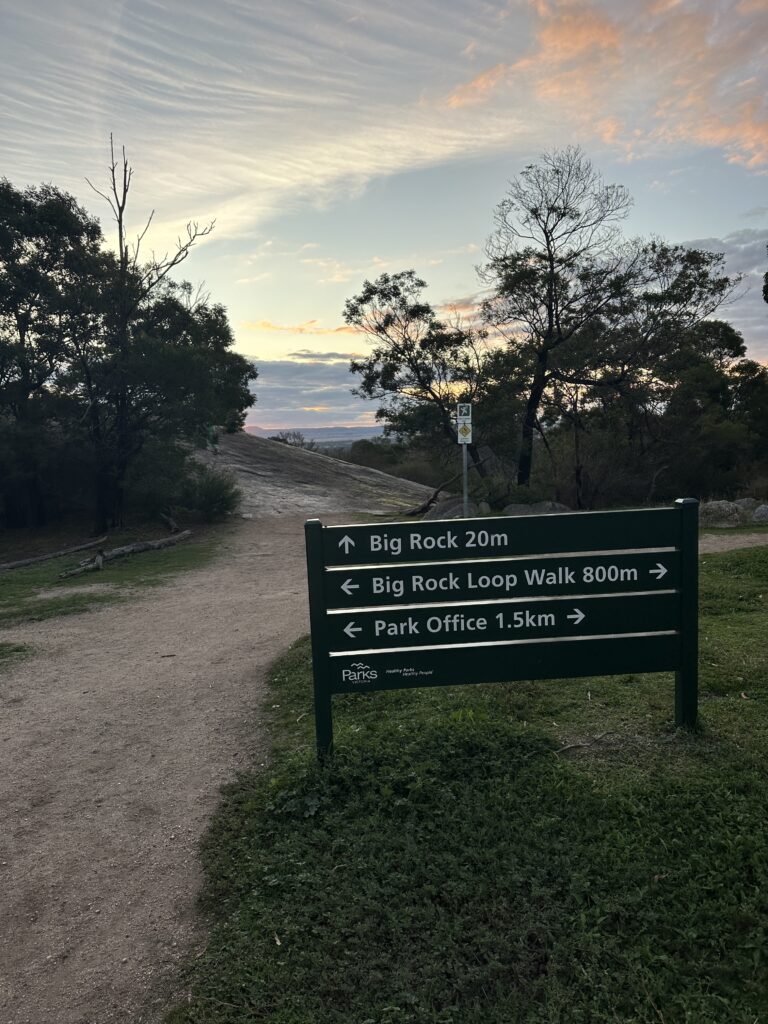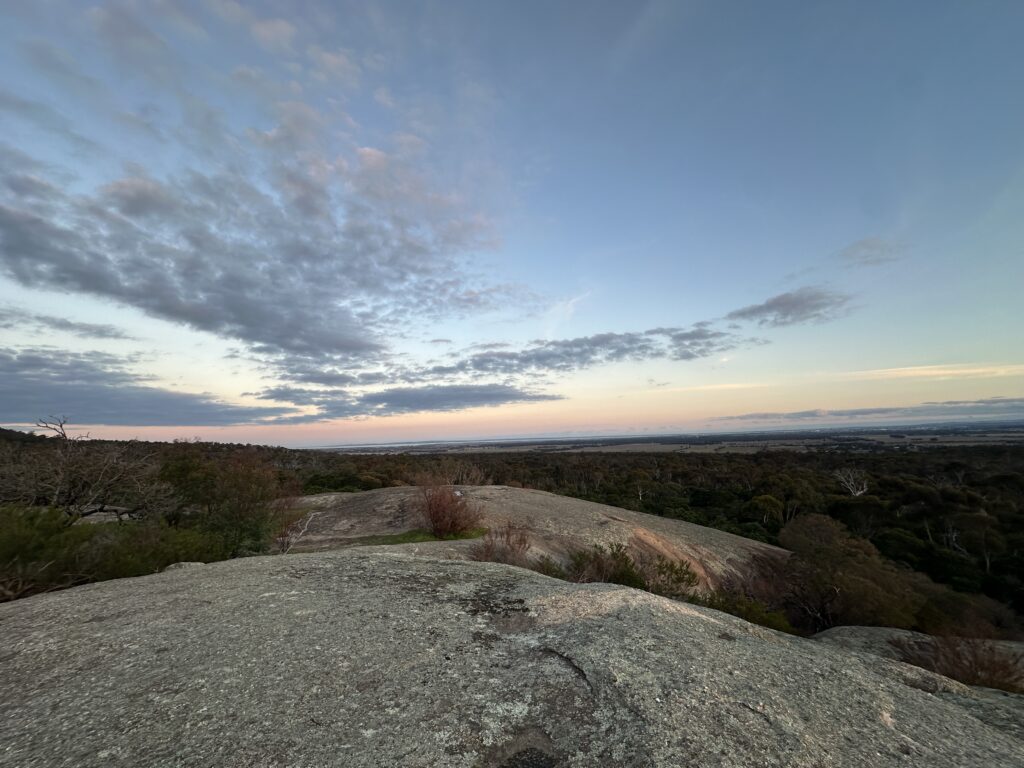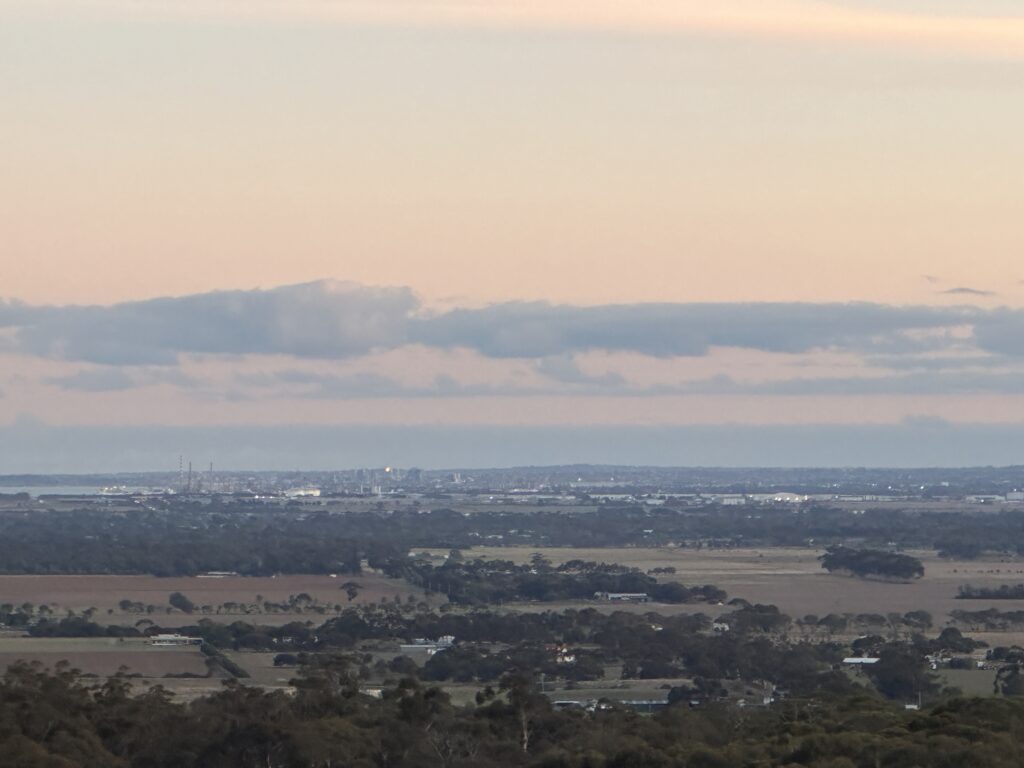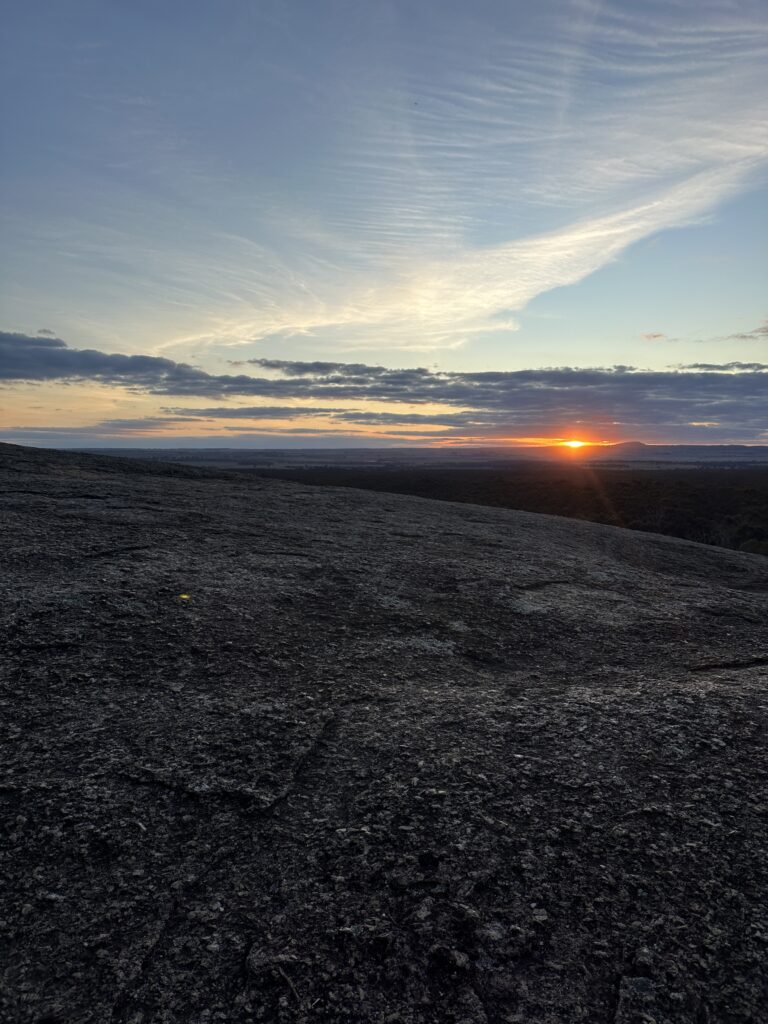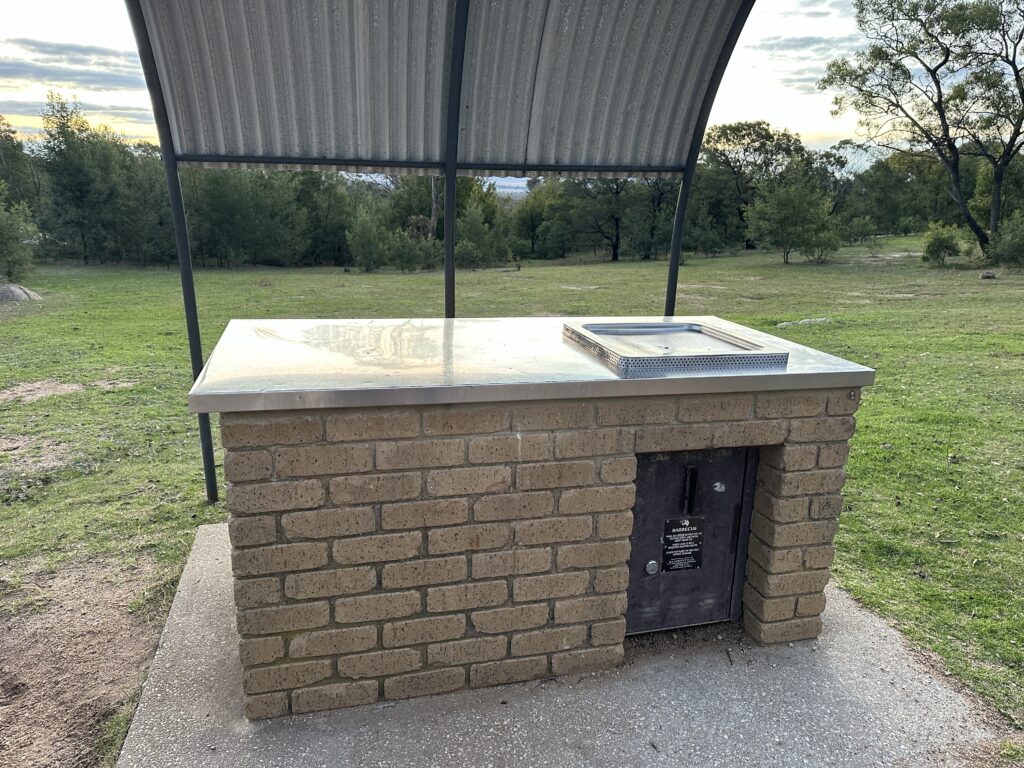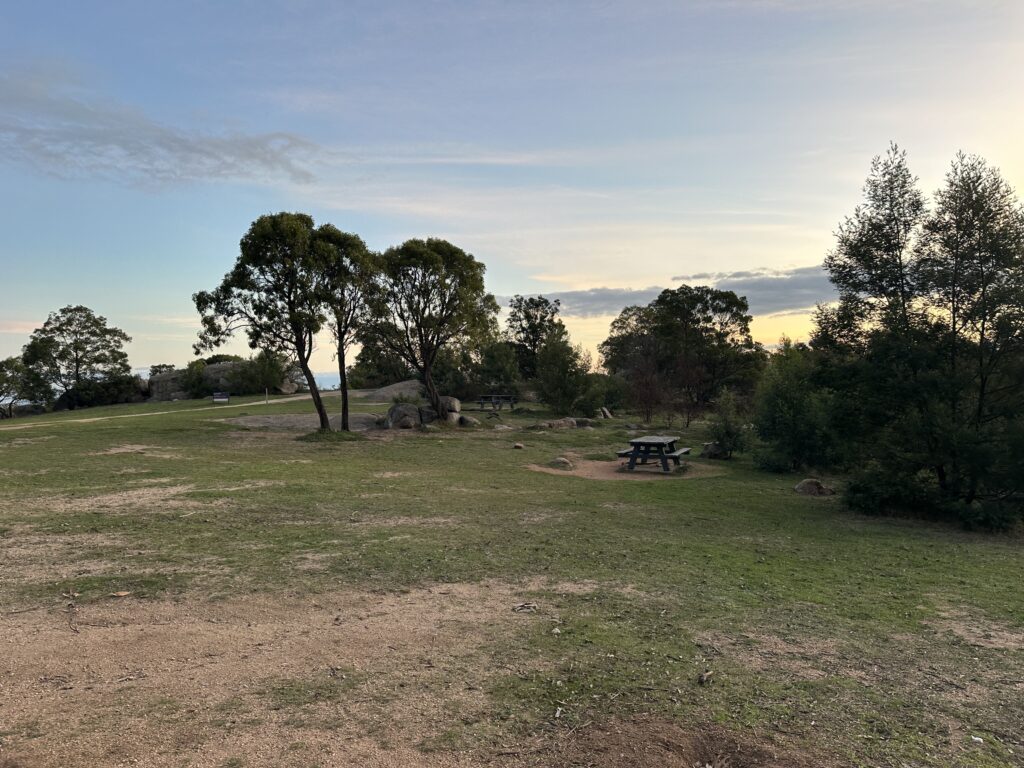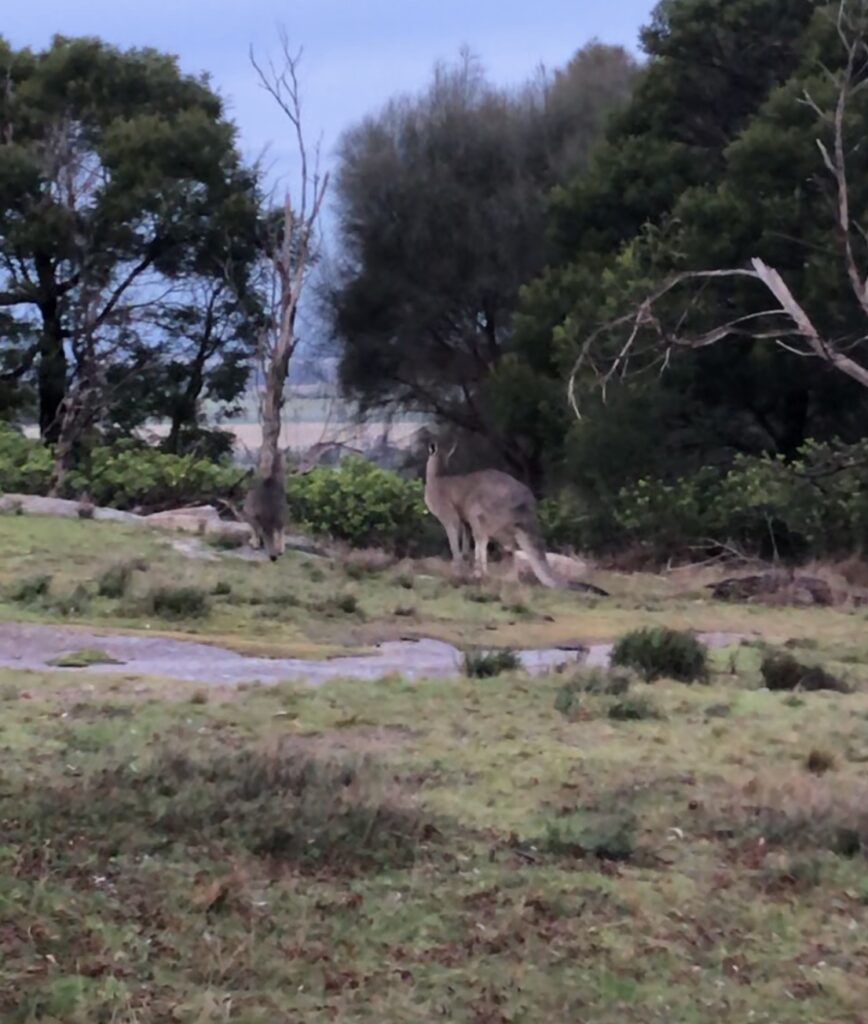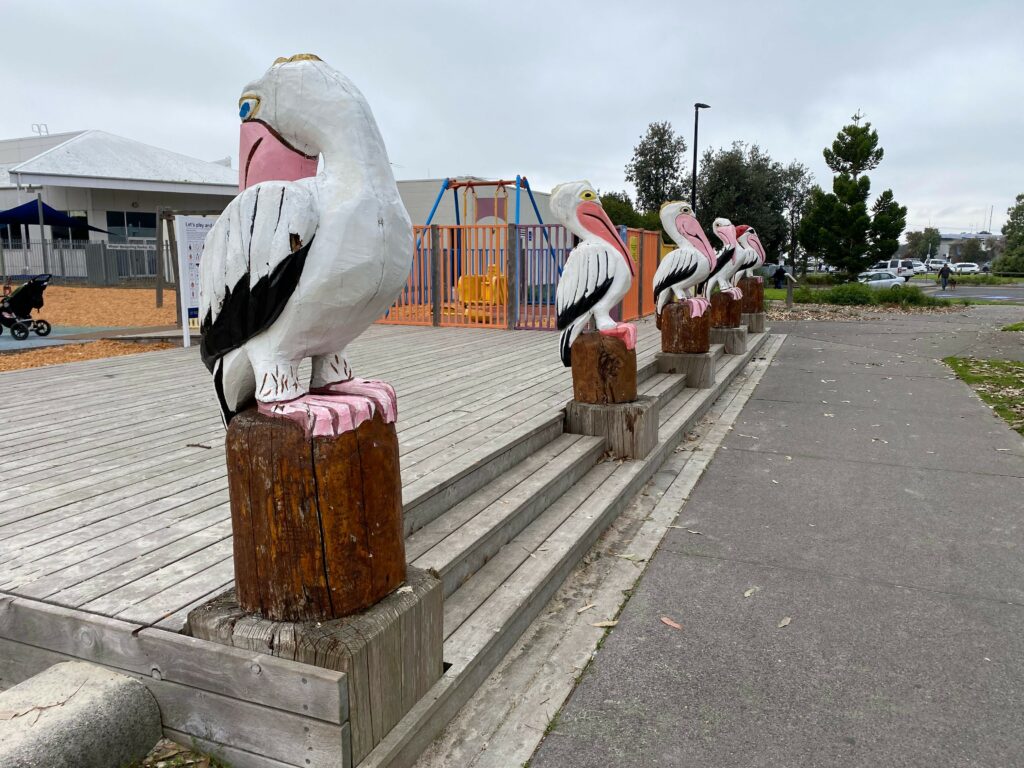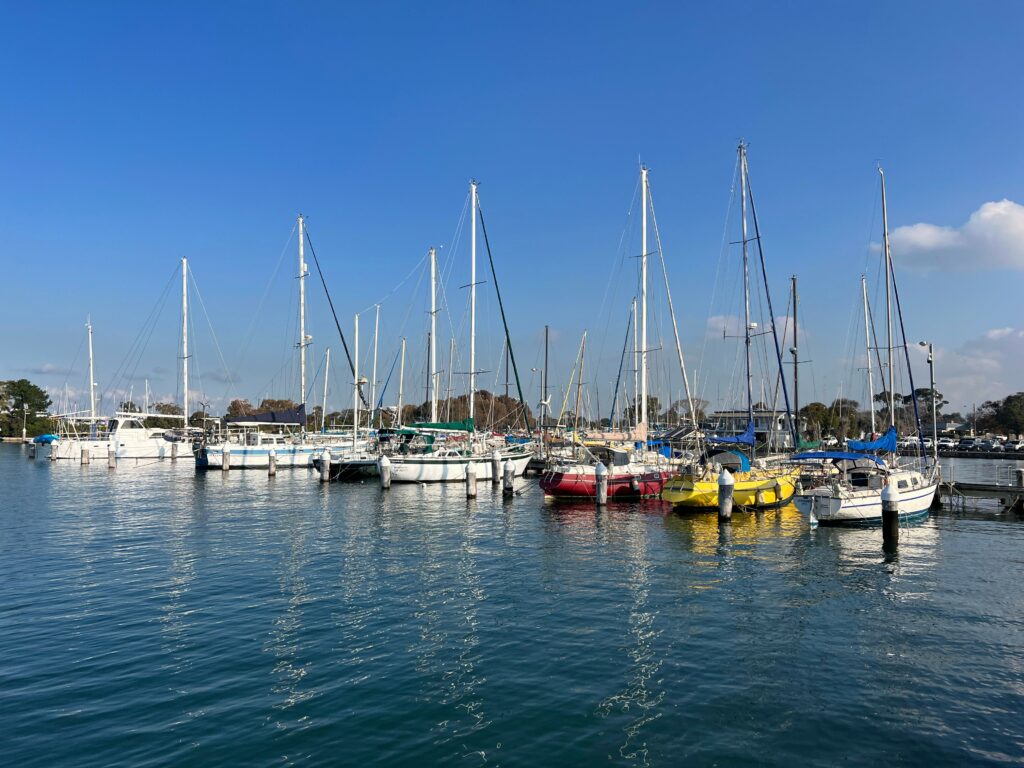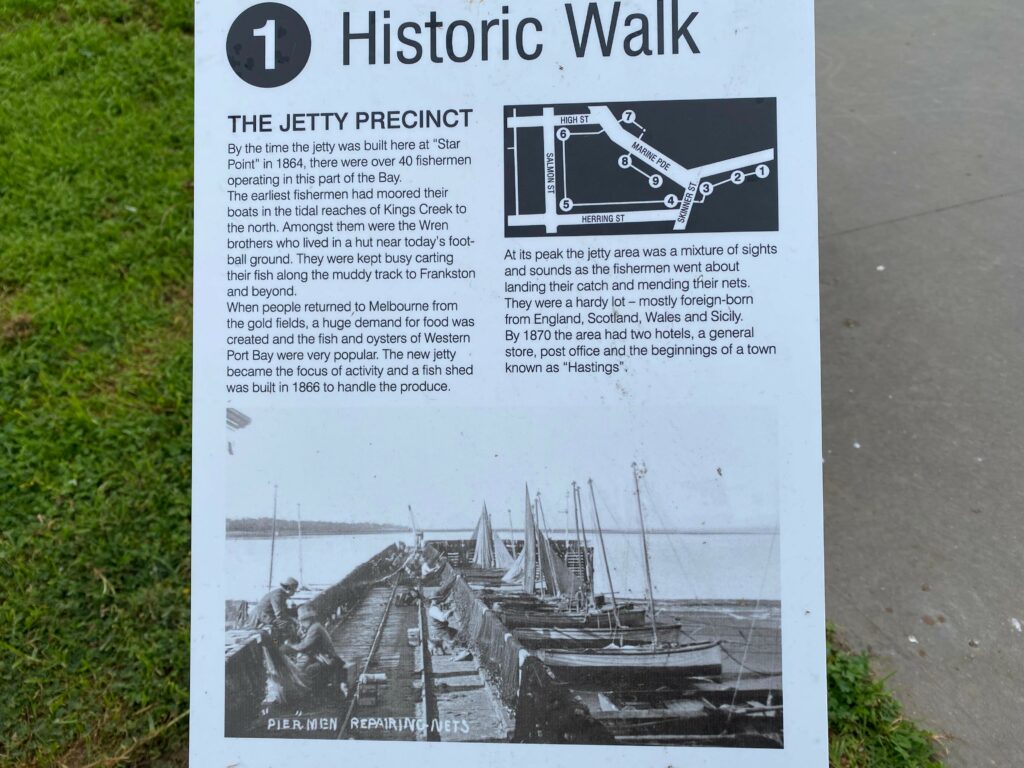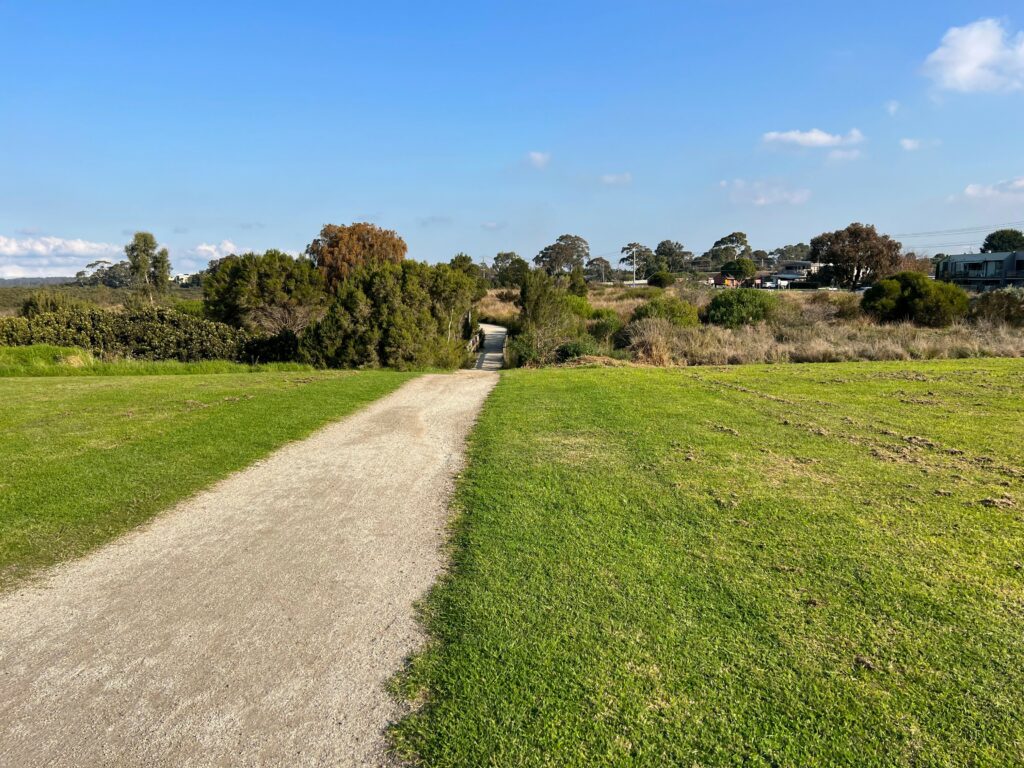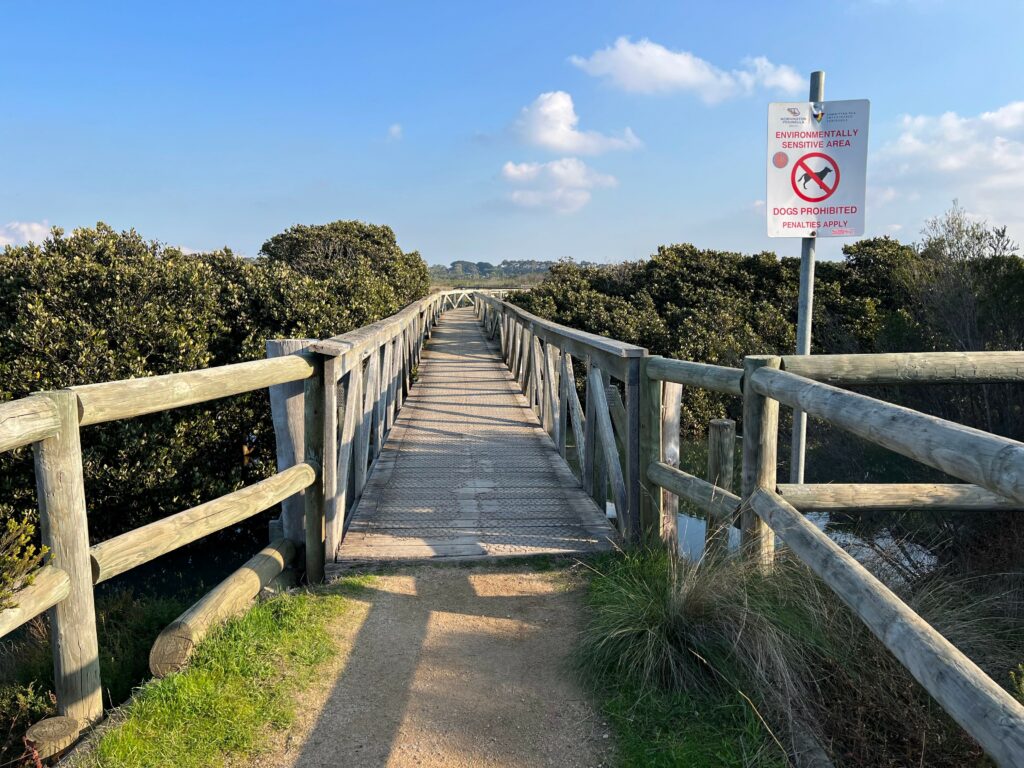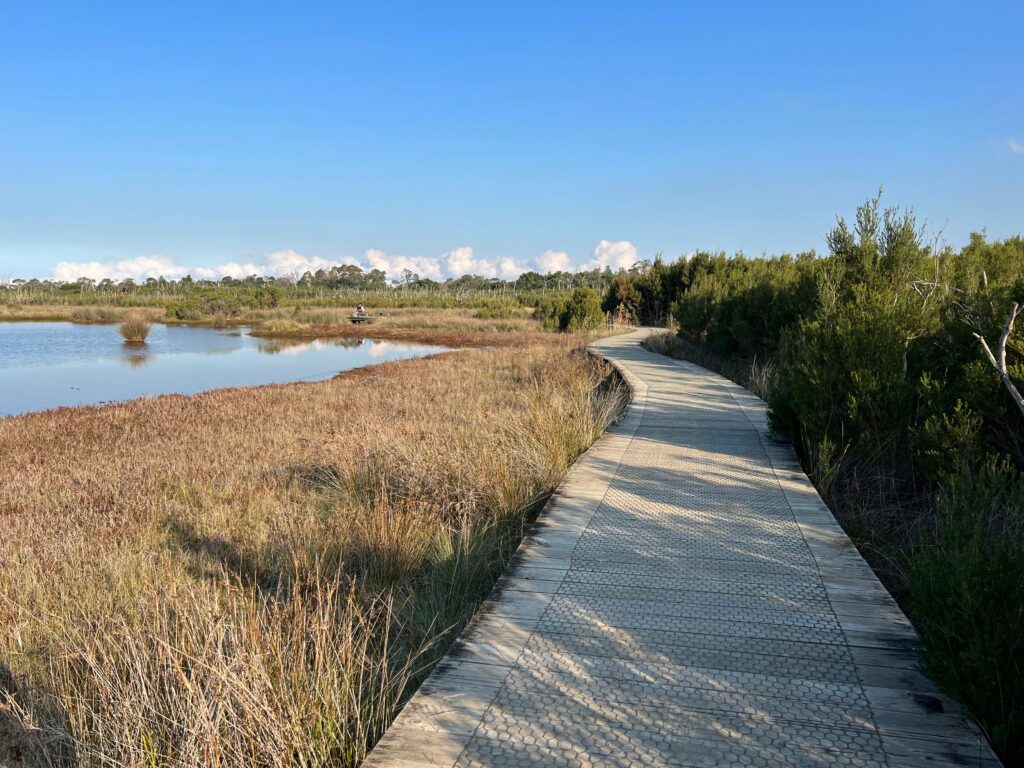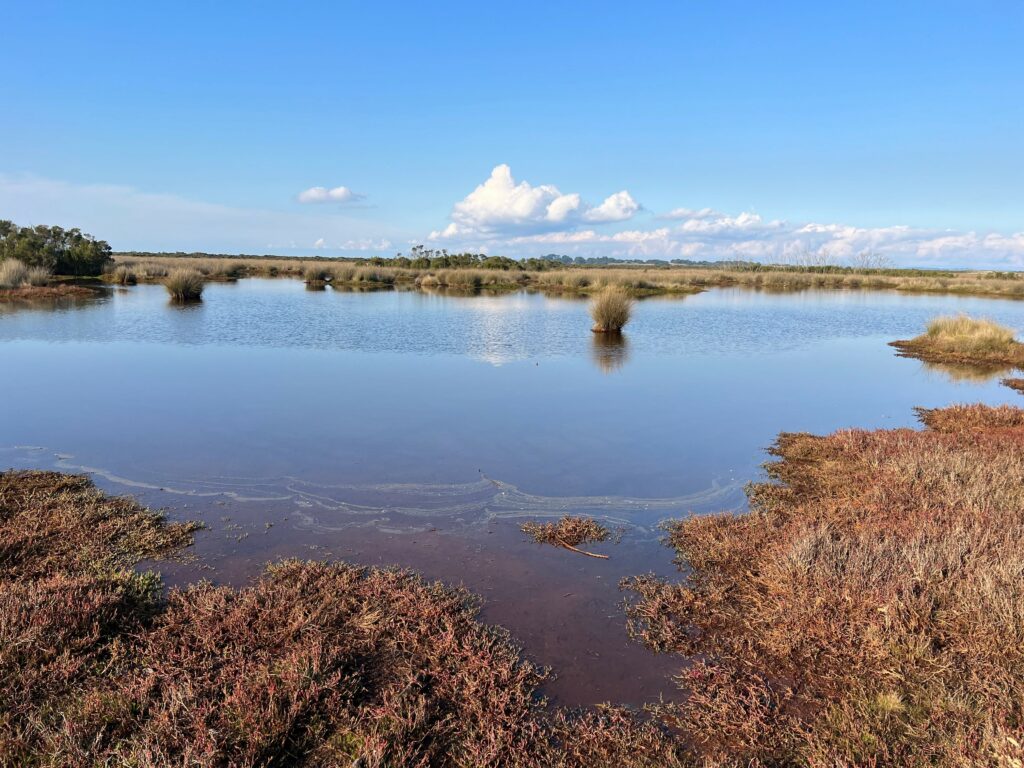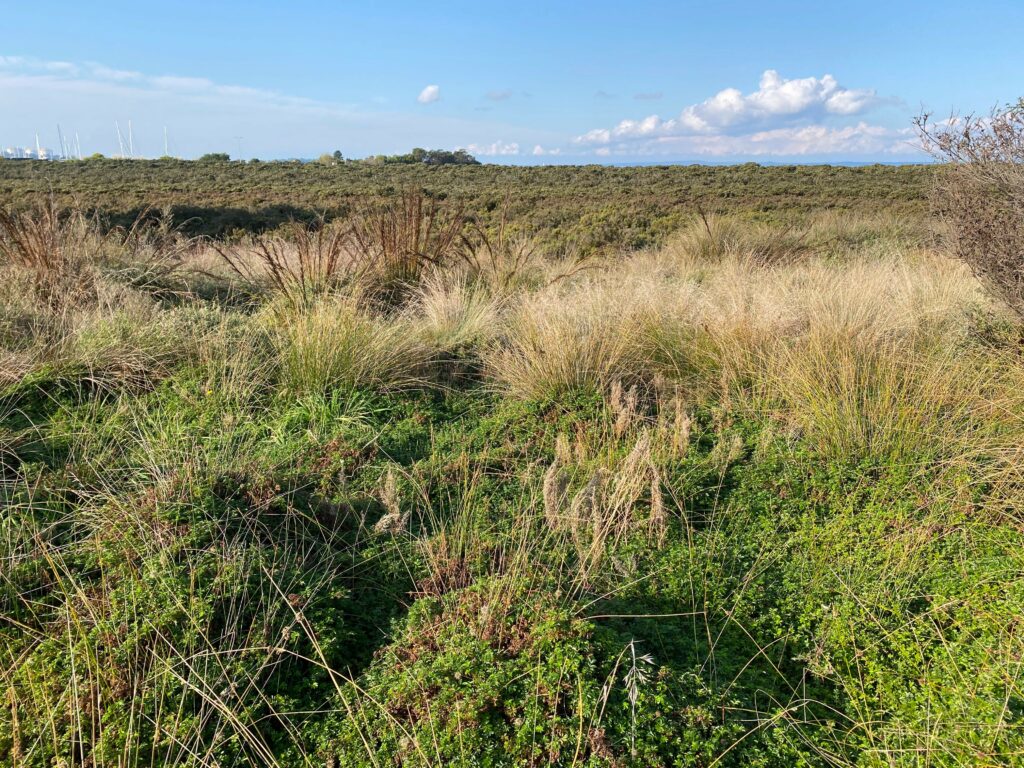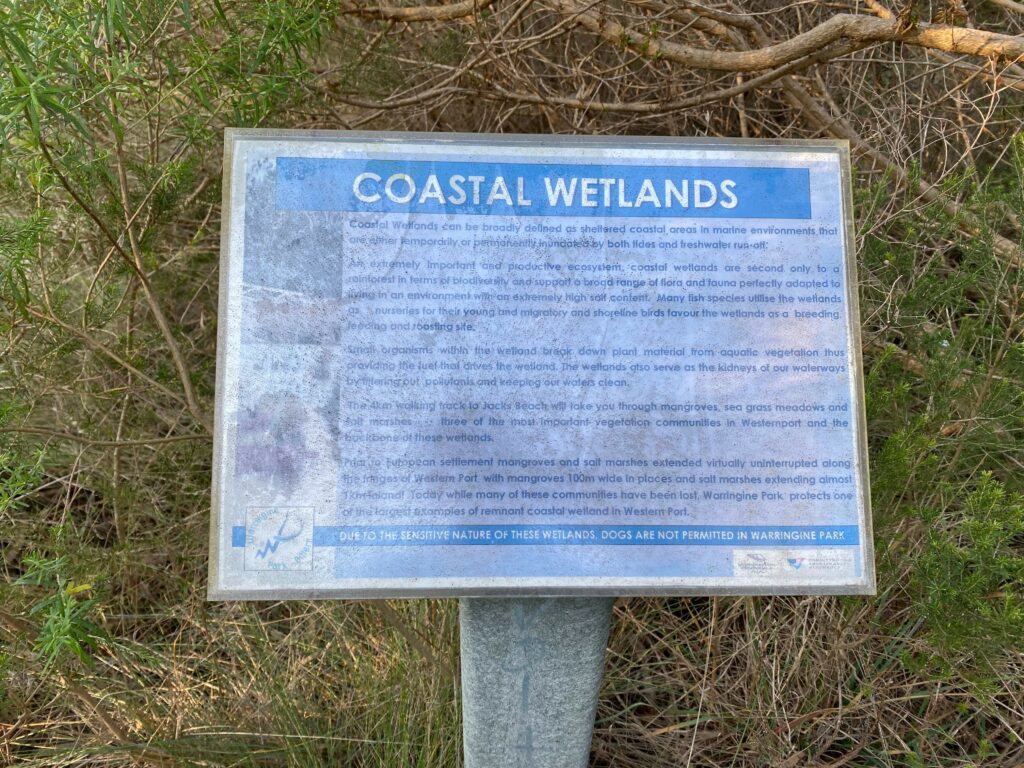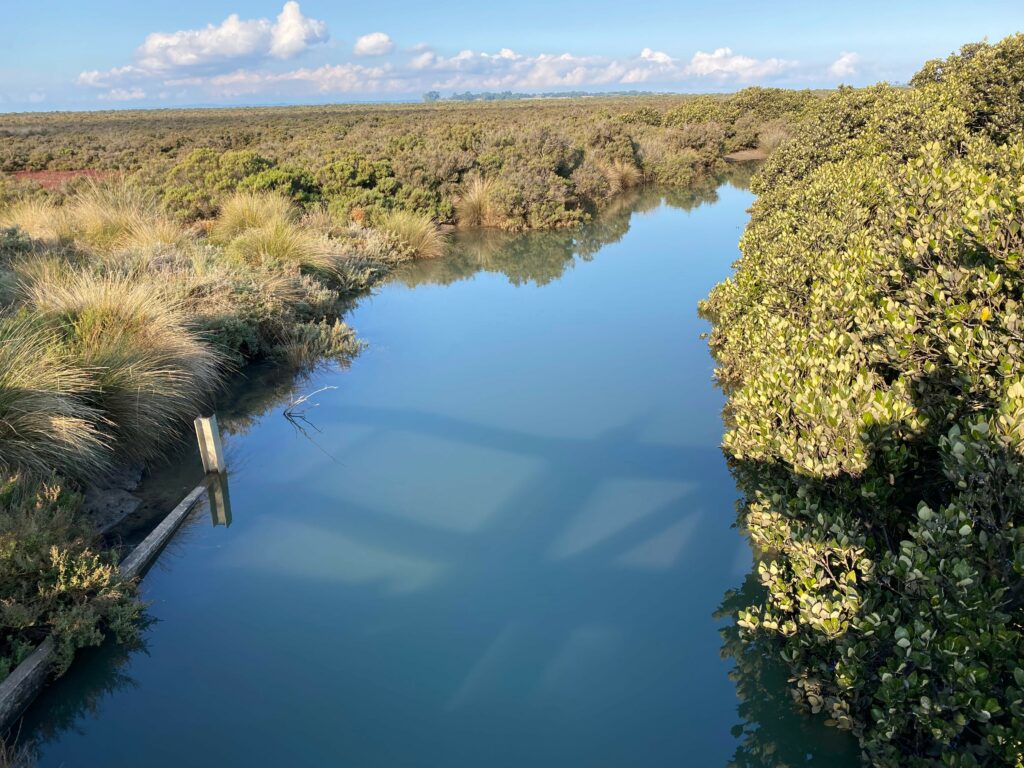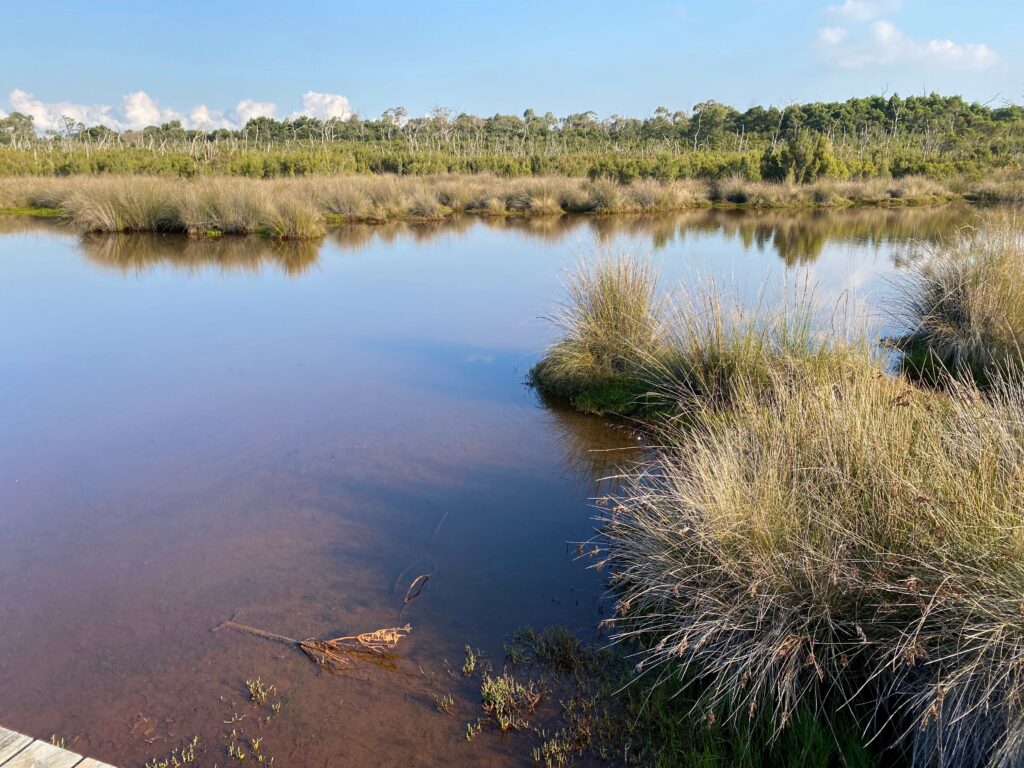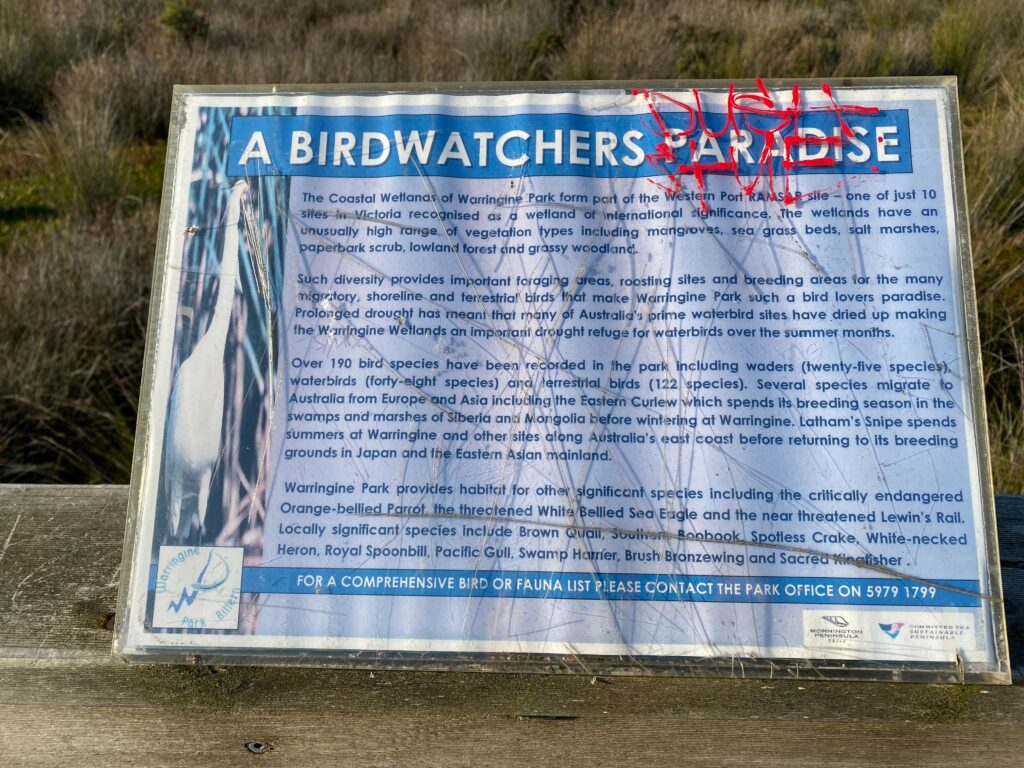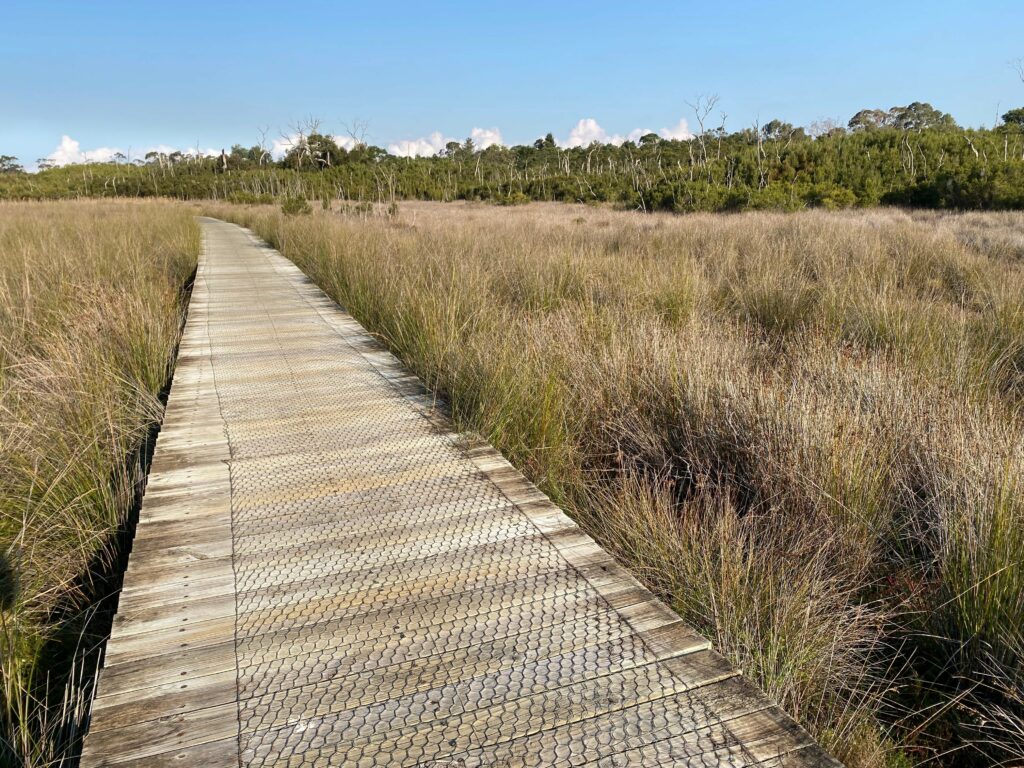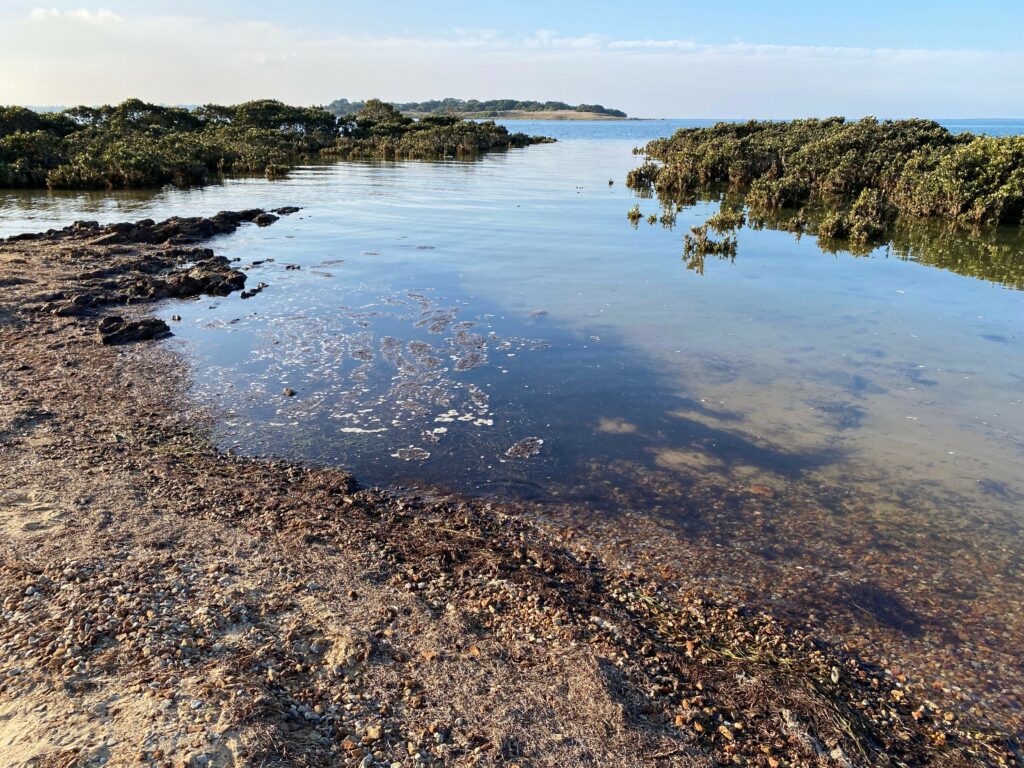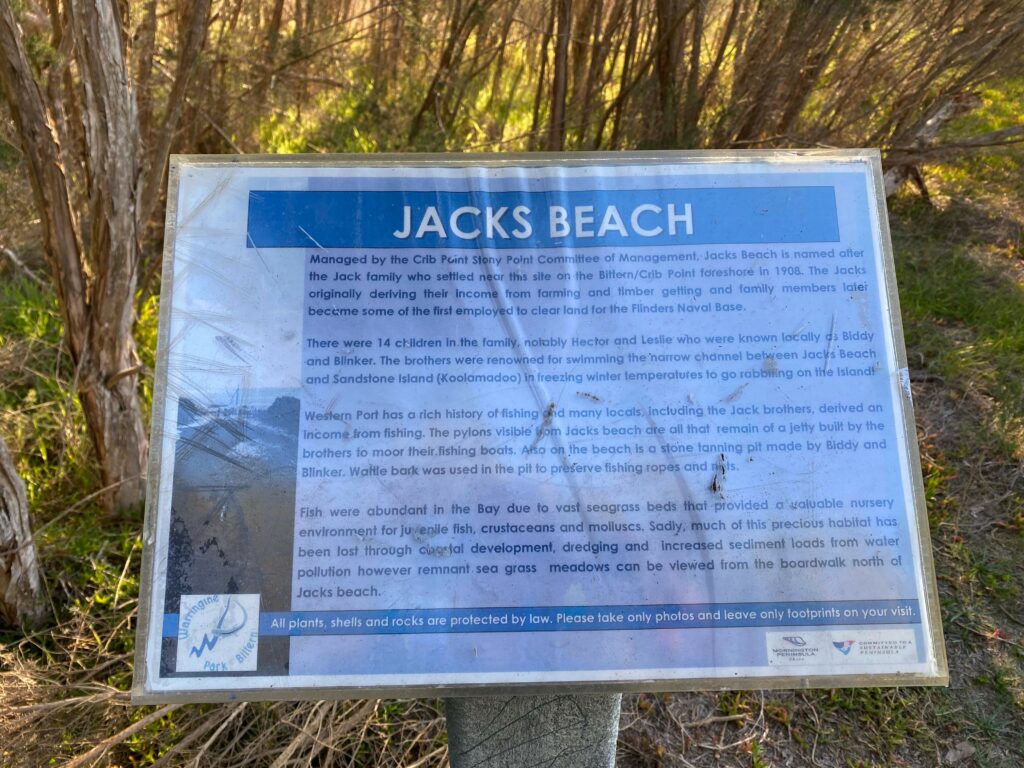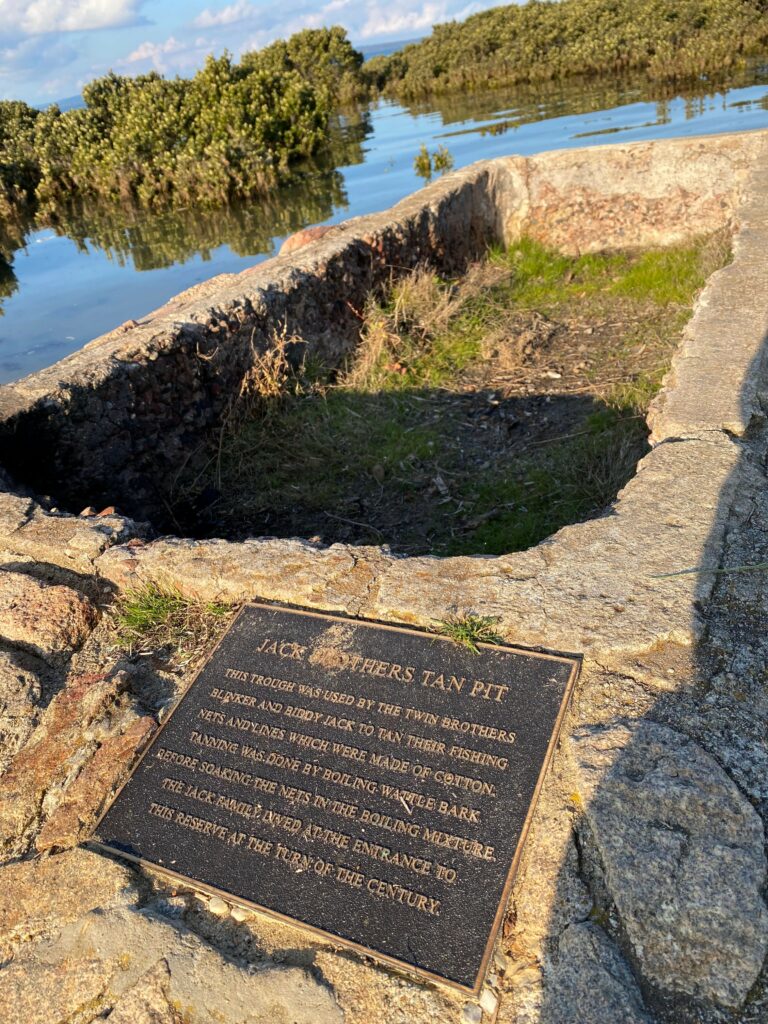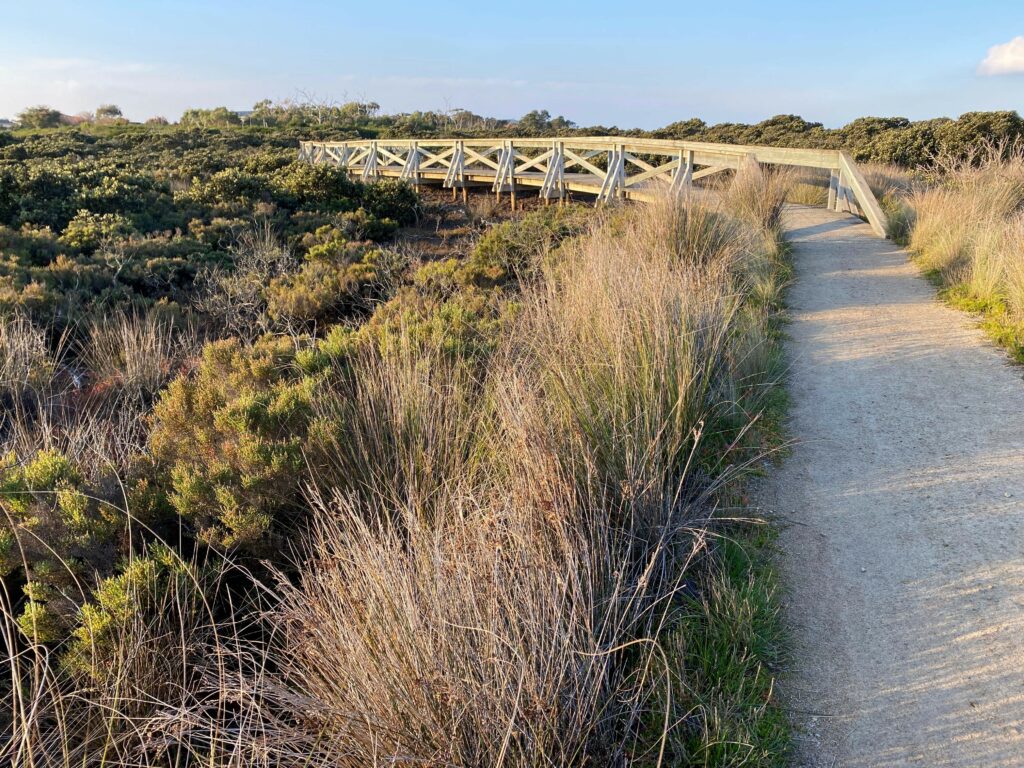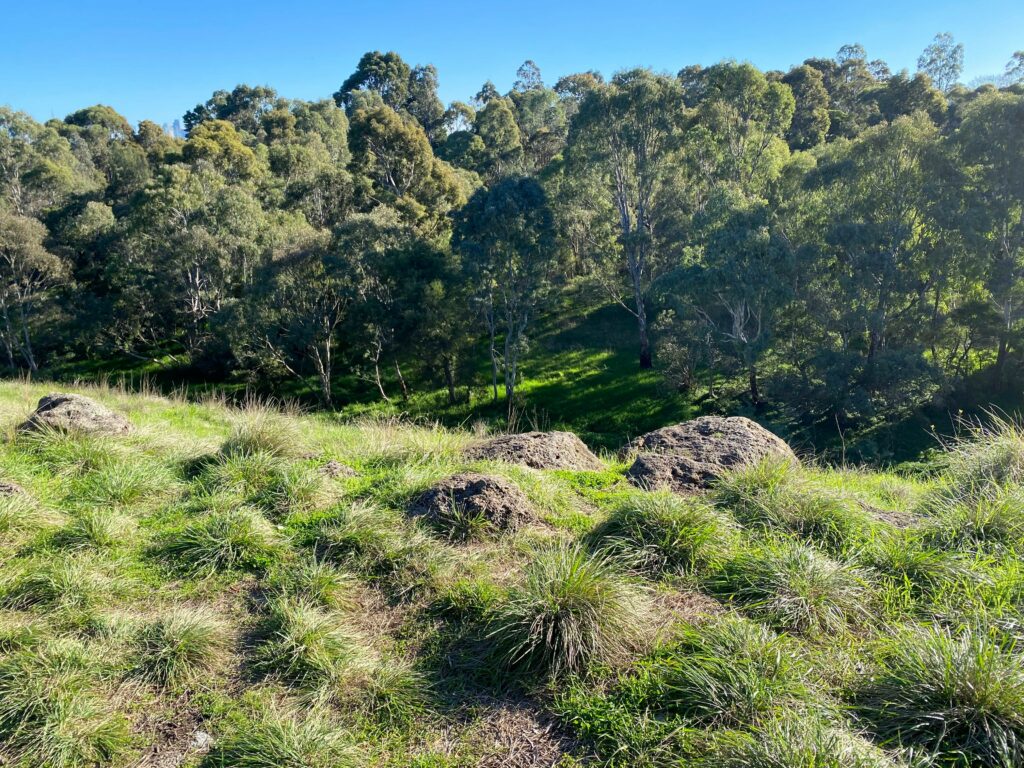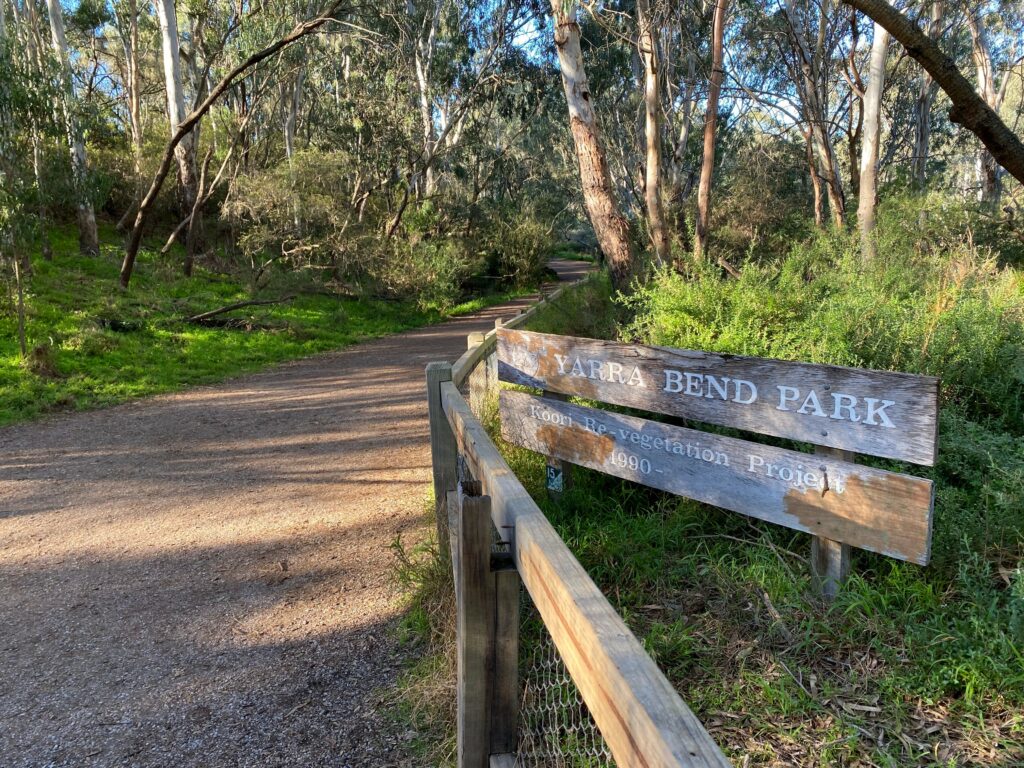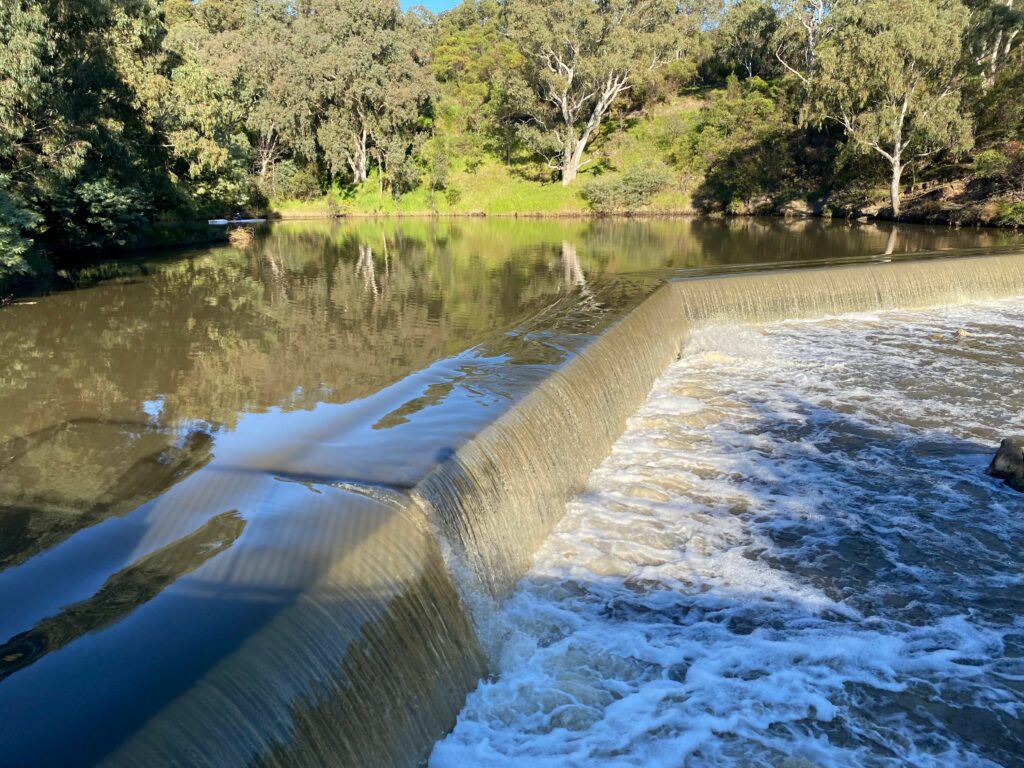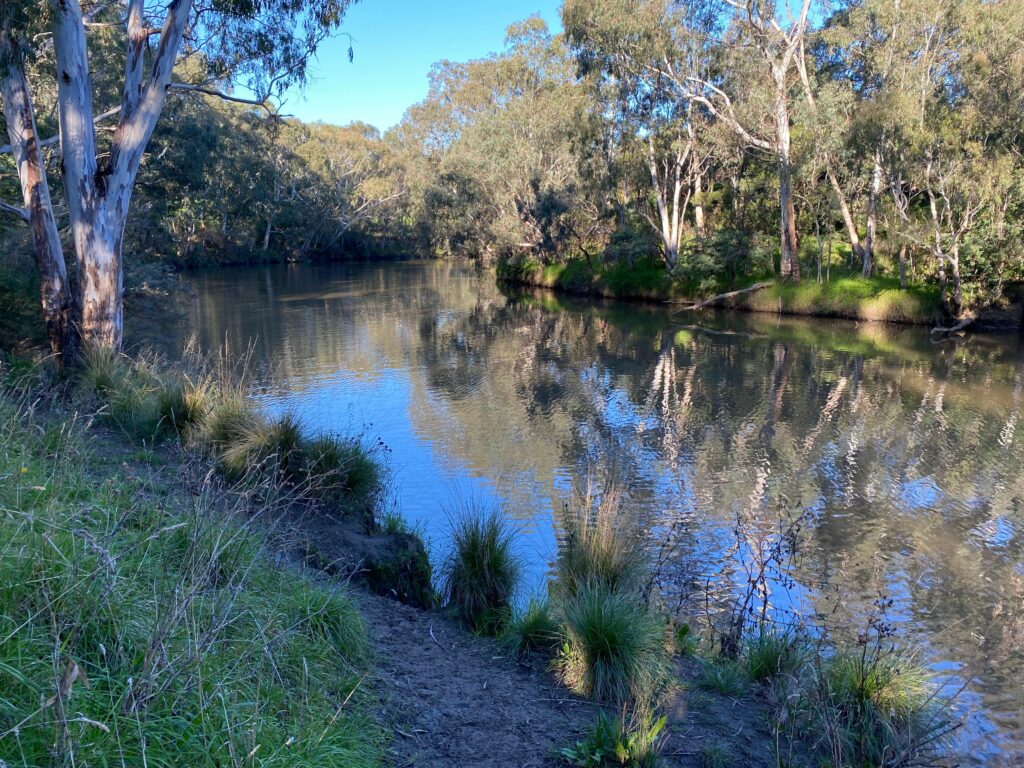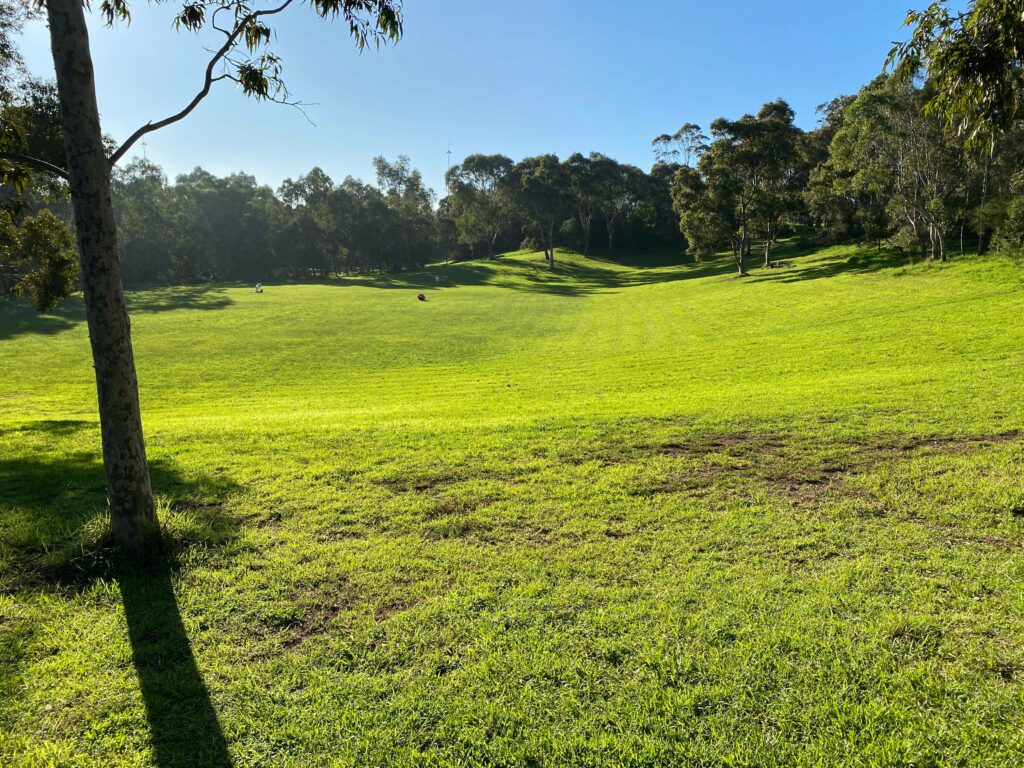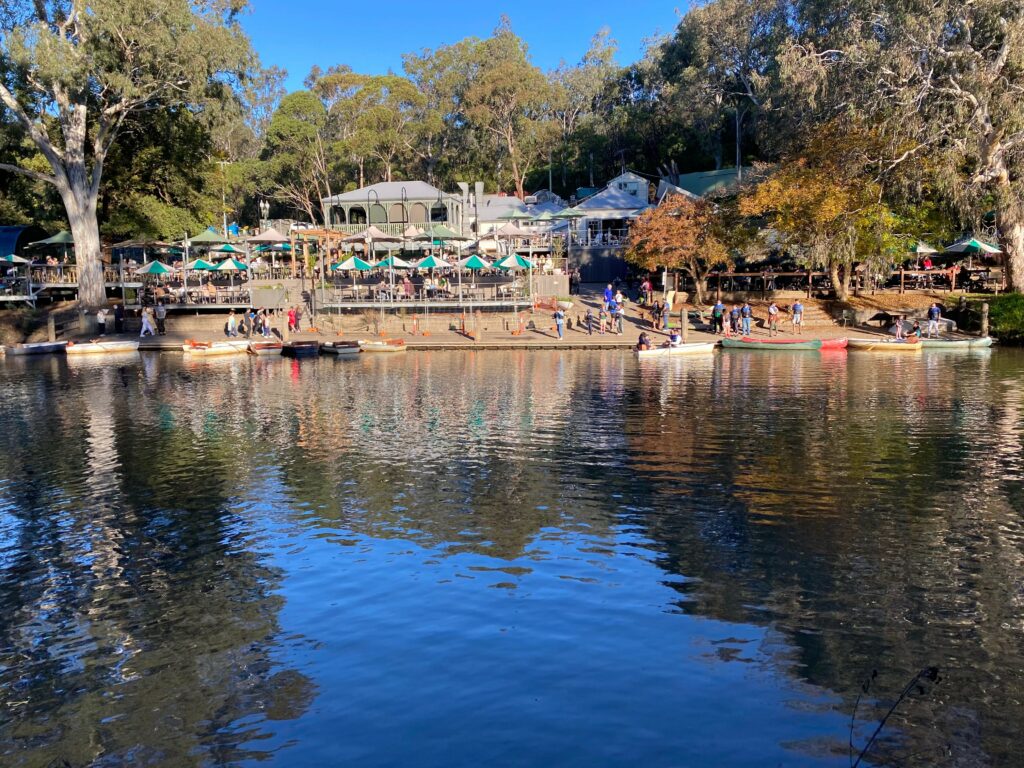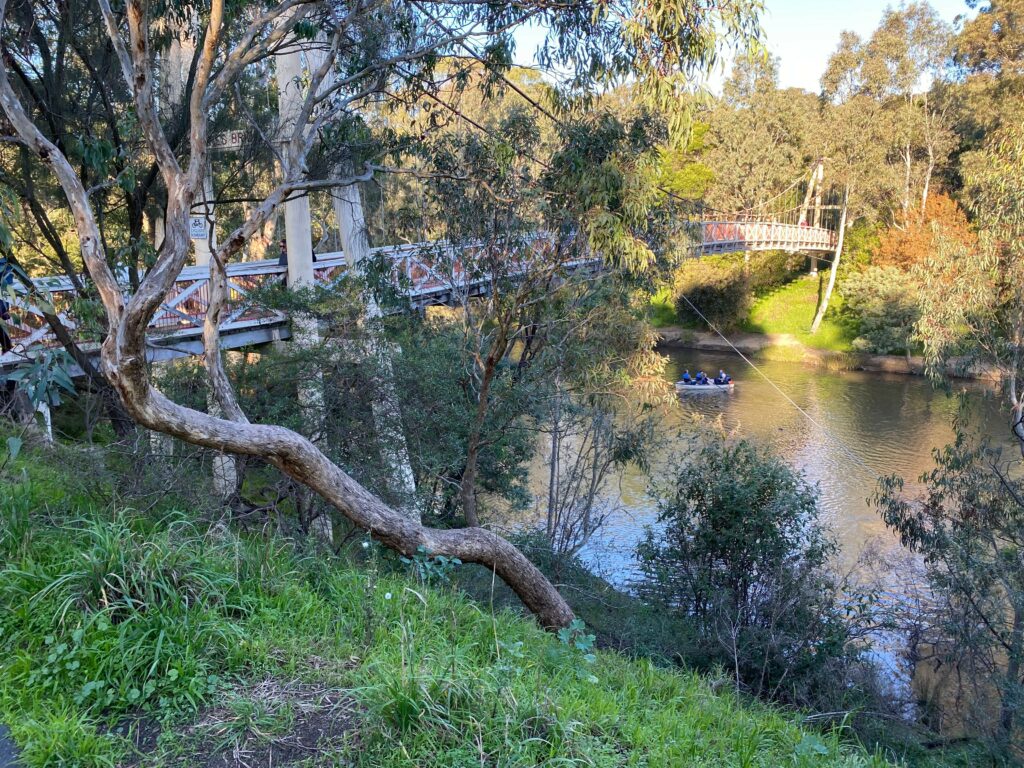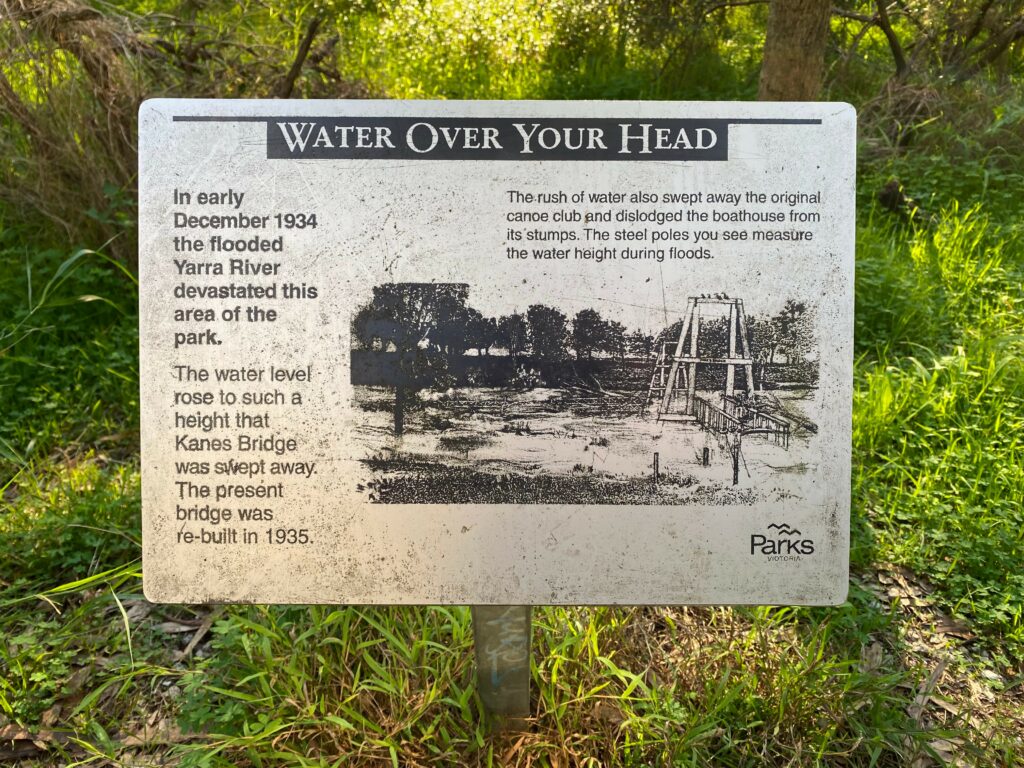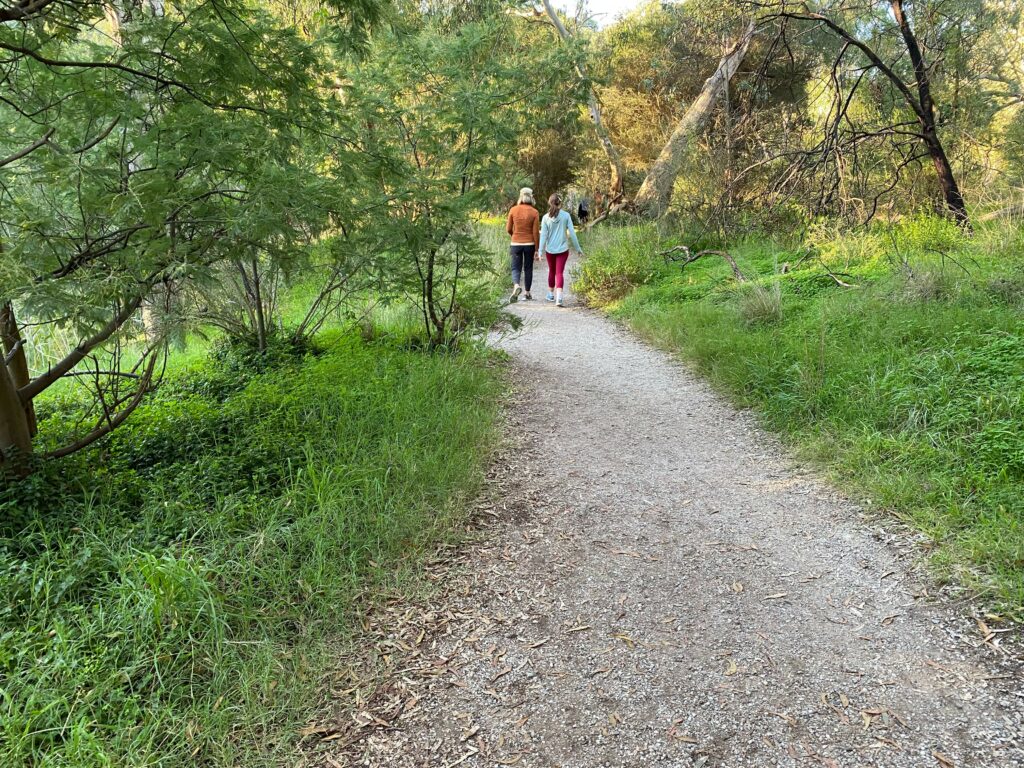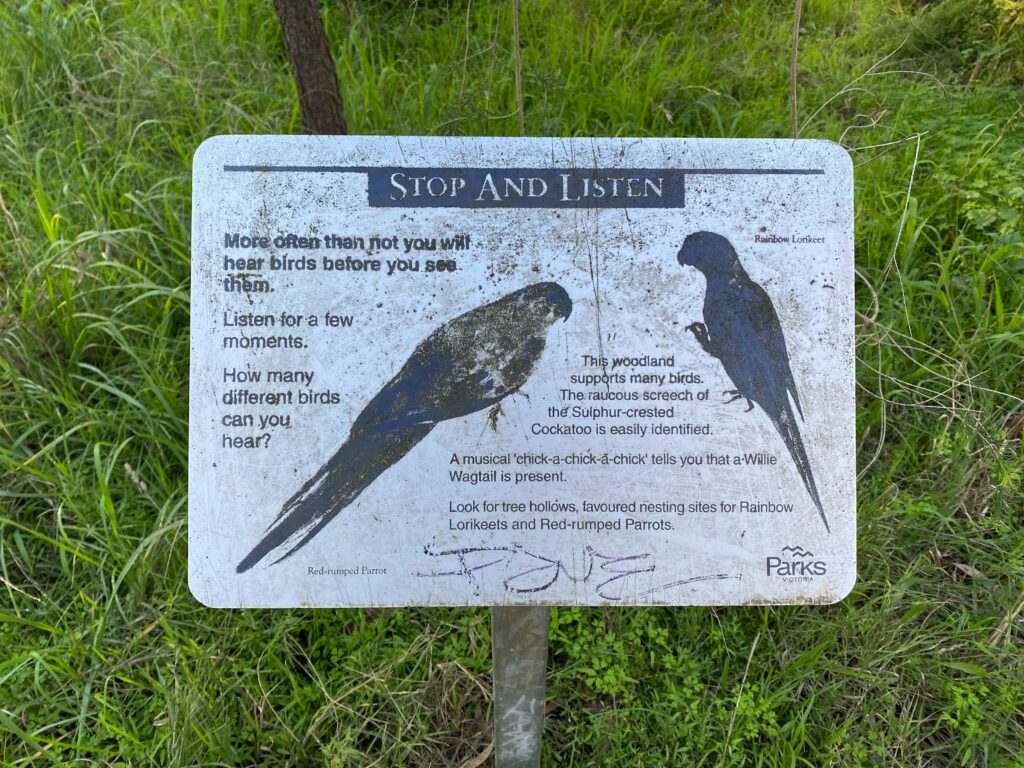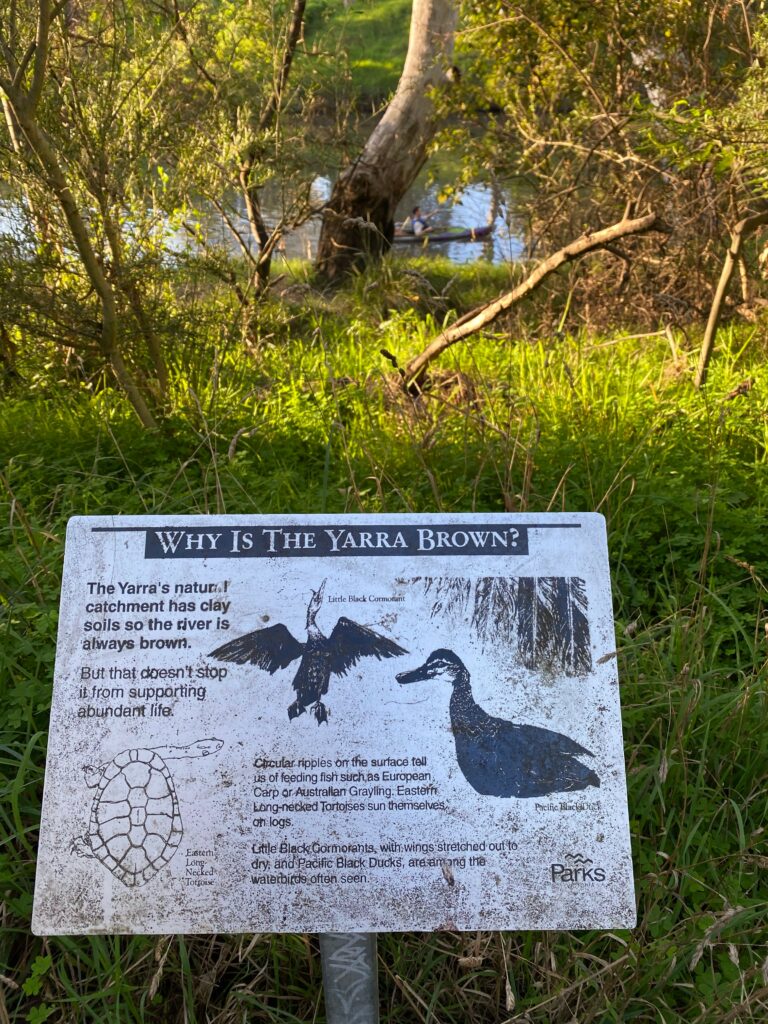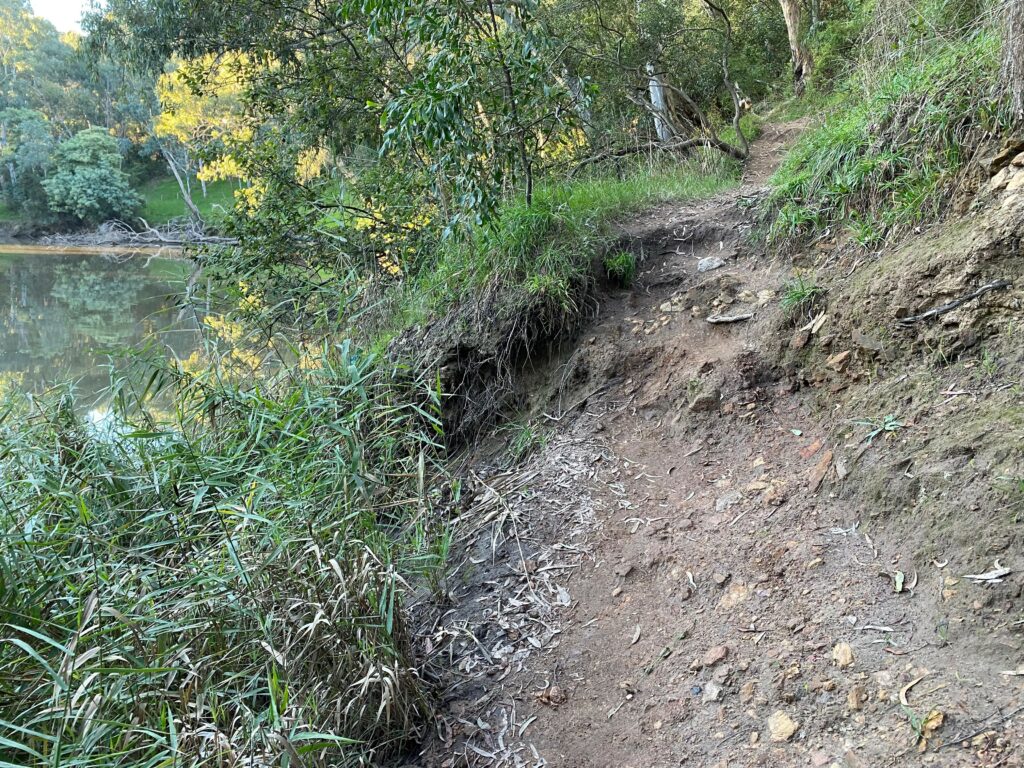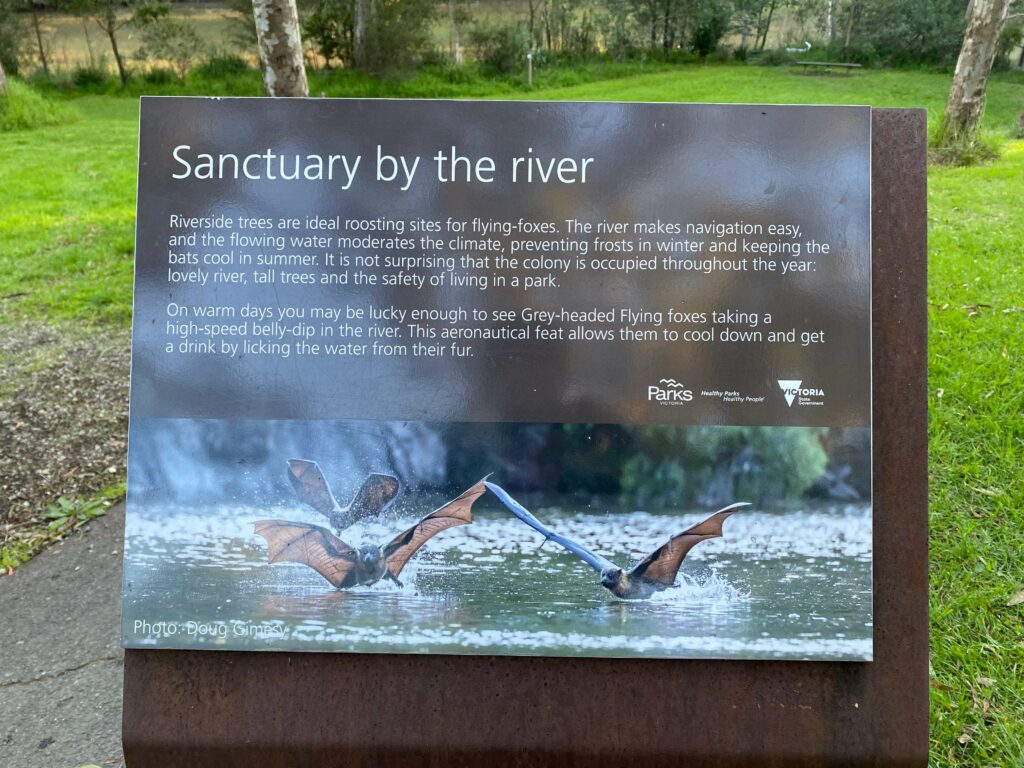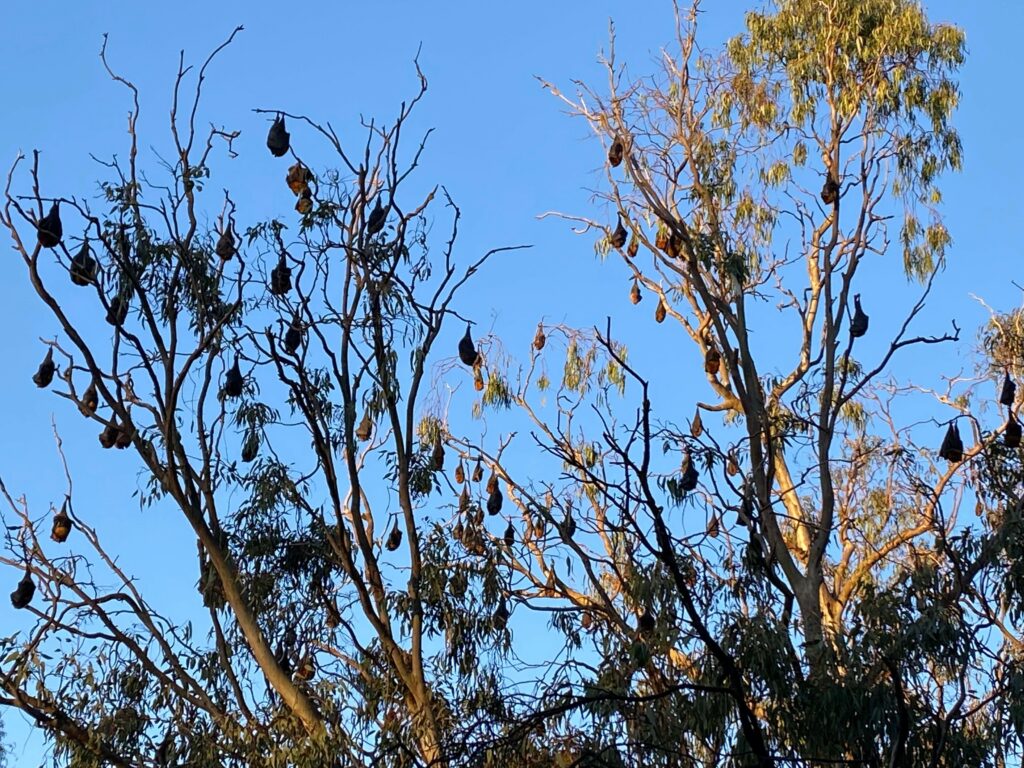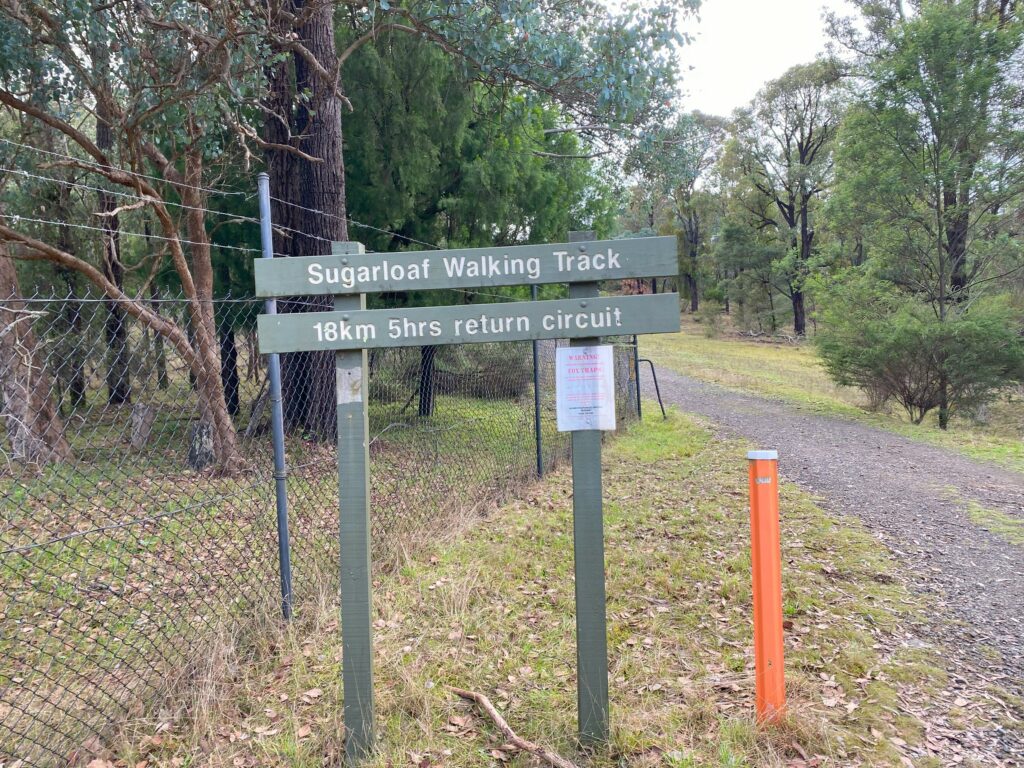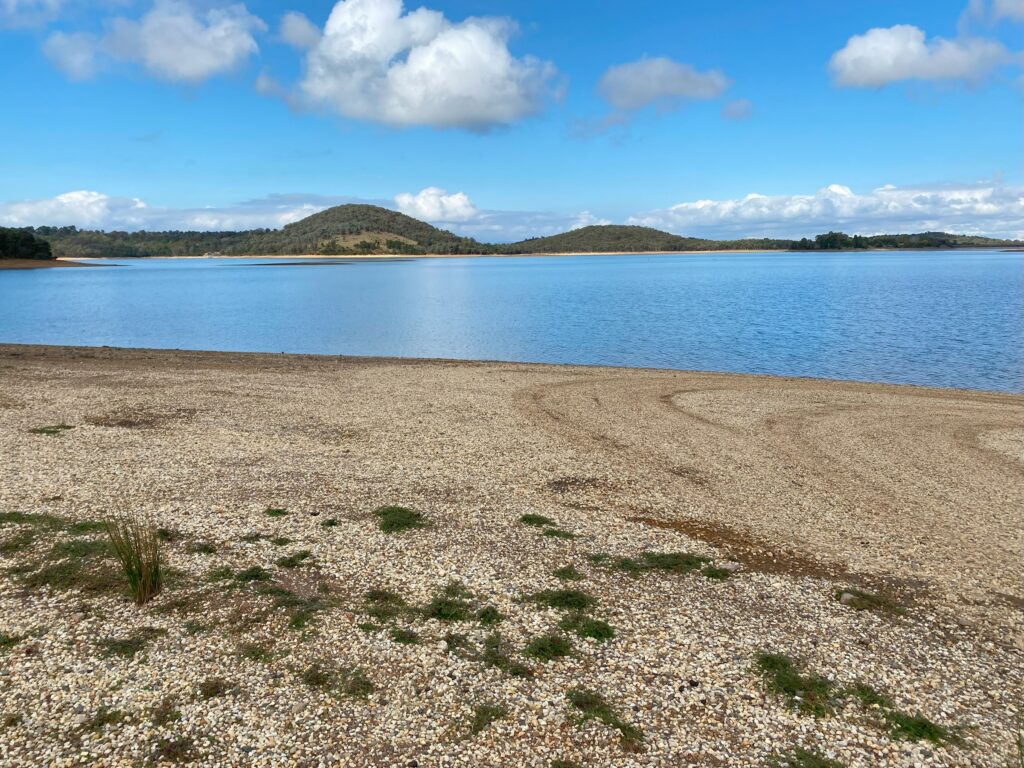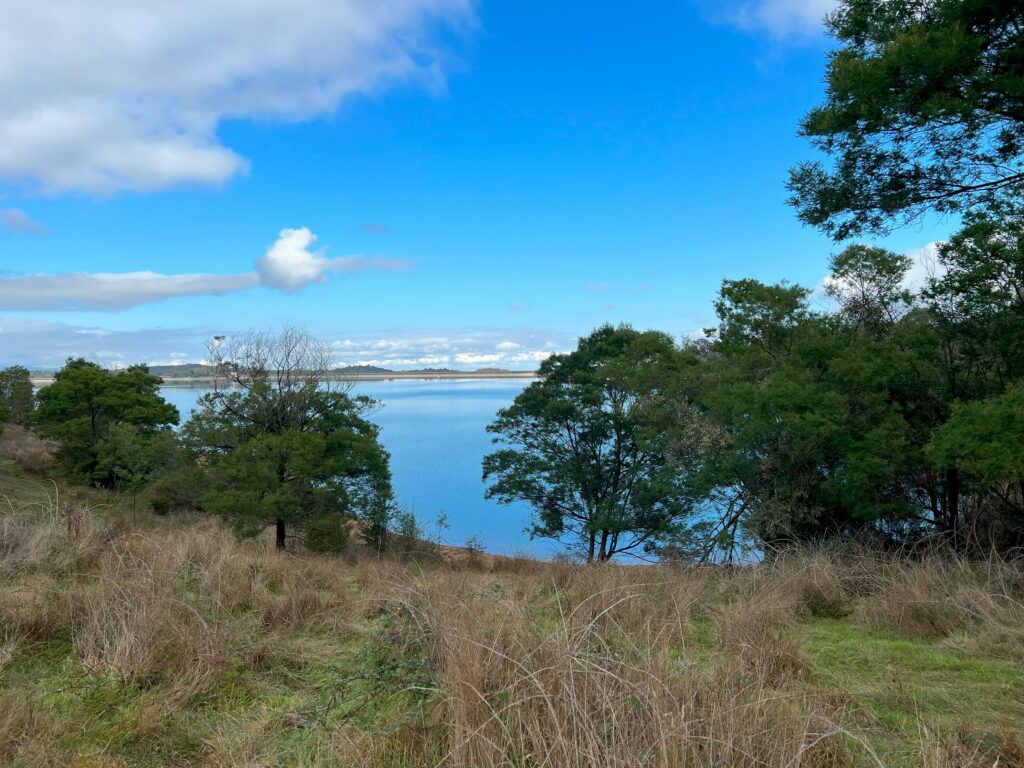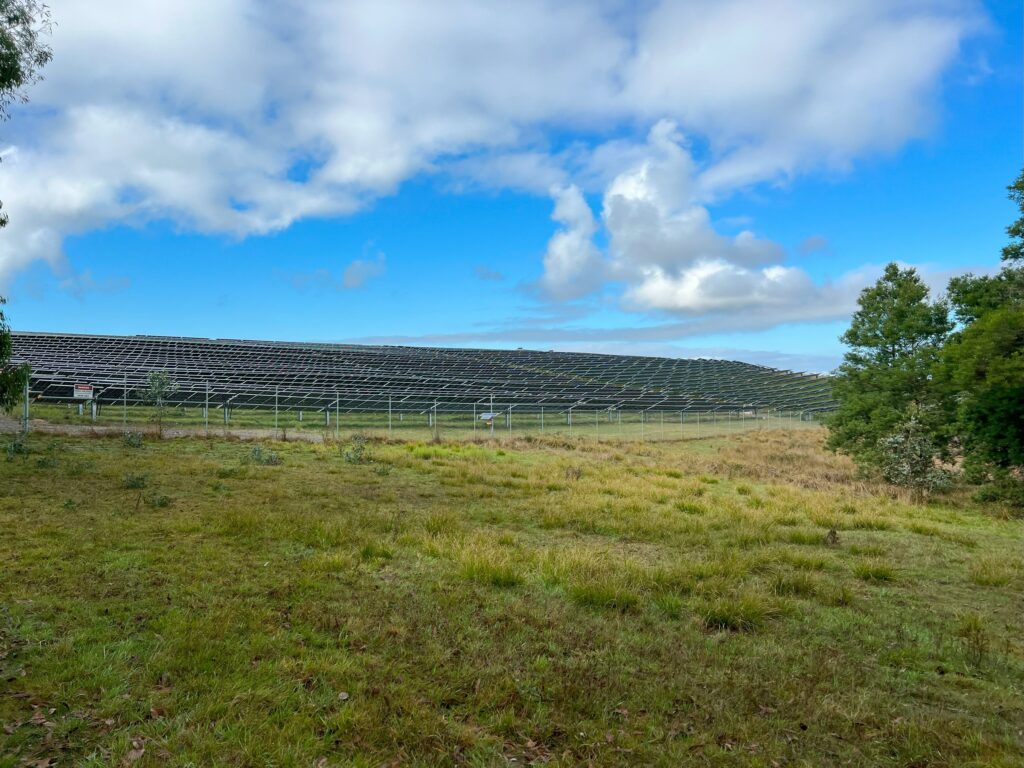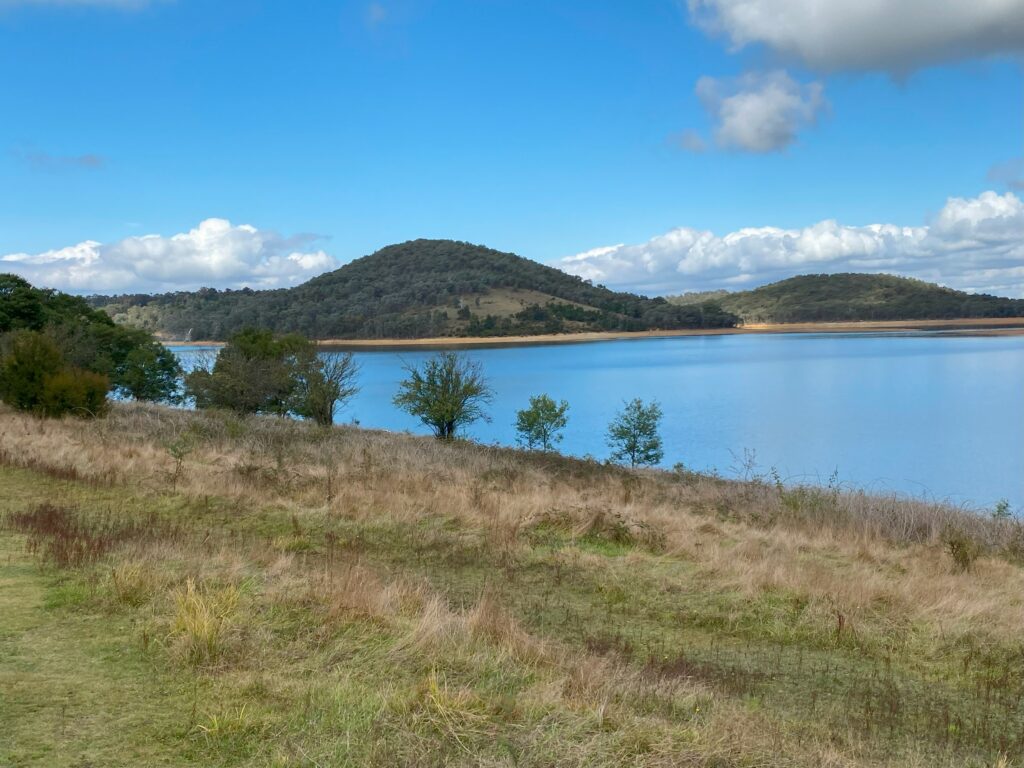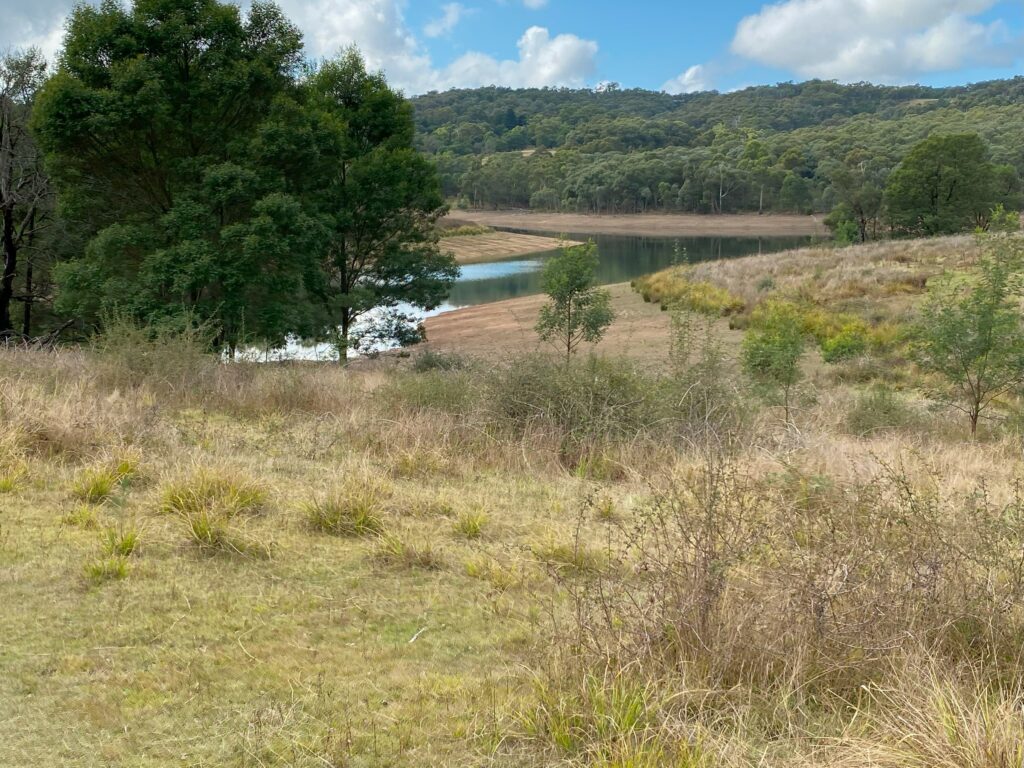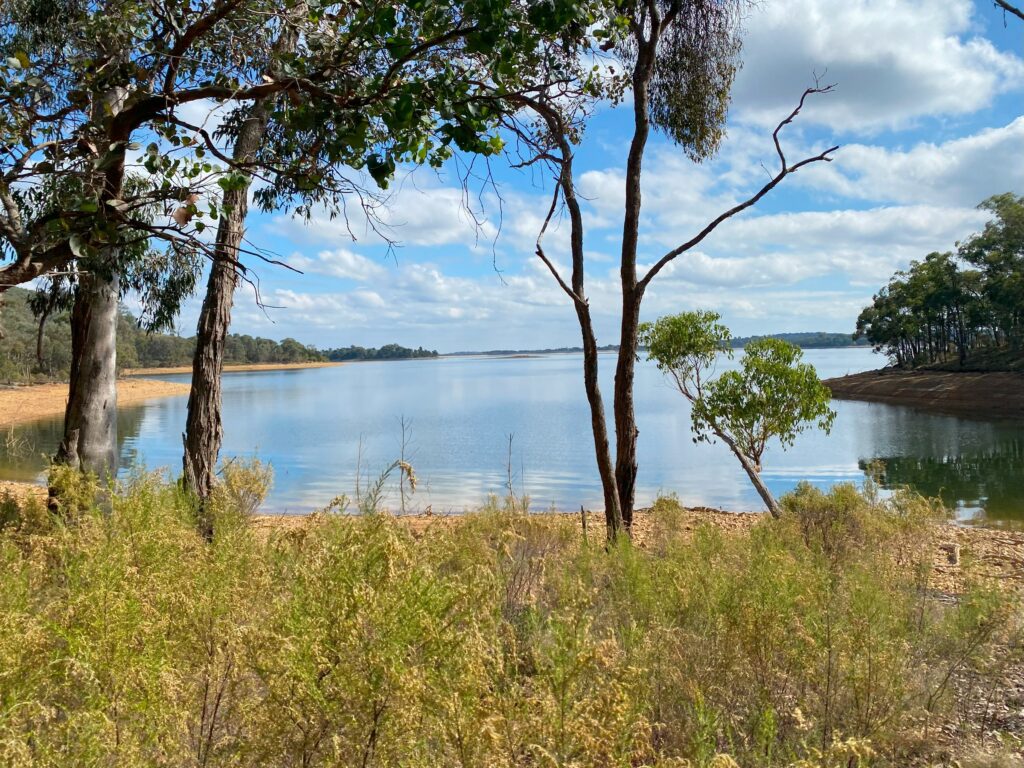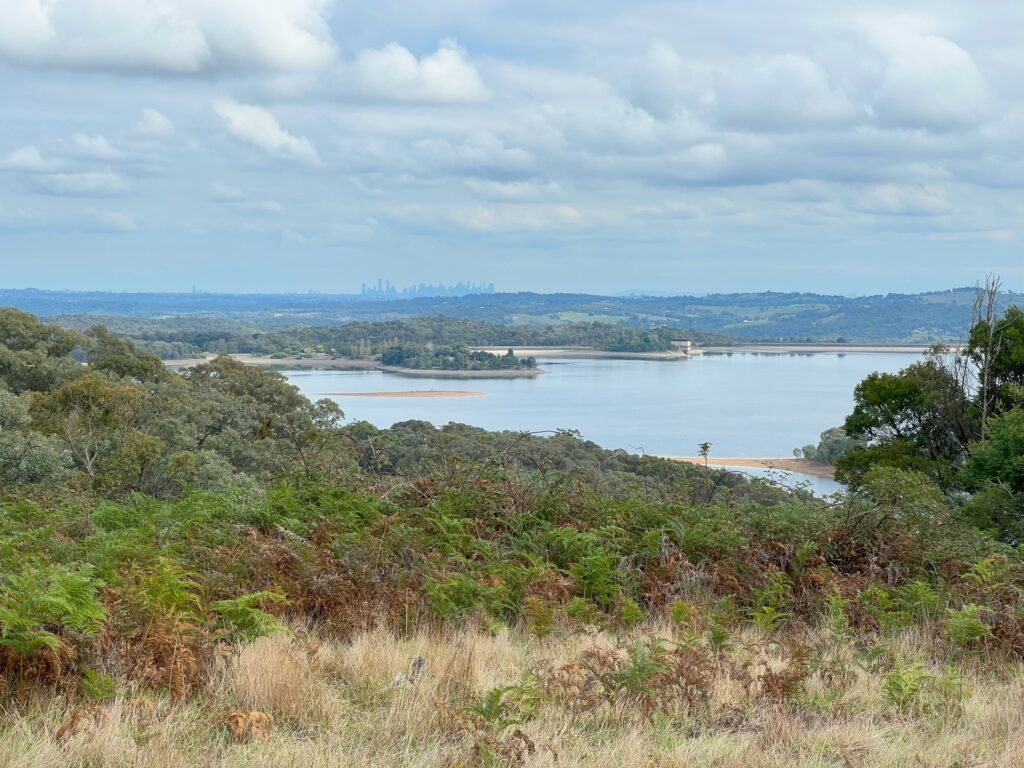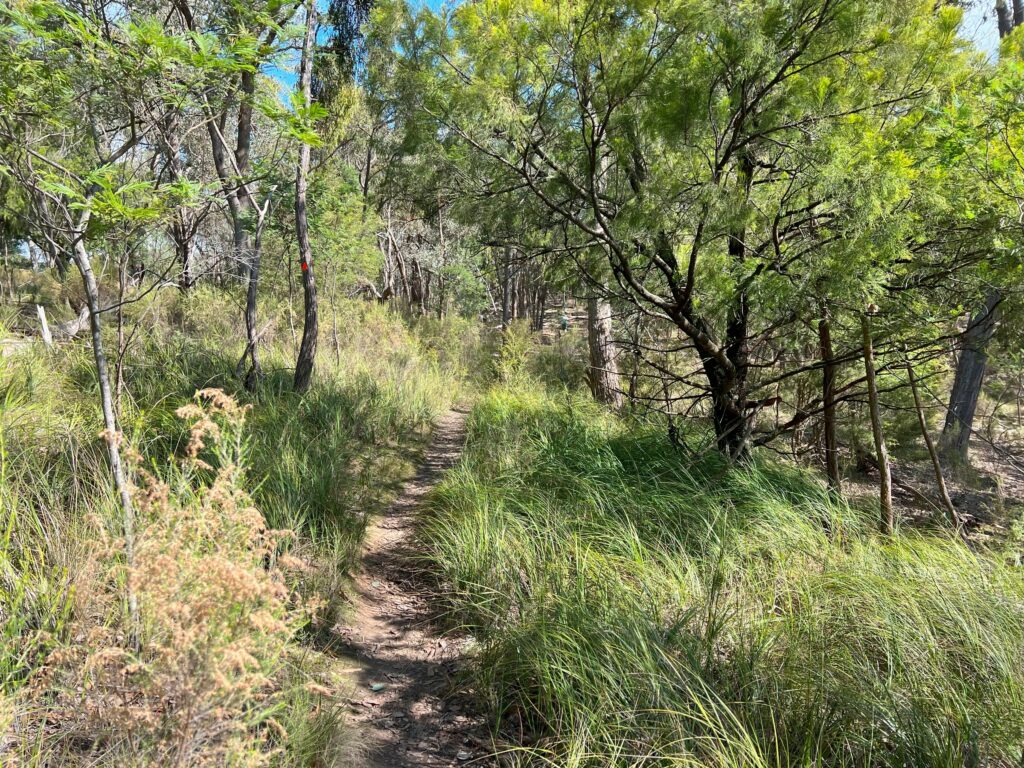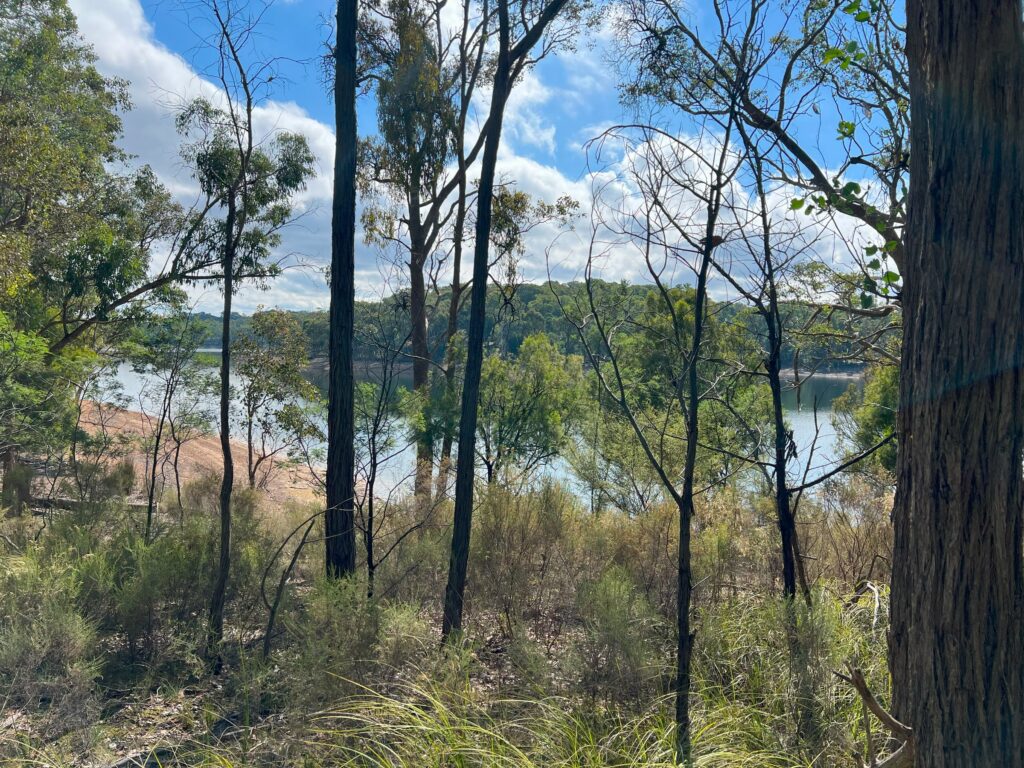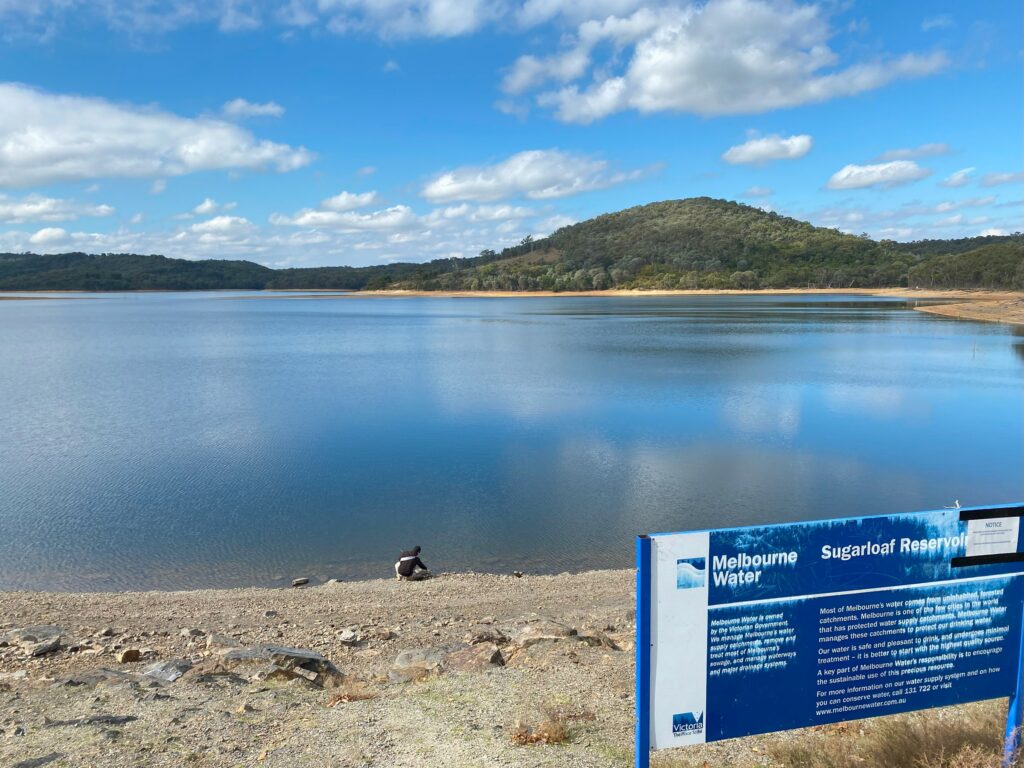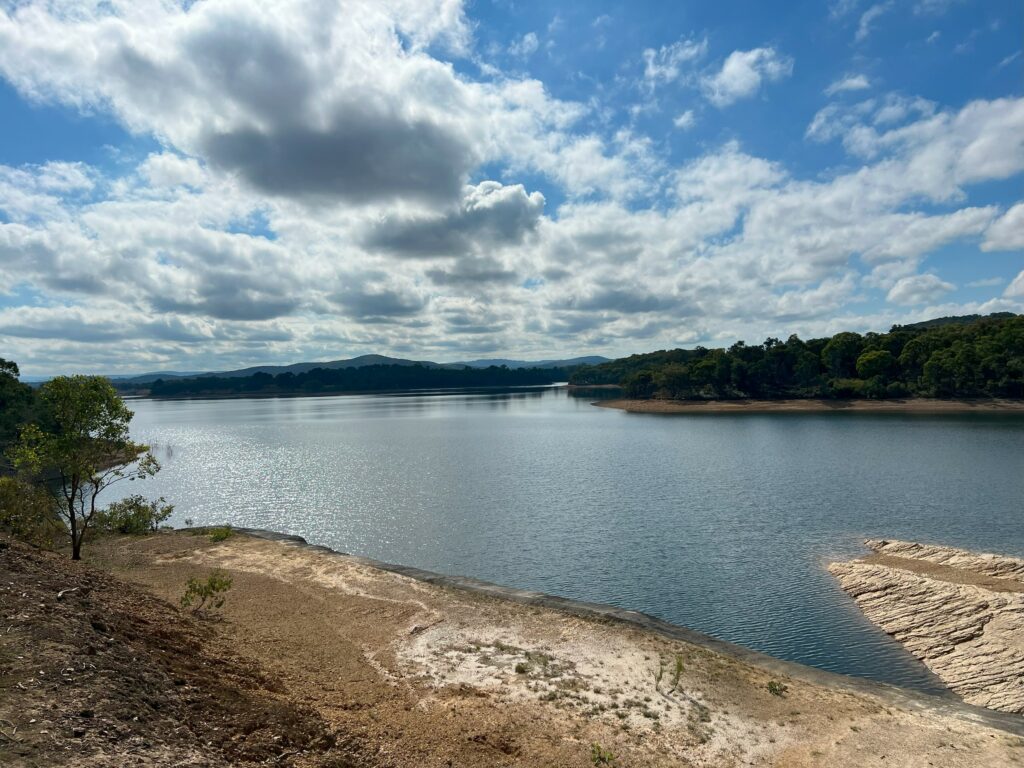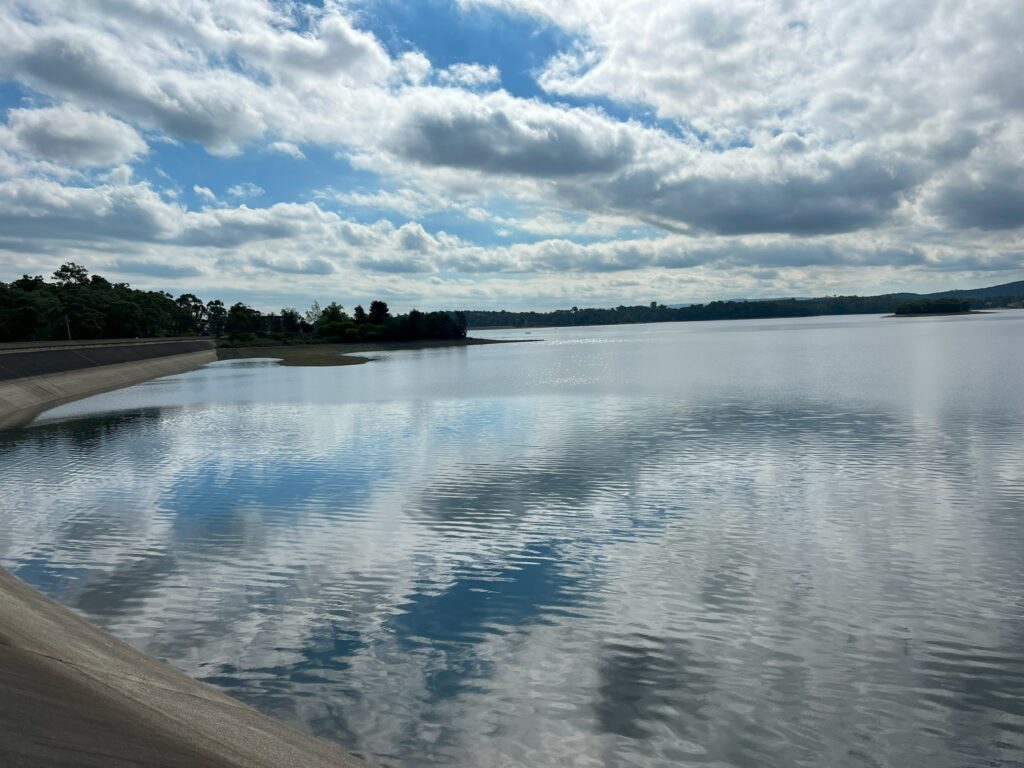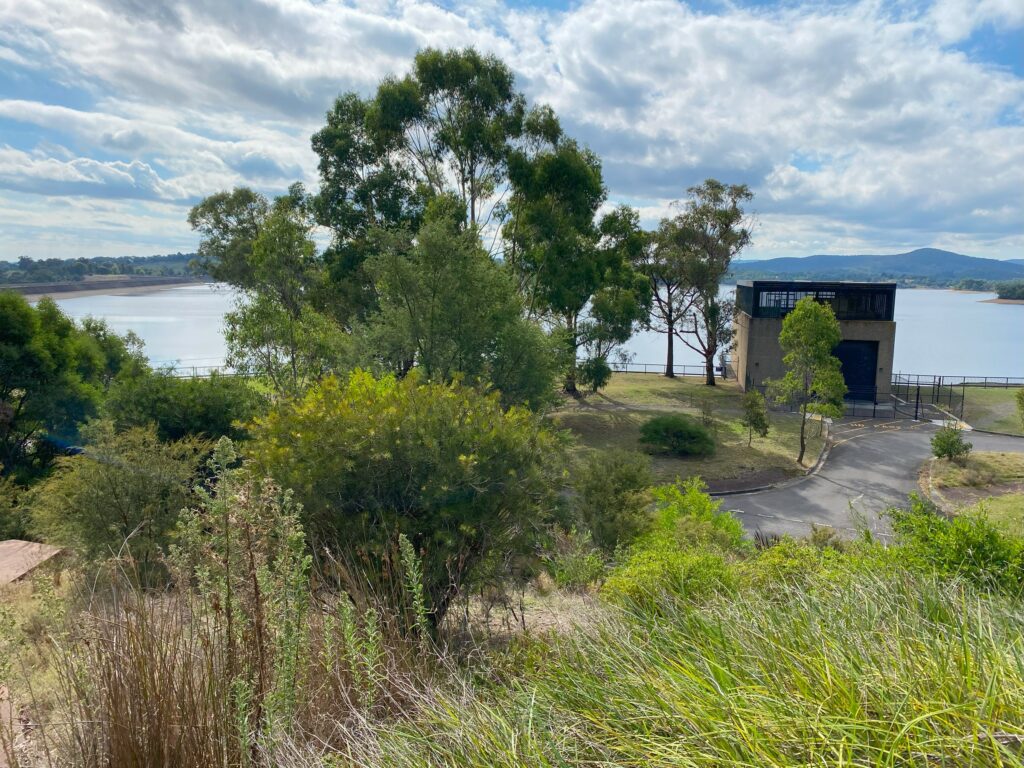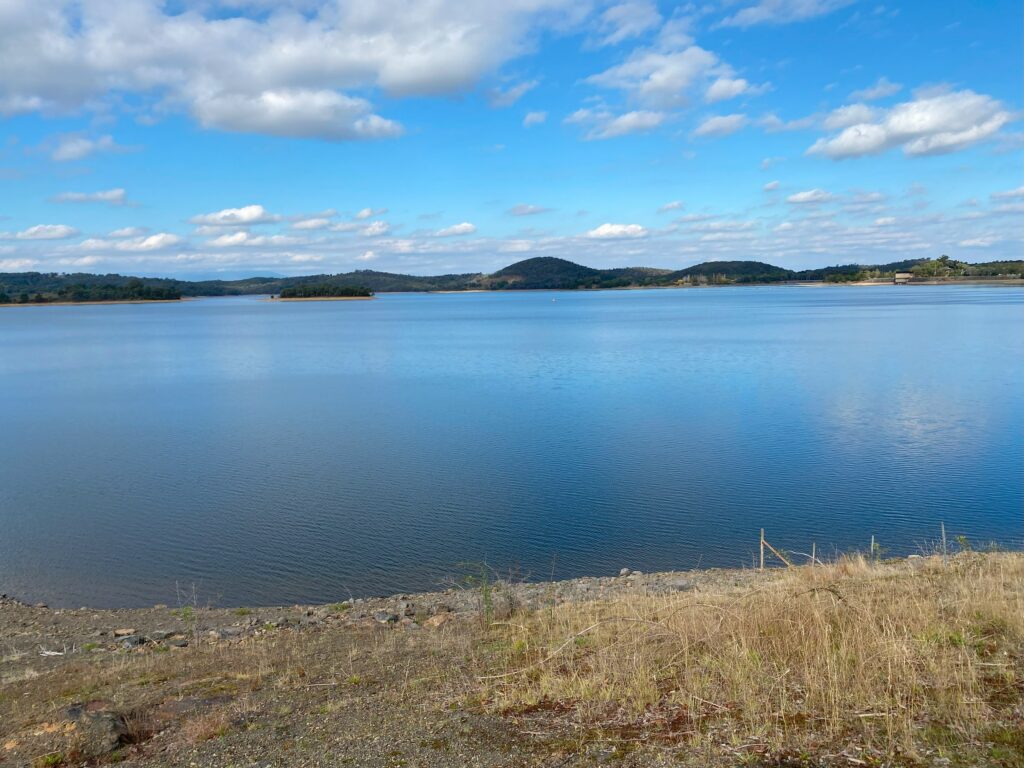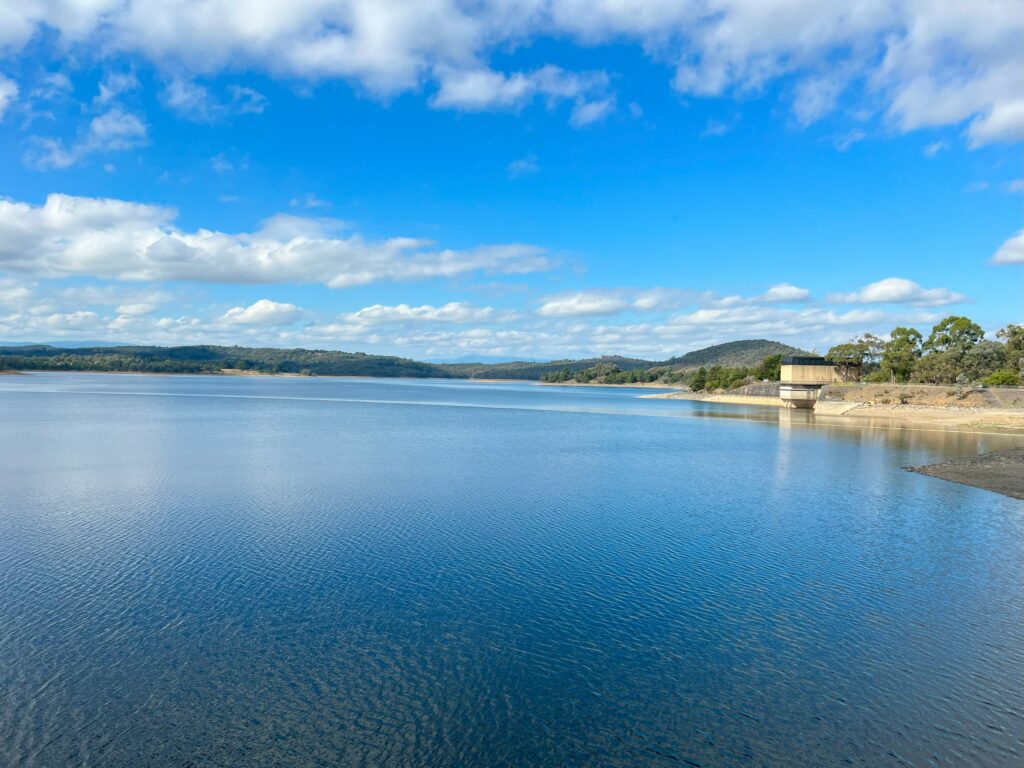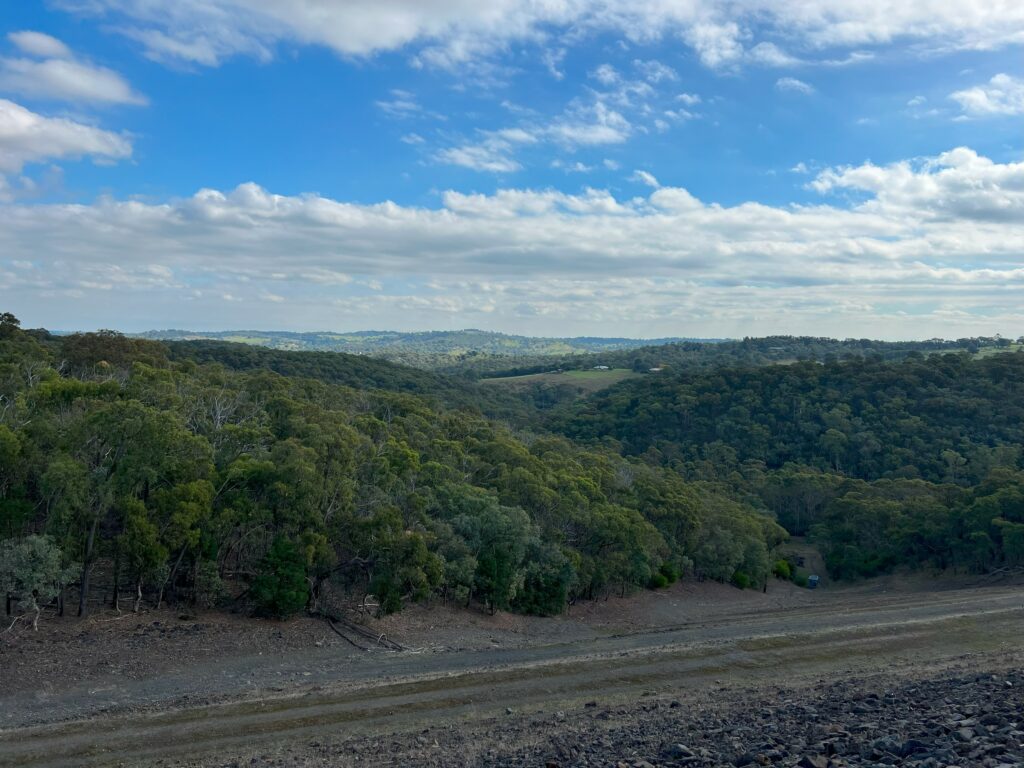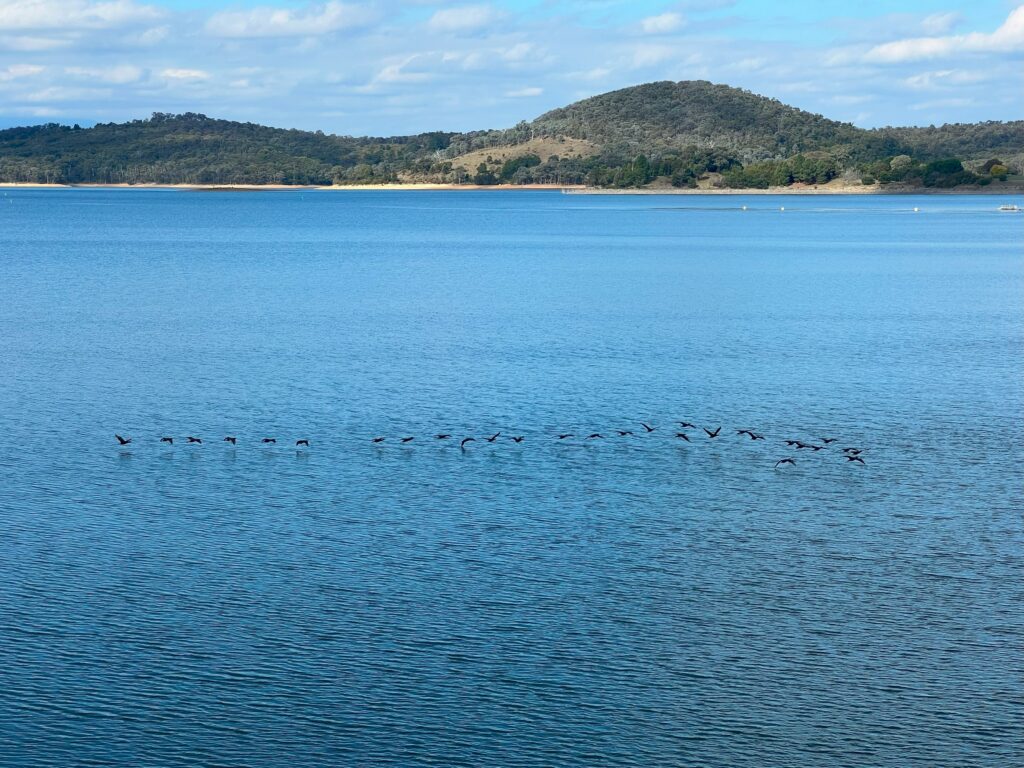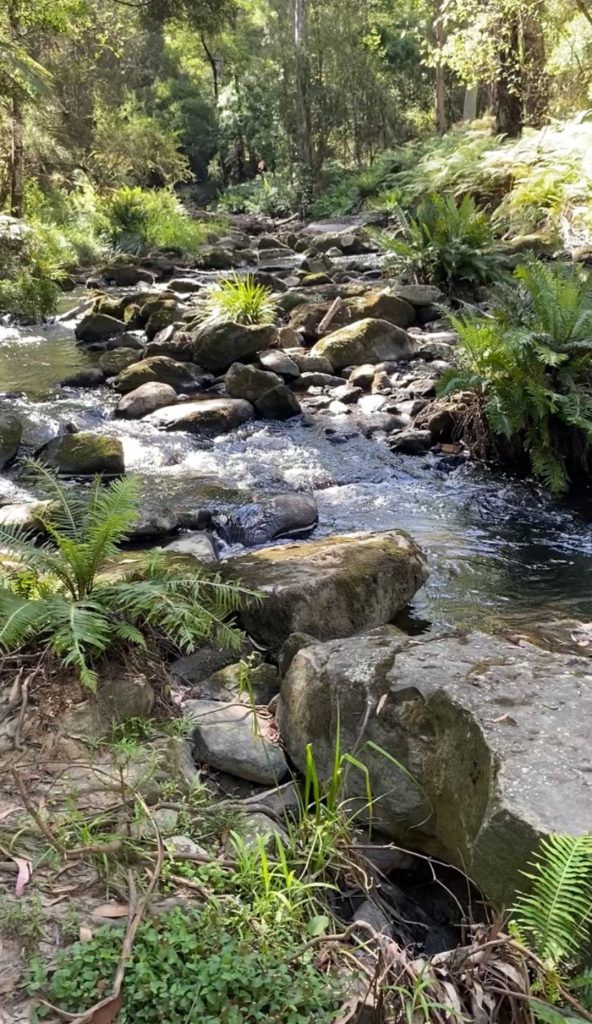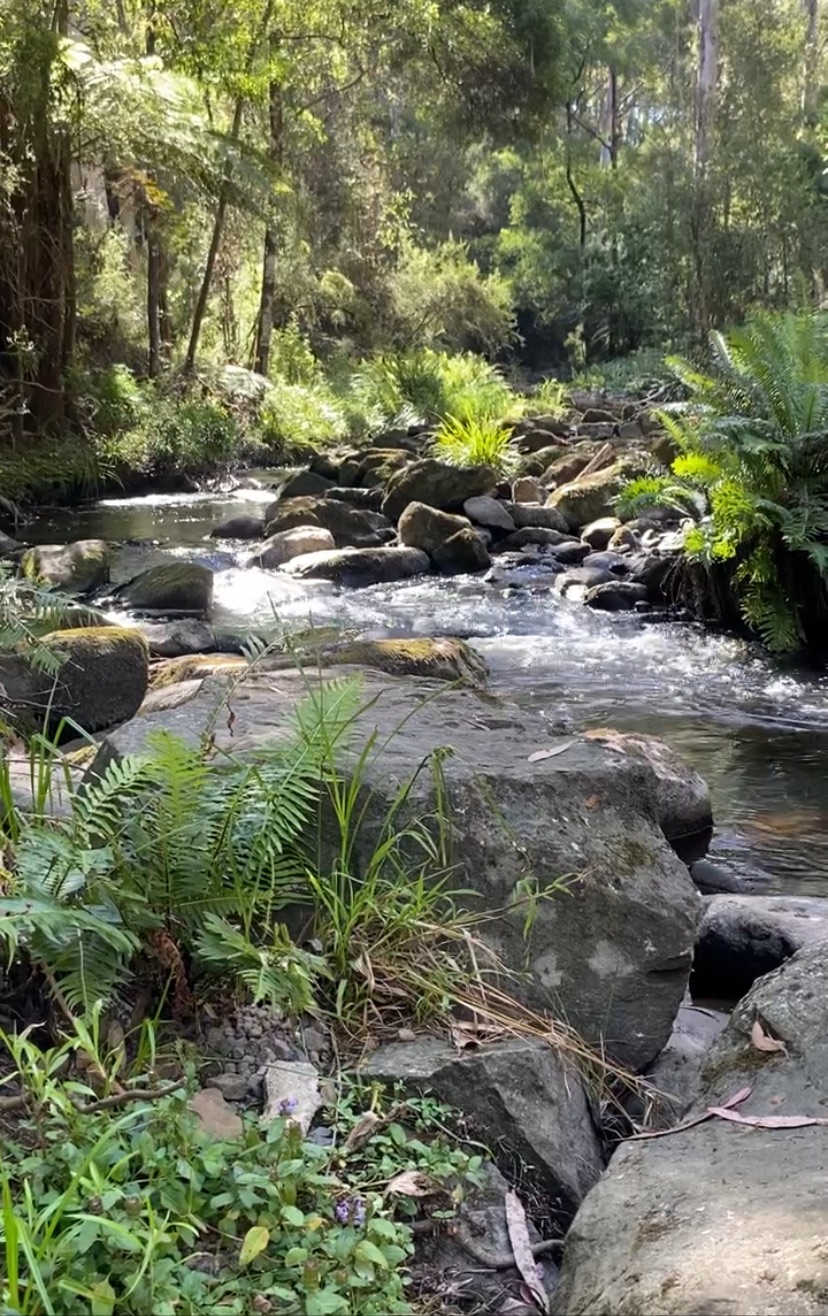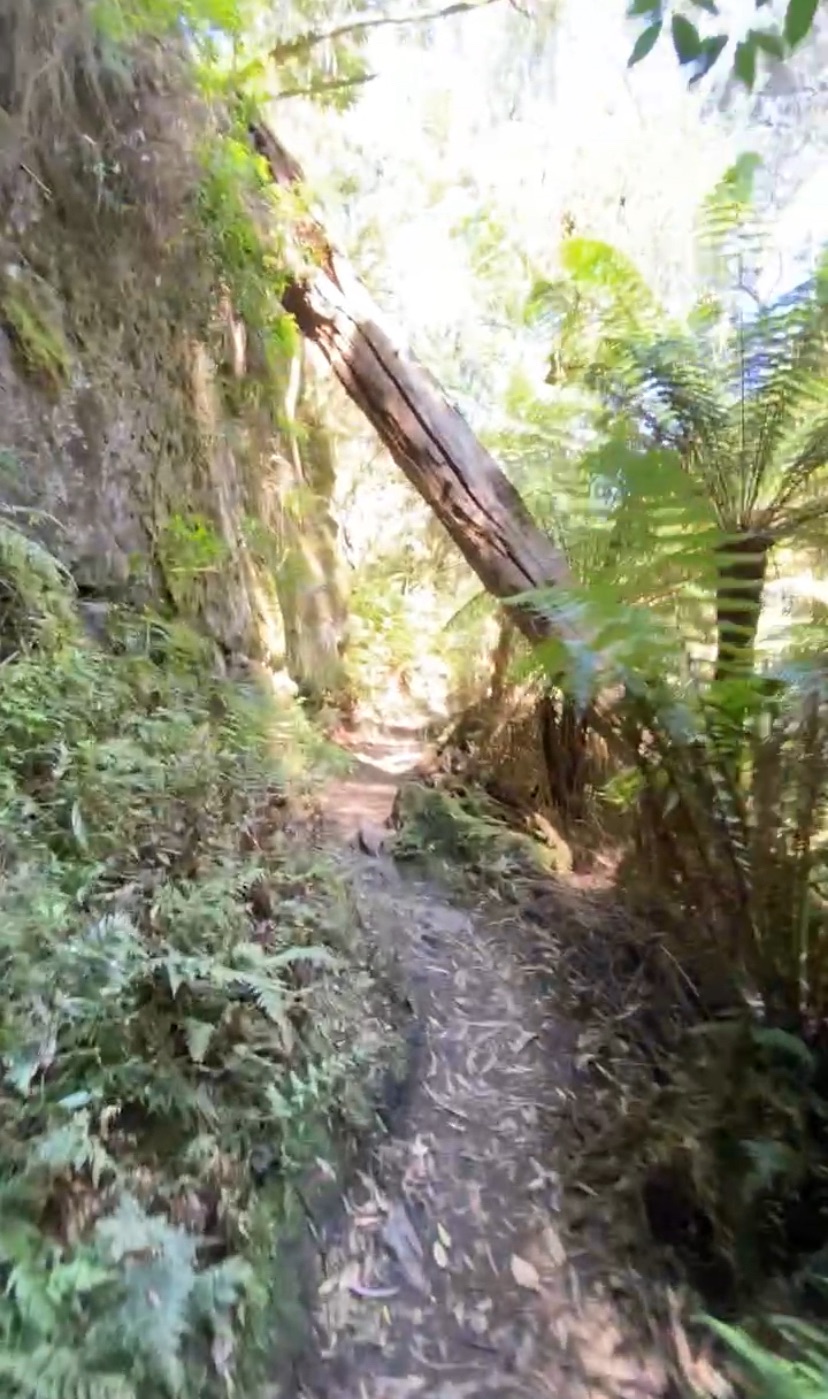Olinda is located in Victoria’s outer east and is much loved by hikers and nature lovers.
The town is located around 40km from the Melbourne CBD and is easiest to get to by car.
The peaceful small town is also well known for its unique cafes, art culture and relaxed hippie vibe.
One of the most picturesque hiking trails in the region is a return loop which begins at Woolrich Lookout and winds it was through the R.J. Hamer Arboretum.
This hiking track offers amazing views, tranquil forests and lots of wildlife.
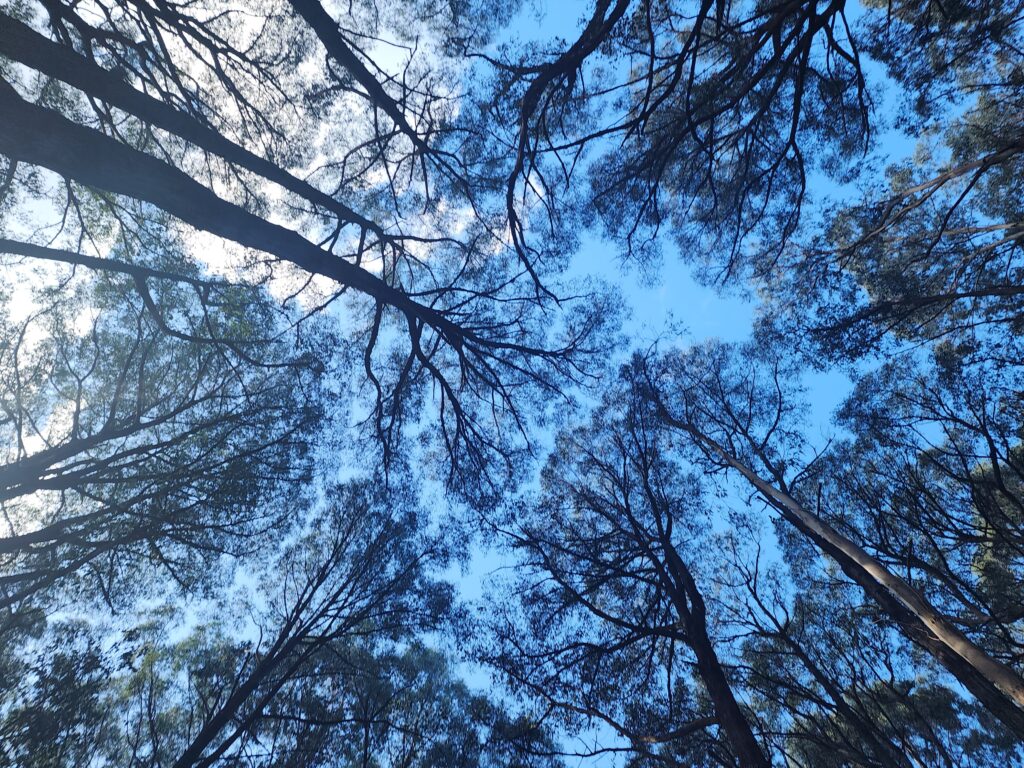
Starting at Woolrich Lookout
With plenty of parking, Woolrich Lookout is a perfect starting point for a hike.
When you get out of your car, you will instantly see a spectacular tree line and the beautiful Yarra Valley below.
The lookout is located on the edge of the Arboretum and offers a great opportunity to pause and take in the beauty of the Victorian landscape.
From the lookout, the track leading to R.J. Hamer Arboretum is easily accessible and follows a descent into a lush dense forest.
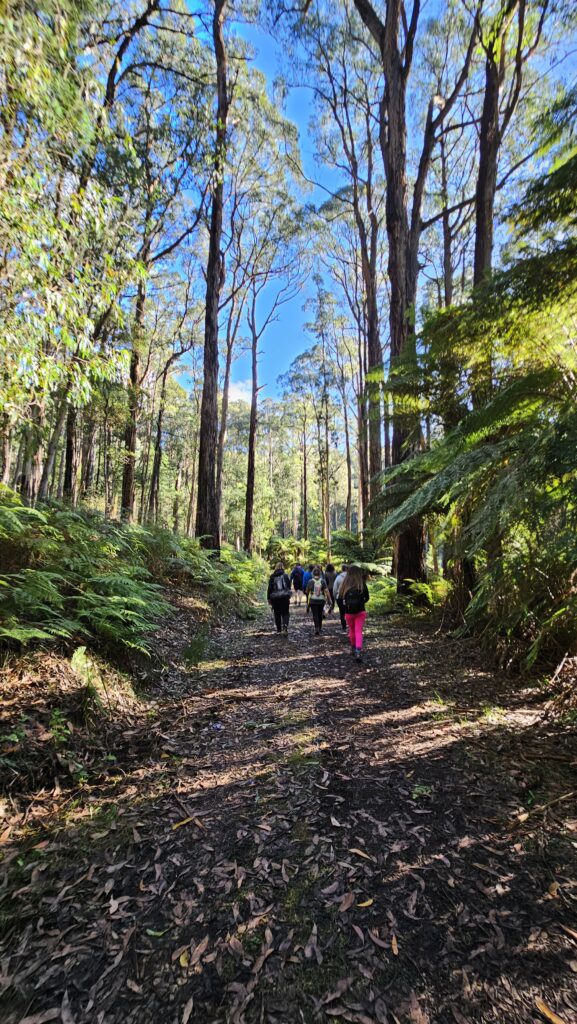
The journey through R.J. Hamer Arboretum
Established in the 1970s originally as a pine plantation, The R.J. Hamer Arboretum now covers more than 200 acres.
‘Arboretum’ means ‘a place for trees’ in Latin, and lots of trees you will find!
Along the track you will see over 150 tree species which offer spectacular colours depending on the season you are hiking.
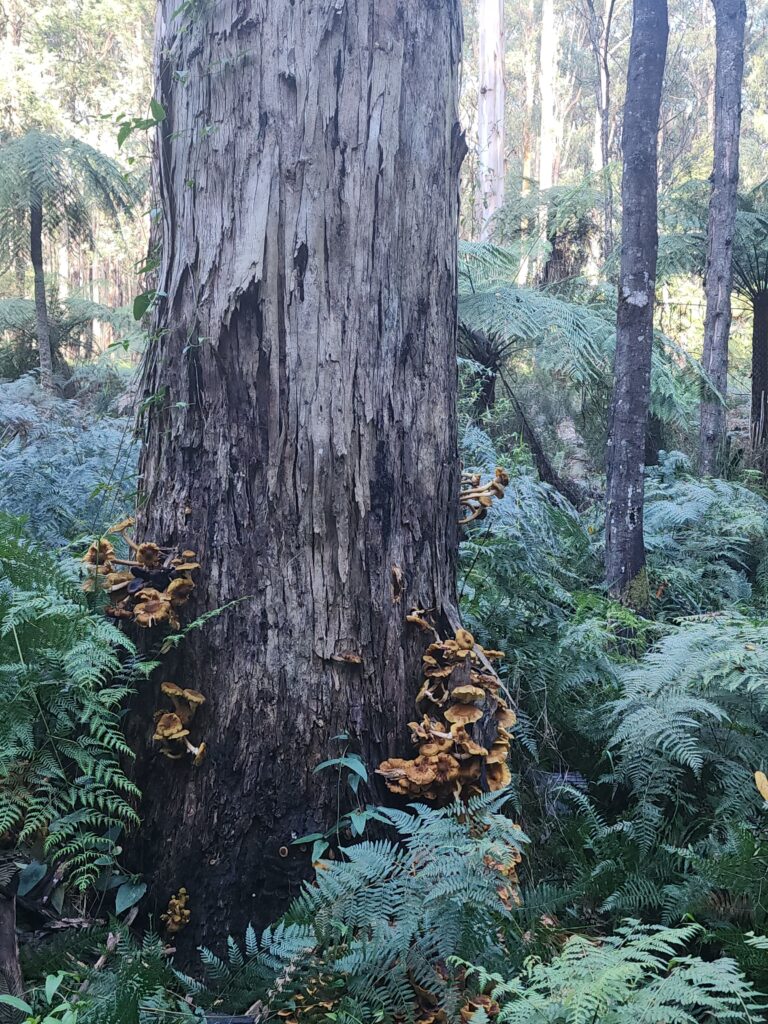
In autumn, the Arboretum is a golden hue with leaves crunching under every step. During spring, the forest bursts to life in vibrant greens. The peacefulness makes it an ideal retreat for a leisurely hike and the trees provide a lot of shade which allows hiking possible even in warmer months.
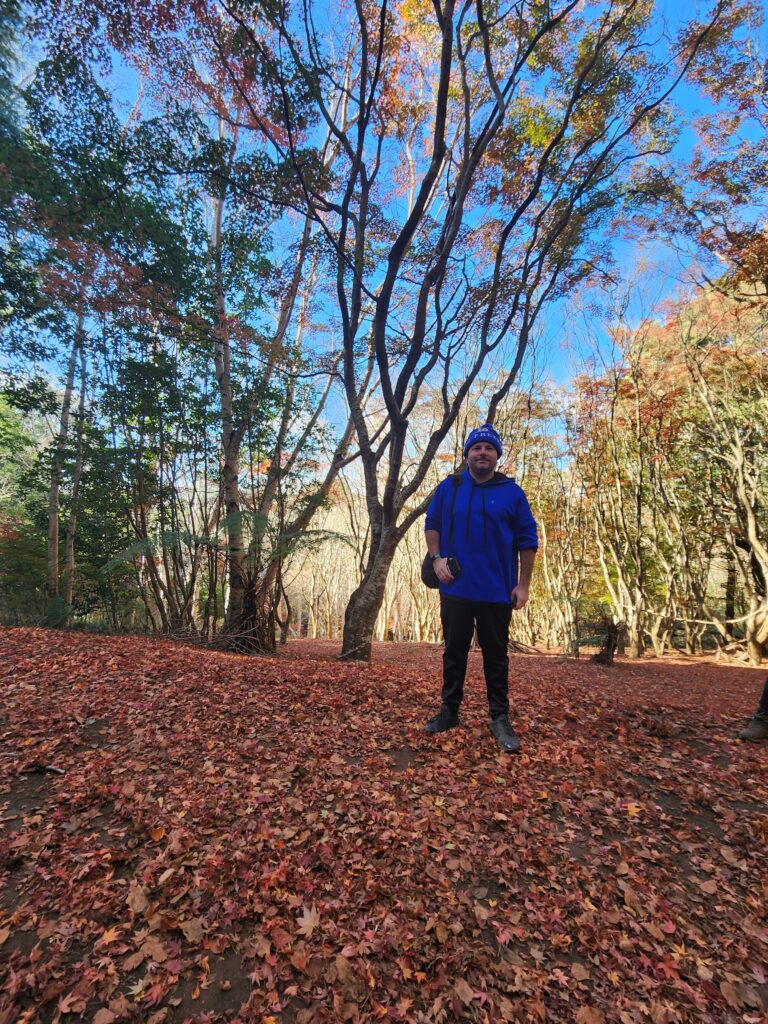
Animal highlights along the trail
A lot of Australian birdlife can be seen along the trail including native parrots, cockatoos, and kookaburras. It’s also possible to see lyrebirds and echidnas on rare occasions, and the open spaces are littered with often curious kangaroos.
Wrapping up the hike
This hike is considered a moderate difficulty level. With an elevation of just over 300 metres, the inclines are gradual making the route suitable for most fitness levels. The loop takes around 7km and about 2 – 2.5 hours, depending on your pace and how many times you stop to take in the beautiful scenery.
The trail offers a beautiful blend of nature and serenity making it perfect for solo hikers, families and small groups. Don’t forget your camera!
If you’re feeling fit, you can extend your hike by exploring some of the many connecting trails which can offer more challenging terrain but at the same time equally stunning views.
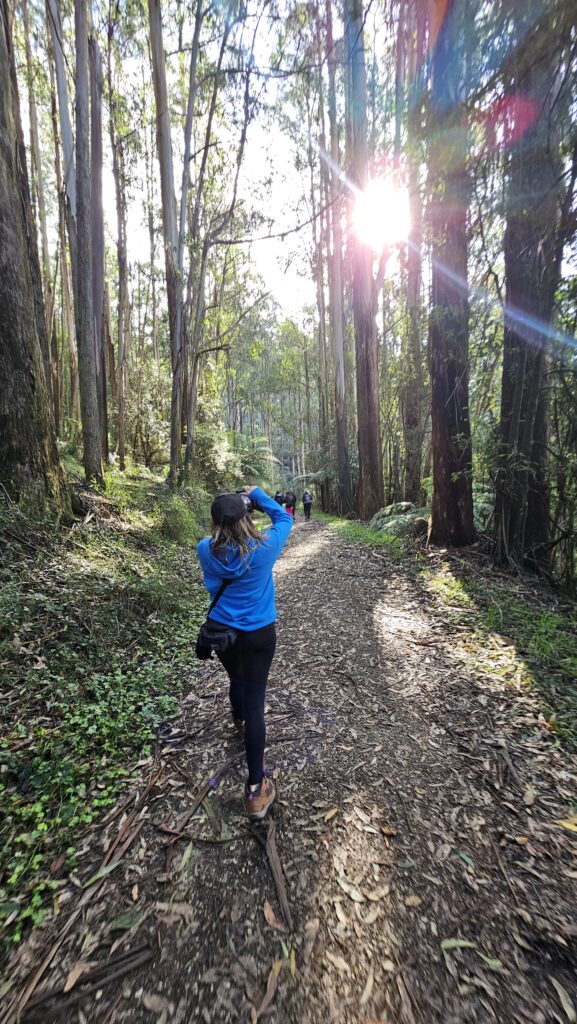
Some tracks are also suitable for mountain bike riding and are shared with hikers.
Dogs unfortunately are not allowed in the national park.
With picnics tables and BBQ areas, the Arboretum it’s also a perfect place to stop for a leisurely lunch to take in the surrounds and disconnect from the everyday bustle of life.


